|
Brief Originally we were suppose to be creating an animation for our last project but unfortunately unforeseen circumstances made that difficult. As a result we were given an alternative brief; without losing the essence of the plot, condense a film or book into 10 images for a social media platform such as Instagram. The film I chose was the Rocky Horror Picture Show. Research I began looking into different styles I could use for my images. I wanted to explore a more illustrative style for this project so I researched a few different approaches. My idea was to create single images that combined the main elements in the story without having to rely on words to describe it. Storyboarding The musical by Richard O'Brian follows the story of a newly engaged couple who after getting caught in a storm find themselves at the home of a mad transvestite scientist, Dr Frank-N-Furter. He unveils his new Frankenstein style creation in the form of a perfect muscle man named Rocky, before the party is crashed by ex-delivery boy, Eddie, whom Frank then takes down. The film then progresses to the couple beginning to embrace Franks seduction, ending with the deaths of most of the inhabitants of the castle while it blasts off back to Transylvania. I did further research into the movie, finding images to use as references for my drawings and to help me figure out which scenes I wanted to cover. I began condensing the plot of the film into 10 images to represent only the essential information of storyline development. I created a ten step storyboard to show what each image would include and brain storm ideas for what could be animated. Developments I chose to go with a simple comic style for my images, using mainly block colours, similar to vector illustrations even though I used Procreate instead of a vector based program; I wanted to use a program I was more comfortable drawing freehand with. I started out drawing out the black line work first. I then began adding the colour; you can see the process I went through when adding the different layers. Final Piece Here are the 10 finished images after adjusting the saturation and contrast and displayed on my Instagram page. After completing the main flat images I added a little bit of animation to a few of them, turning them into GIFs using the Procreate animation feature. All of my designs including the animated GIFs for this project can be seen here on my professional instagram account.
0 Comments
This project focused on 2D illustration and graphic design and was split into 3 parts in which we had to produce a zine for each. A zine is an unofficial publication that can be cheaply and quickly reproduced and are a way for artists to explore and voice their opinions out into the world. Part A: 'Pandemic' For the first zine we had to produce we had to explore the word 'pandemic', exploring how we might represent it visually, but only through the use of type and letterform. I started off doing a little bit of research into zines and the different styles. I knew I wanted to go out of my comfort zone and produce something more experimental. I also did a few quick sketches of possible layouts and ideas. I next explored a few different formats for my zine; one sheet, unbound as well as a saddle-stitch using wax thread, trying to figure out page numbers and layout. I then started experimenting with type. I explored tracing, cutting up and combining words in different typefaces for texture as well as using a scanner to create distorted glitchy text. I thought this was a good way to represent the theme of the zine as it looked visually hectic and showed lack of control. After experimenting further with printing on different paper stocks and colours, I started using Adobe Photoshop and Indesign to develop some of these experiments so that they could be used for the pages of my zine. I included texts that I thought were relevant with the theme using online resources we were provided for the content. After designing all the pages I printed them out onto plain printer paper in red and white. For the front cover I chose to double it up and add a rip just to make it more interesting. I also chose to include a mini zine in the middle and include some of the cutting and scanning experiments I did. Part B: 'Migration' The second zine we had to produce had to explore the word 'migration', this time exploring it purely through imagery. I began with some visual research, looking mainly at photography zines so that I could incorporate some of my own photographs combined with images found online. I particularly liked the accordion format and I wanted to experiment a little with the use of printed vellum. The images I used created myself I took by changing the shutter speed to show the motion of the movements and making them greyscale to give them more of an eerie vibe. I thought these photos linked in well with the theme of the zine as migration is a type of movement. After printing them out I scanned them into my computer to add more texture. I chose to create a mock up zine first to experiment with a few ideas, using a Japanese binding and experimenting with some collaging and vellum techniques to add interest. I used a combination of my own images with ones I found online related to travel. I then went on to produce another mock up using an accordion format. I love the aesthetic of using purely black and white so I continued with that. I also stuck the images onto thicker card with an added black wax chord to make it feel more professional. I wanted to combine the two mock ups I did to create my final zine. I produced a series of collages, combining my own photography with collage elements I printed out such as tickets, maps and paper scraps. I love how converting them to greyscale added more contrast. I then arranged the collages onto the pages, using thick card and increasing the scale so you could see the details better in the collages. I decided to also add a vellum belly band and black wax chord as a sort of packaging and to keep the whole thing together. Part C: 'Union' The last zine had us explore the word 'union' but this time not only did we have to use both type and image, we had to produce it in collaborative teams. I was responsible for all the graphic elements whilst my partner produced the main illustrations. We decided to base our zine around endangered animals and how we should all unite as one to combat the issue. All information used came from this website. Whilst my partner started working on the illustrations for each animal we were going to cover, I did some visual research on how the graphic design could look to match. In contrast to the two previous zines, I wanted this one to be colourful and fun with hand drawn elements. These are the collaged illustrations my partner sent me which I later edited using photoshop, removing the backgrounds and doing some general tweaking of saturation and contrast. I then got to work on the graphics using Adobe Illustrator and Photoshop.. Below you can see the process I went through when designing a few of the pages. I add hand drawn elements throughout the backgrounds that related to each animal such as leaves and bubbles and added all the type, using handwritten looking typefaces. After I had finished designing all the pages I added textures and adjusted the contrast and exported them as jpegs to add to an InDesign file ready to be printed. I first created a mock up printed out on regular printer paper, creating an A5 booklet which I bound using a simple threaded saddle stitch. This zine was my most ambitious and took the longest out of all three zines and so I wanted to make sure it looked professional. I decided to print this zine out onto nice A4 matt photo paper, to enhance the colours and sharpness so no details were lost. Then to create the A4 booklet I bound each single sheet using a coptic sewing variation to maintain that homemade touch.
Brief Our first project involved us having to identify a product that's currently packaged and distributed using unnecessary single use plastic or mixed materials and design a new packaging solution using 100% carton board or corrugated board. Both the structure of the pack and the surface graphics had to be considered. Research I began first by exploring a range of different 3D forms to see what different materials could do and also help inspire a product to package. I started off using plain paper to practice folding and construction techniques and then moved onto using a more sturdy material than could possibly be laser cut. After careful consideration, I settled on my product; ear-bud headphones. I chose this product because they are very often covered in unnecessary plastic which is not only bad for the environment but also makes it very difficult to get into without damaging the wires inside. I decided I wanted to try and design a box that was just as aesthetically pleasing and still protected the product. Initial Ideas I started drawing up some concepts for the box, wanting it to still be easy enough to hang on shelfs and be displayed easily. I explored designs that were a little more dynamic with their shape to begin with but eventually thought I would be able to make better use of the space inside if the box remained a more simple shape.  Development I finally settled on an idea for the box which was to create a slide-out matchbox with an outer cover packaging that would contain all the surface graphics and keep the box more secure whilst displayed. I also explored how to place the headphones themselves inside the box as I didn't want them to be loose. I thought about using layered corrugated card and laser cutting out the shape of the ear pieces and wire but was struggling with the shapes. Through more research I then came across a concept were people were cutting up old credit cards to wrap their headphones around in order to stop the wires from becoming tangled whilst travelling. Mock Ups I then began making some 3D mock ups of my design, first just with plain paper and then I experimented a little with the corrugated cardboard. I struggled quite a bit with figuring out how big the box should be so that was a bit of trial and error. I wanted it to be as compact as possible so that the matchbox could also be reused to store the headphones in instead of being thrown away. Here I did try to create the cut outs for the inside packaging by hand using the thicker brown card which was a lot easier to work with, but the shapes of the headphones were just too tedious. As a result I went with the other design instead inspired by the credit card trick and experimented with a few different shapes for the headphones to wrap around as securely as I could with it being a less study material. Further Development After deciding on what size the box should be I began creating the final net and its dimensions. I used a matchbox template from a website called Template Maker as a guide to drawing out my own net. The final net I drew straight onto the brown card so the scans are not as clear as I would have liked them to be. Surface Graphics Development Initially I had the idea of adding a pattern to the matchbox so the buyer would be encouraged to reuse it but I wasn't sure how I was going to transfer the design to the card as I couldn't print directly onto it, and I also quite liked the minimalistic look of the cardboard anyway. I then moved on to focus more on the surface graphics for the sleeve instead, still keeping to a minimal design. I chose to include an image of the headphones I drew in Procreate to make up for the fact you cant see the product through any plastic. I created the final surface graphics using Adobe Illustrator, drawing out the net of the sleeve in the correct dimensions. I used the barcode and other symbols from the vector resources folder we were provided. I kept it modern looking by using purely sans-serif typefaces, with a simple black and white colour scheme so that it would appeal to a wider range of customers. I also created a little logo for the packaging, using a vector from this website, as well as a little card to go inside the box so it looked more professional. You can see the process below: Final Piece
After I had finished designing the surface graphics it was time to combine them with the 3D pack itself. I used spray mount to stick the labels onto the nets. Below you can see the unfolded net of my packaging solution as well as images of the 3D folded dummy version at various angles and containing the product. |
AuthorHi, I'm Emma. I'm currently studying Graphic Design at the University of Cumbria. Modules
All
Archives
March 2020
|
Site powered by Weebly. Managed by 34SP.com

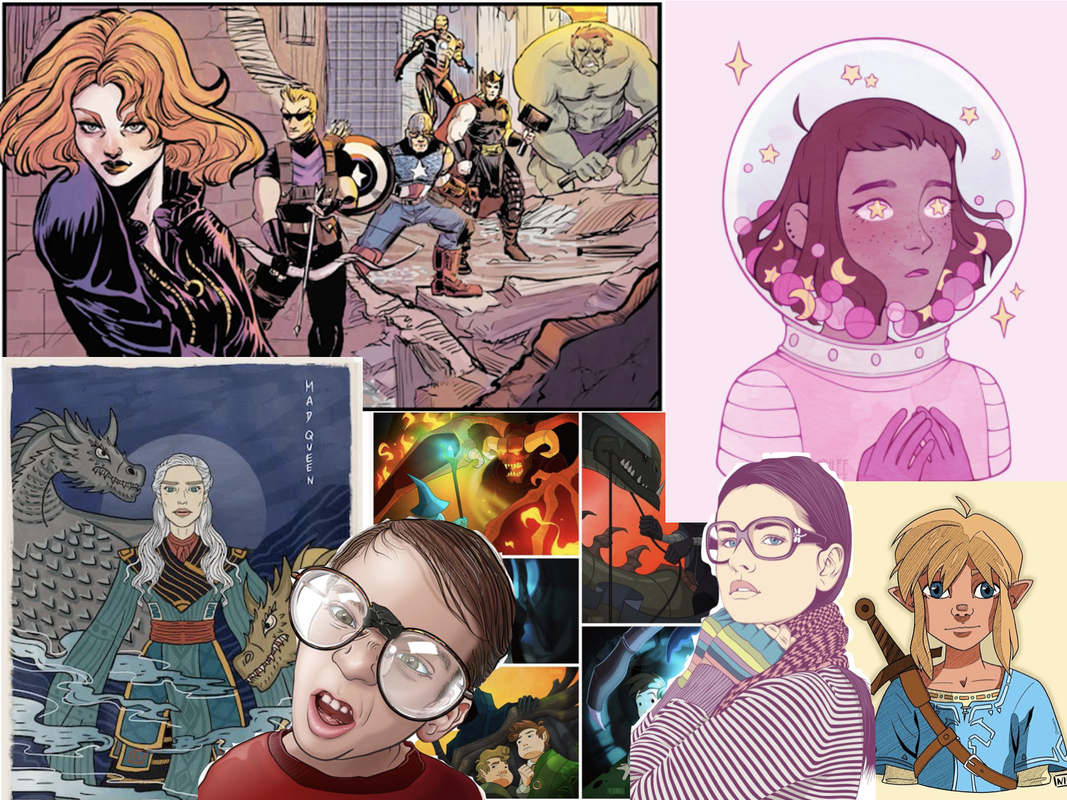
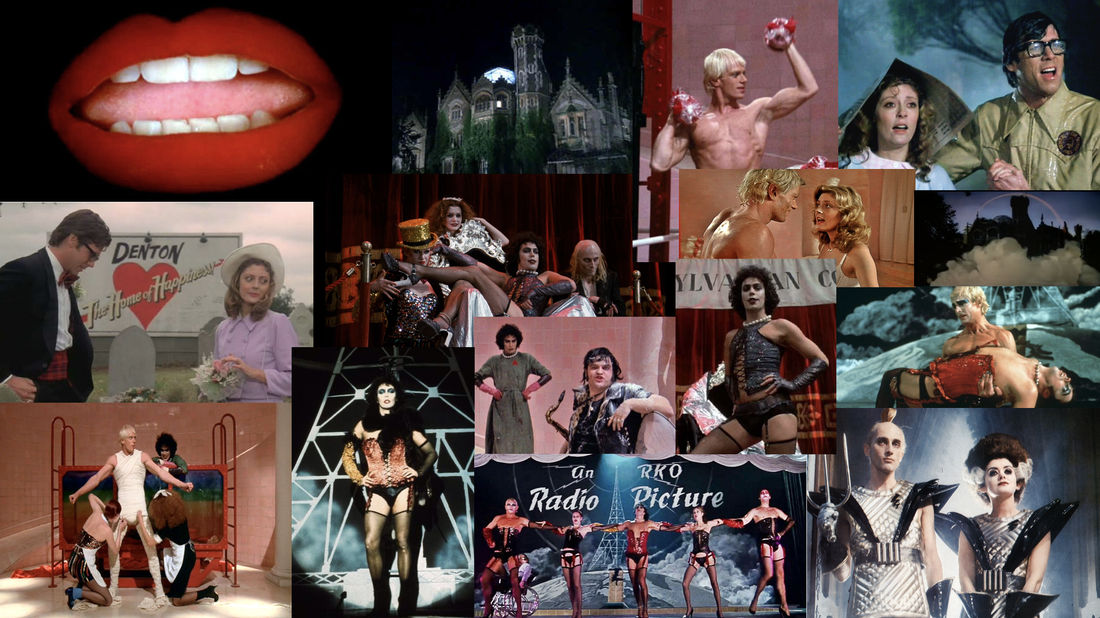
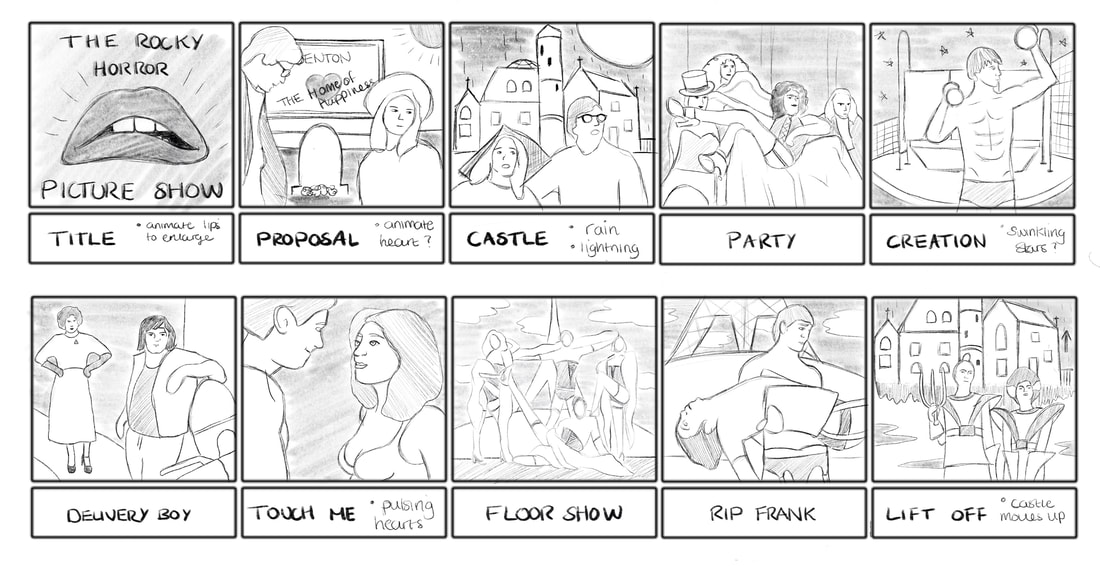
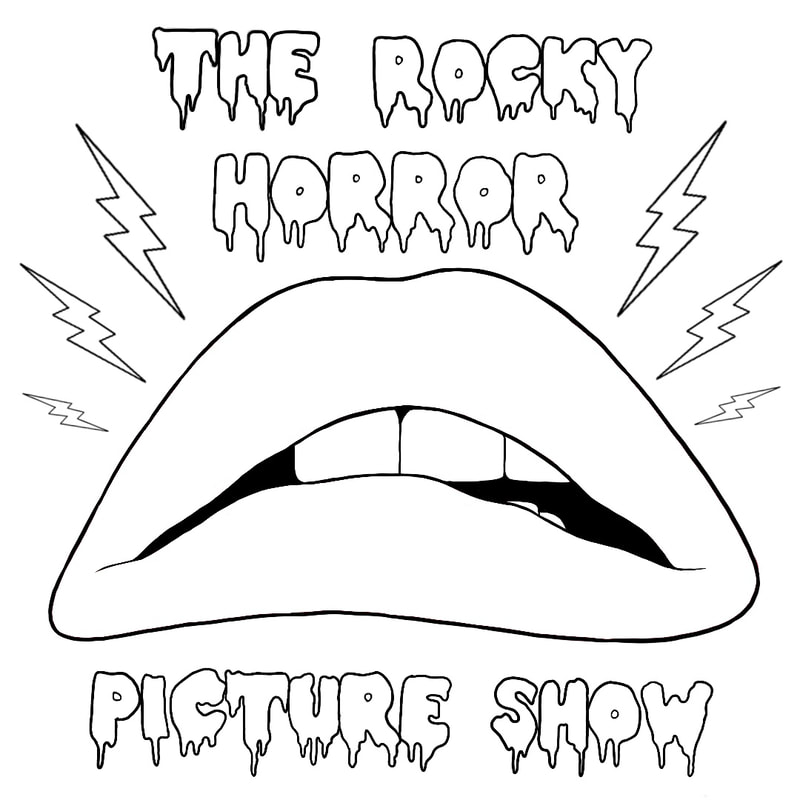
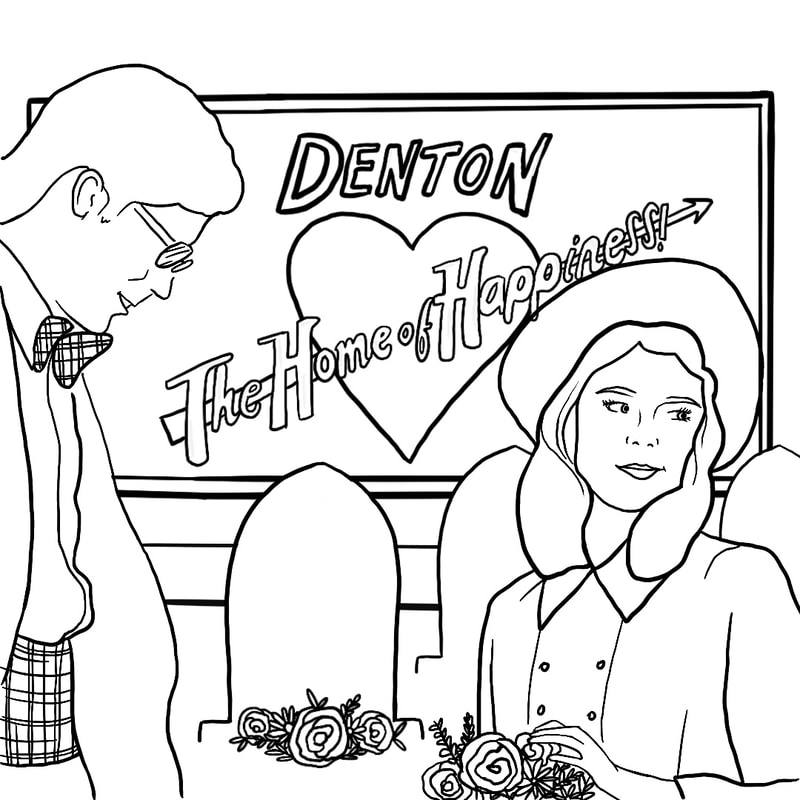
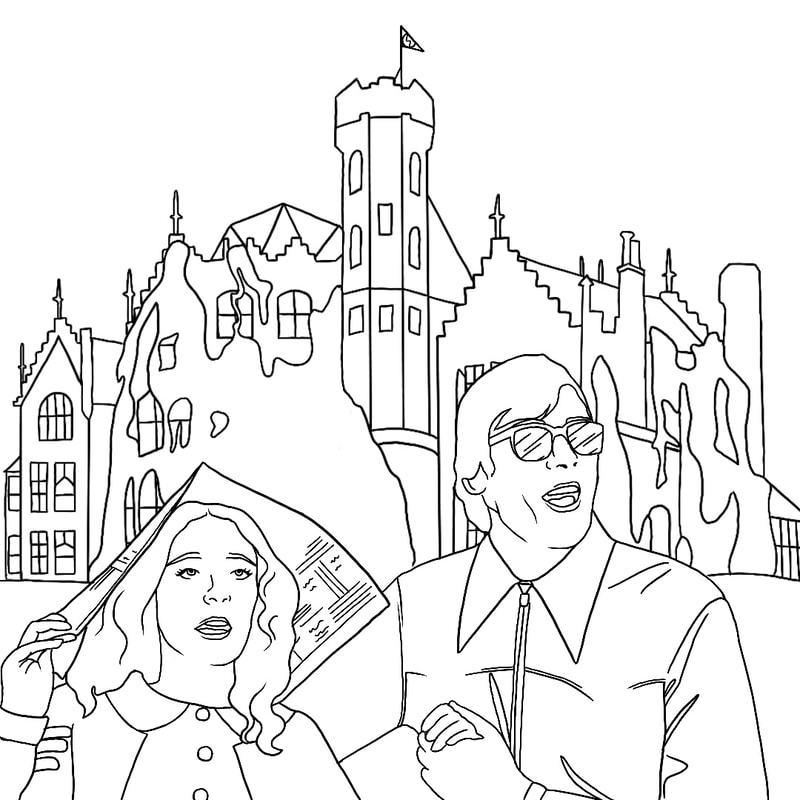
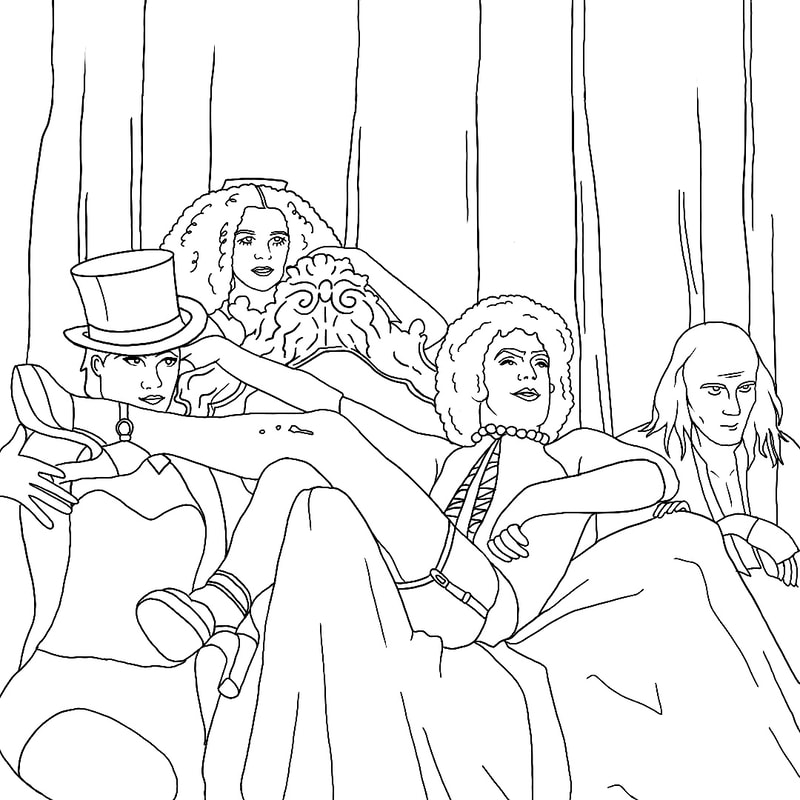
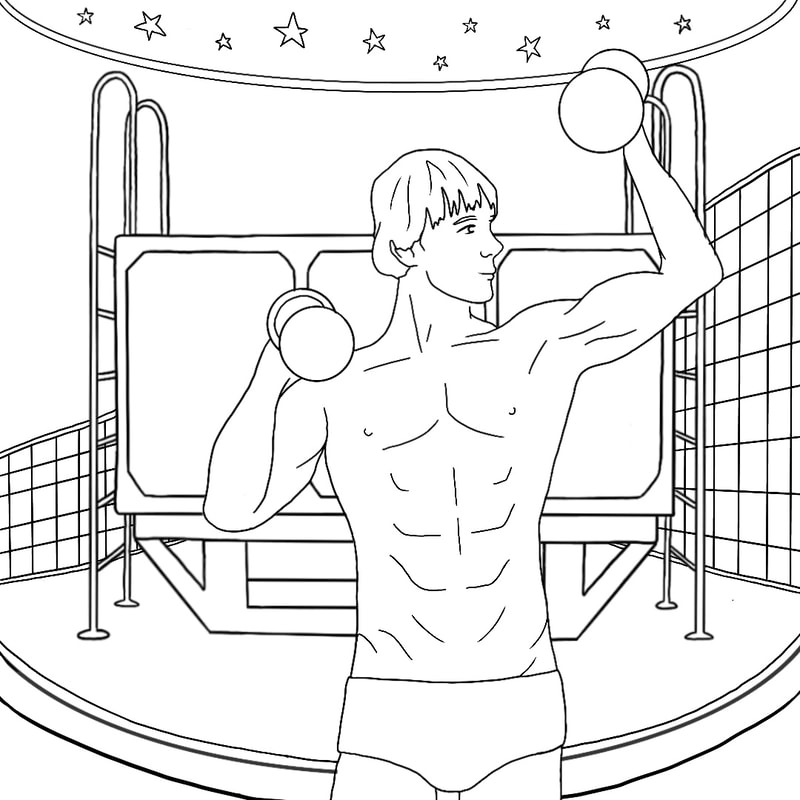
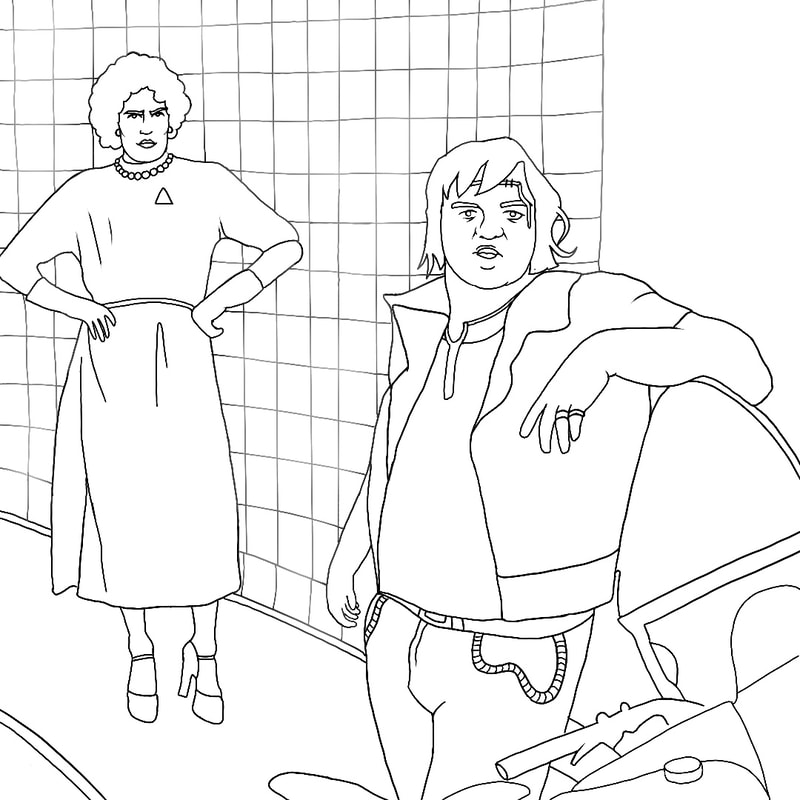
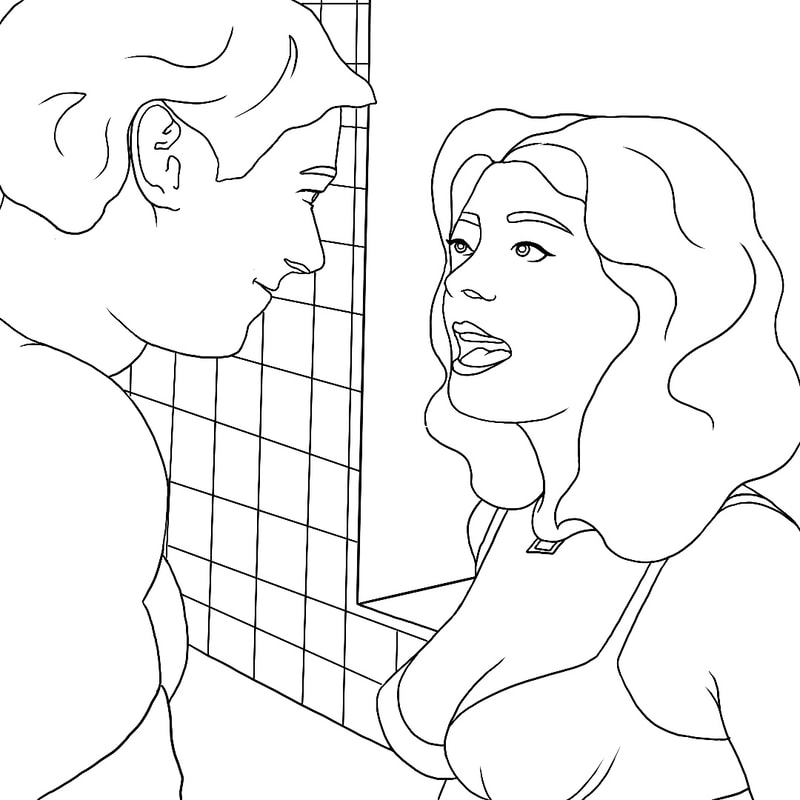
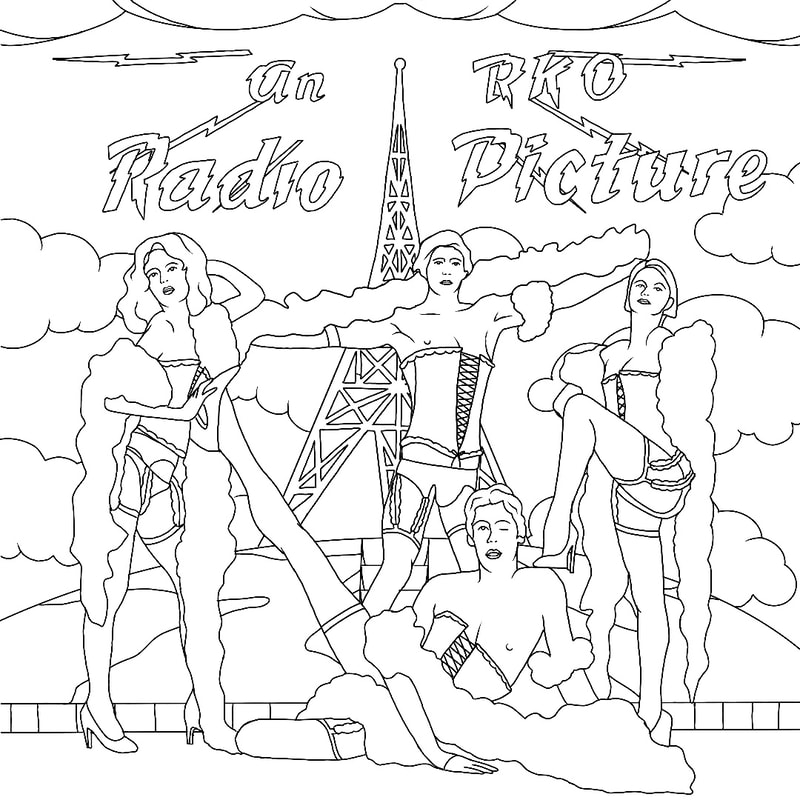
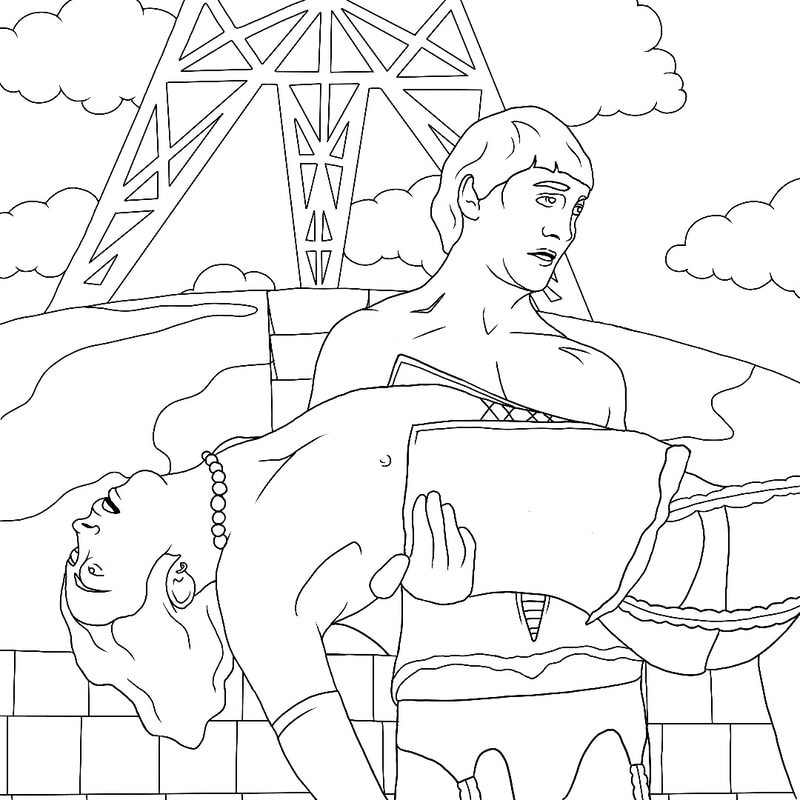
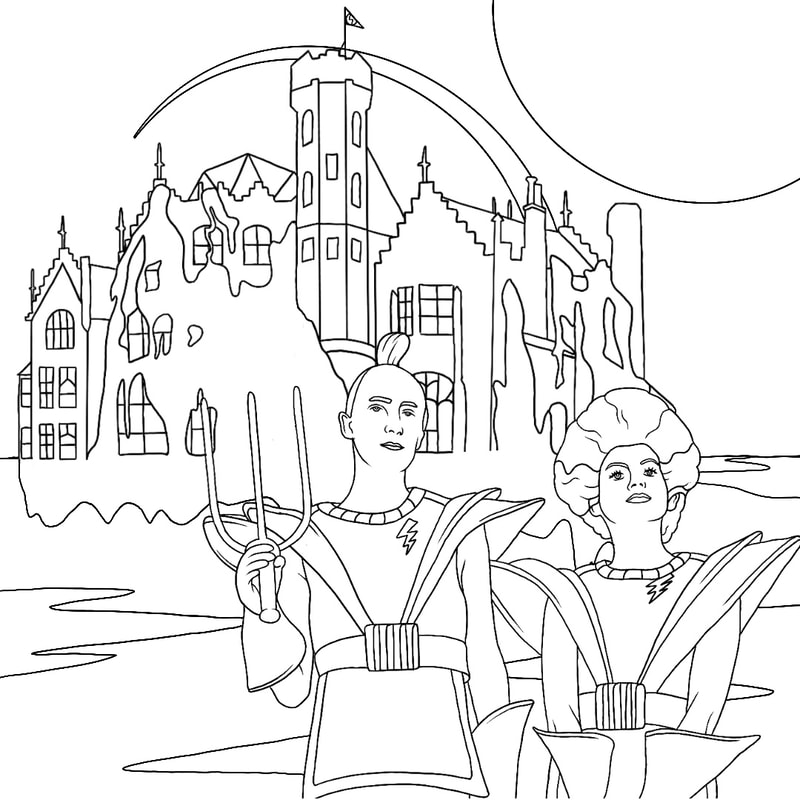
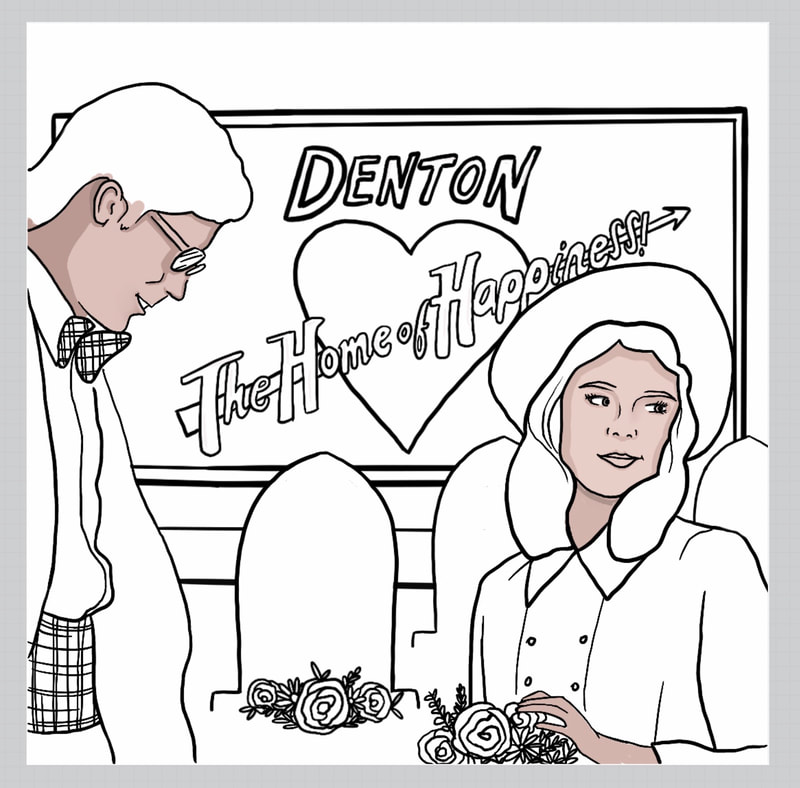
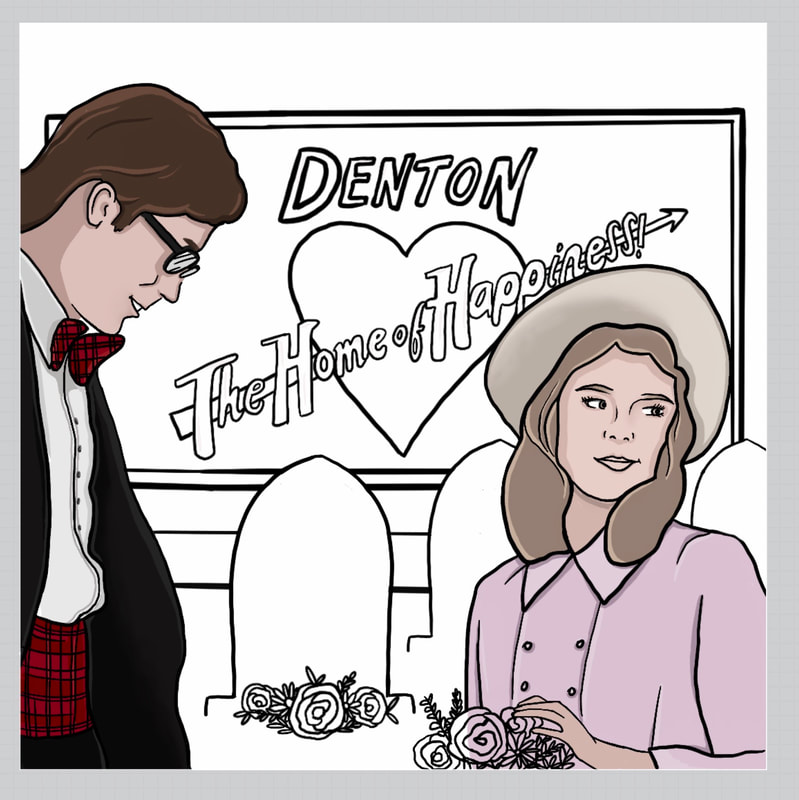
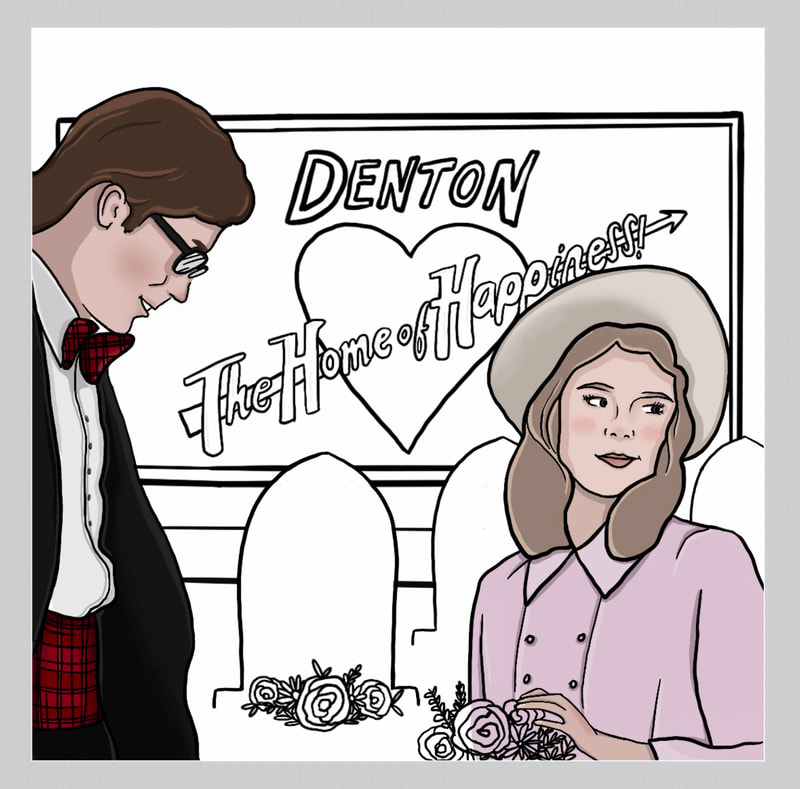
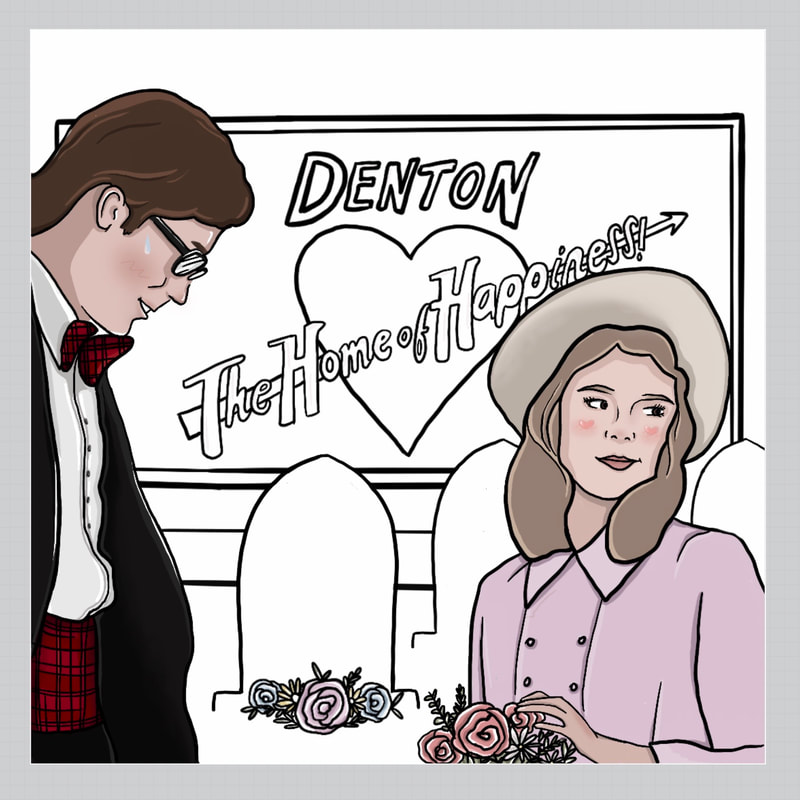
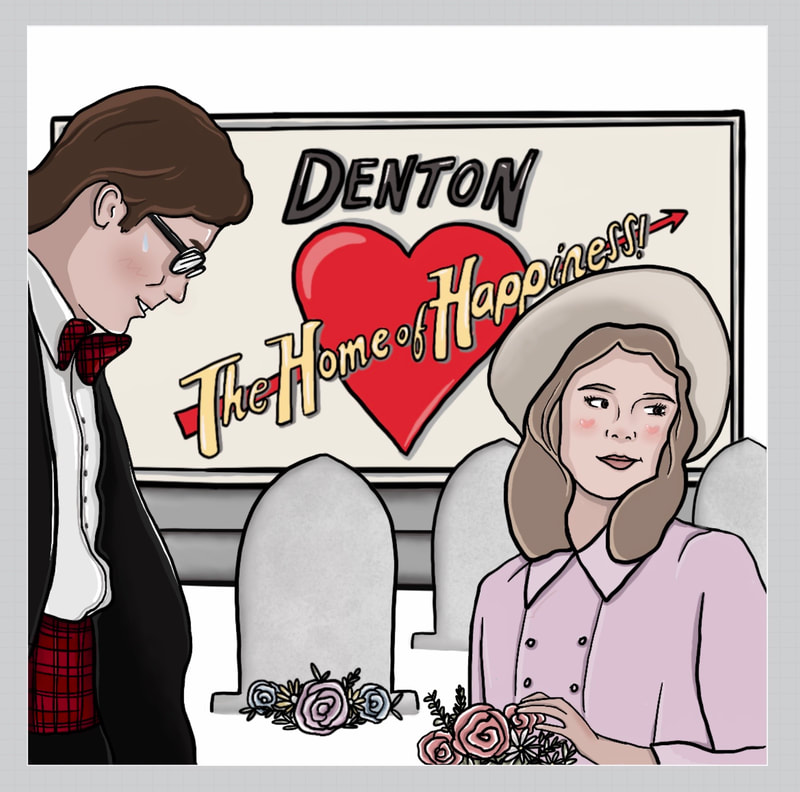
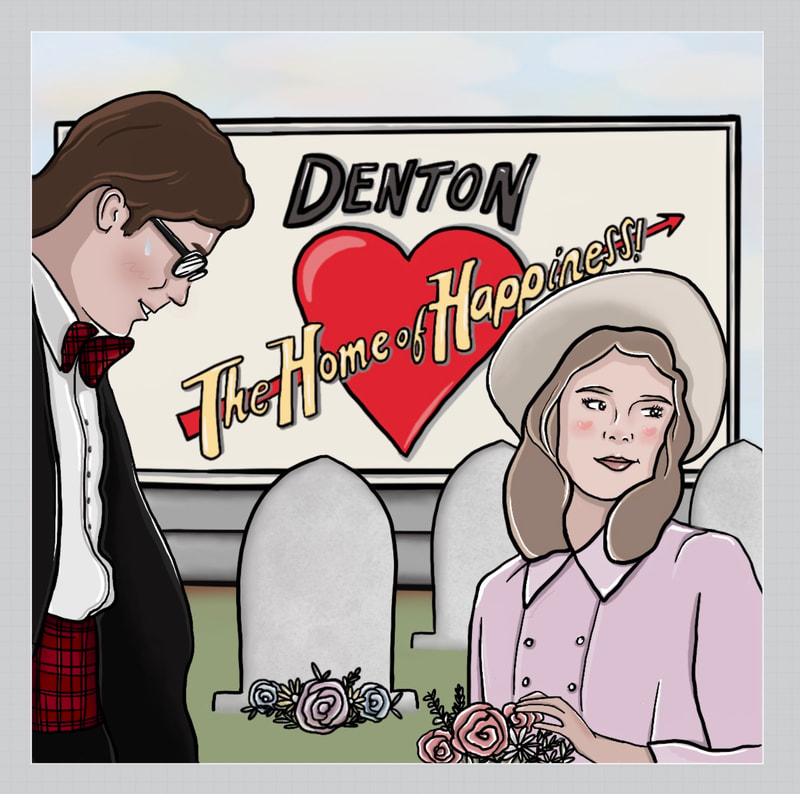
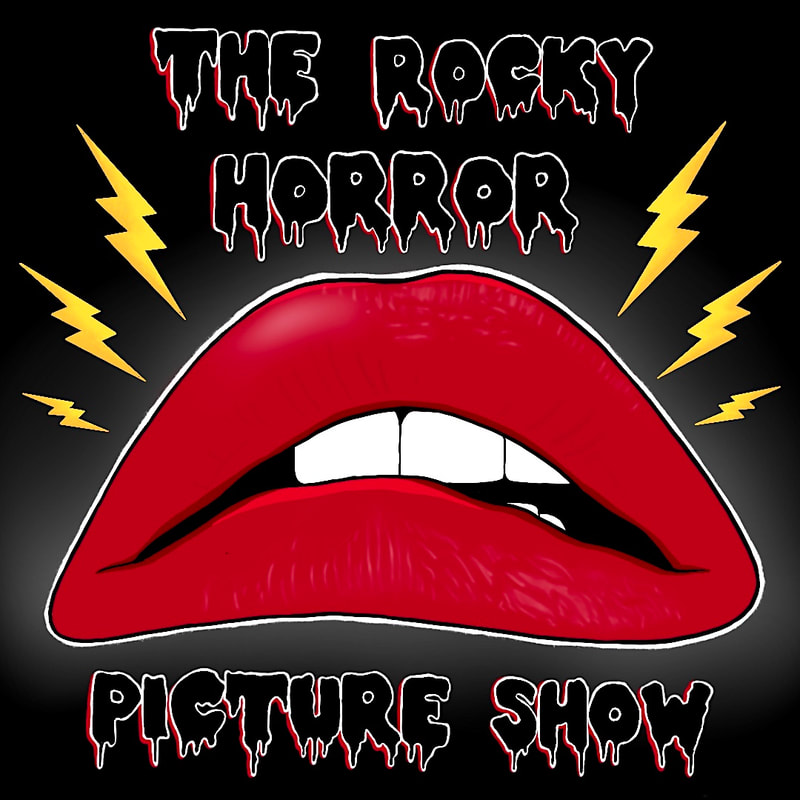
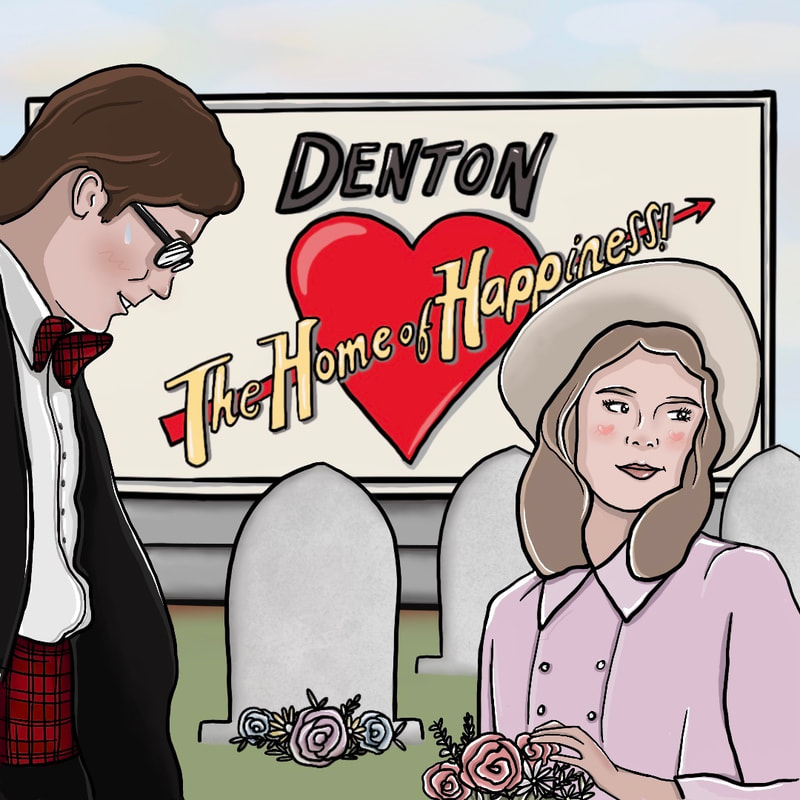
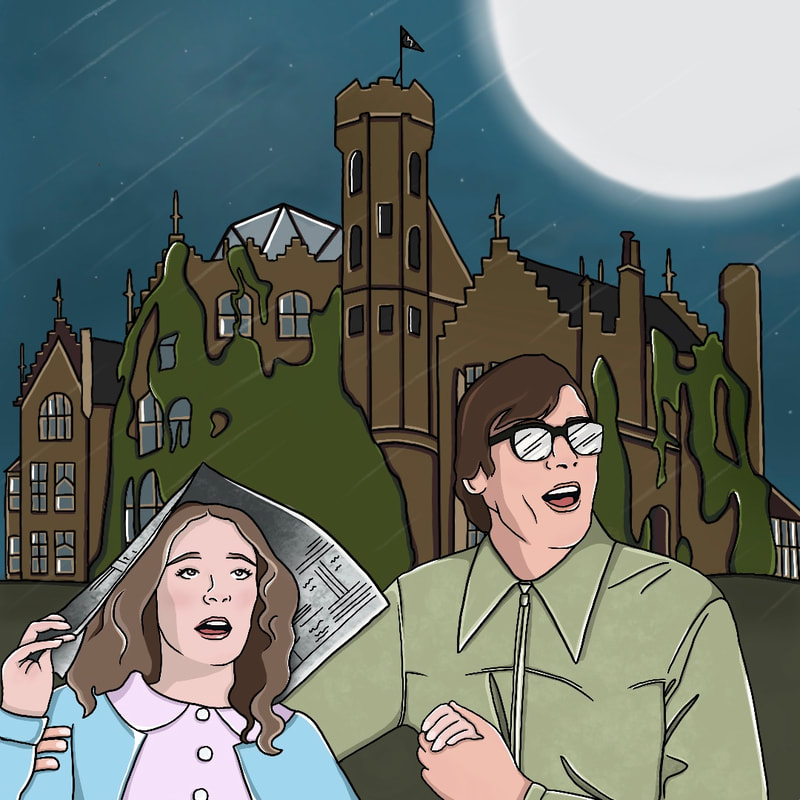
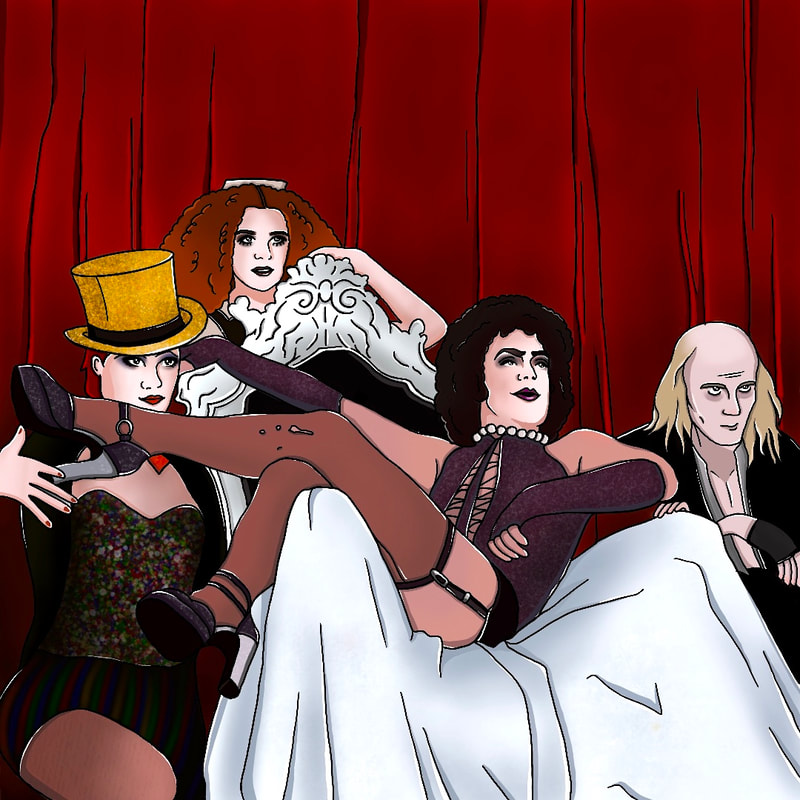
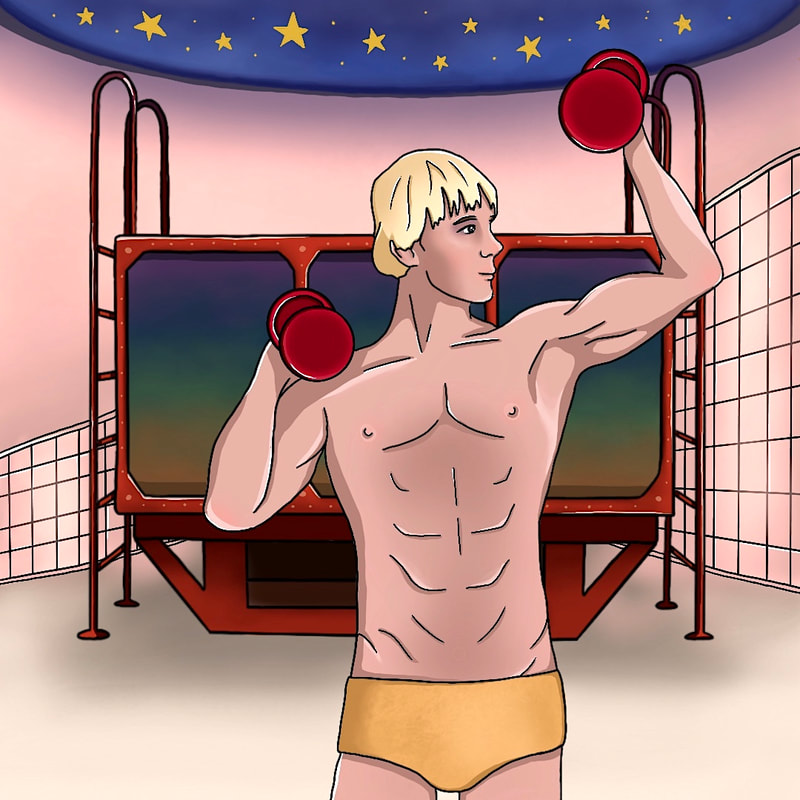
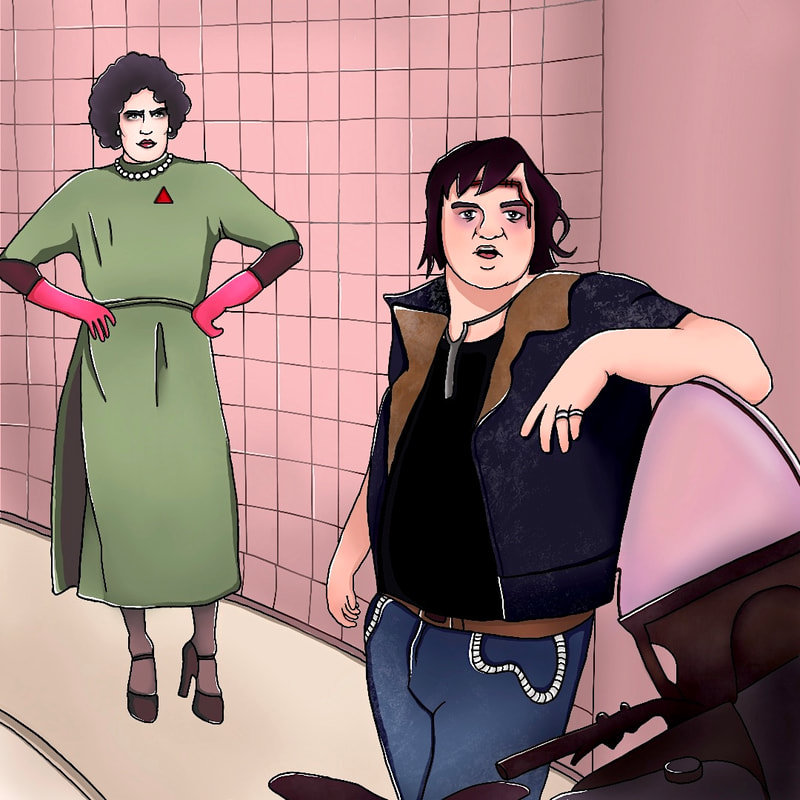
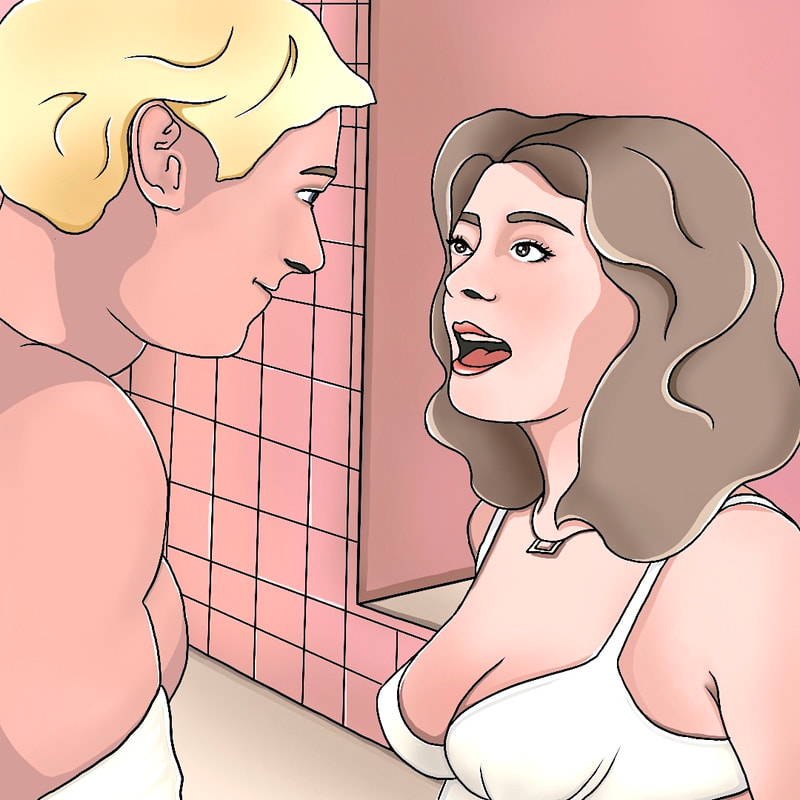
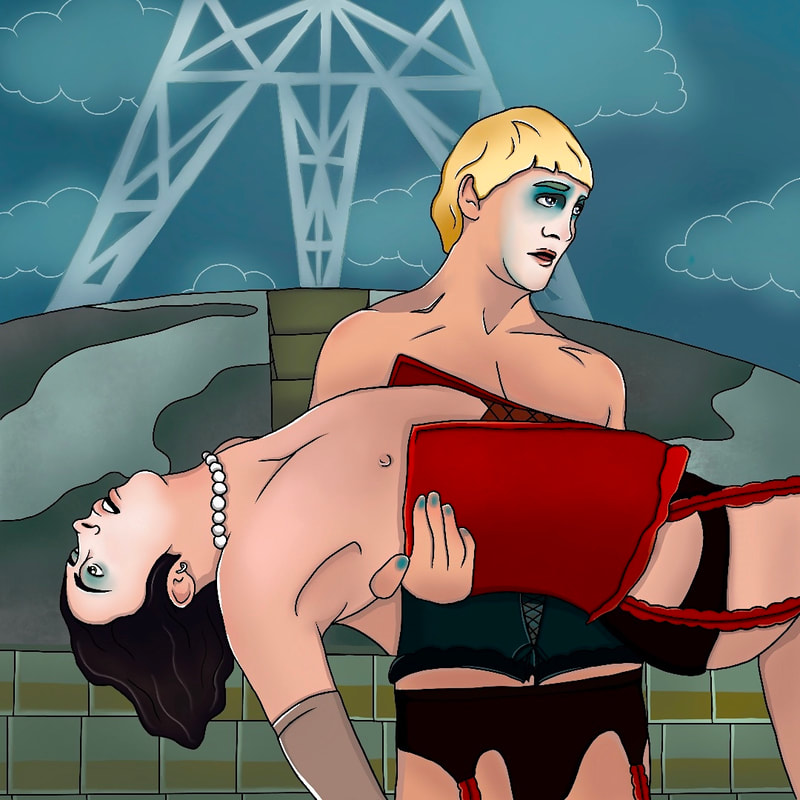
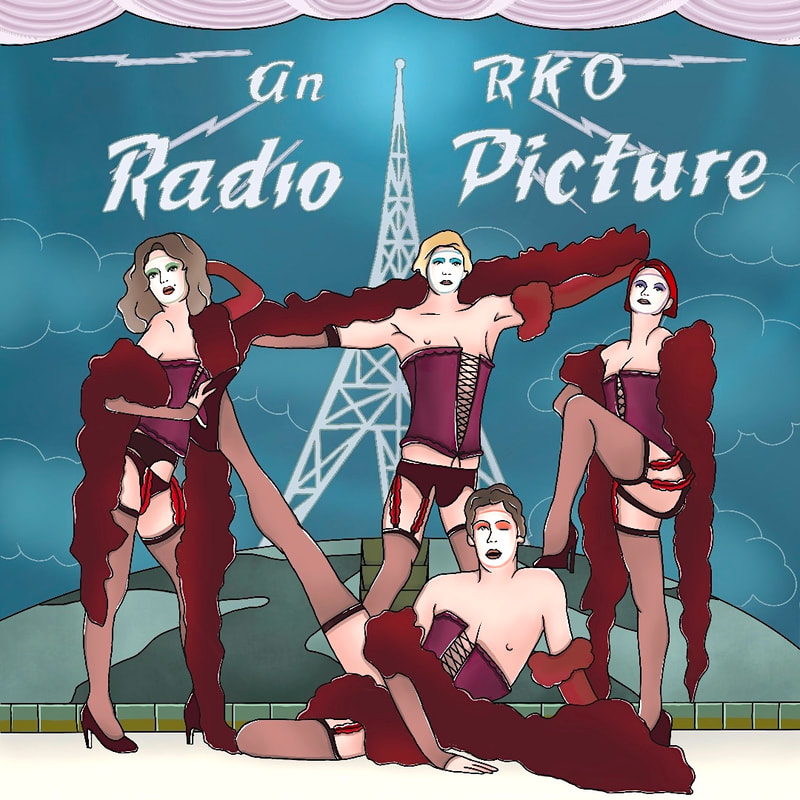
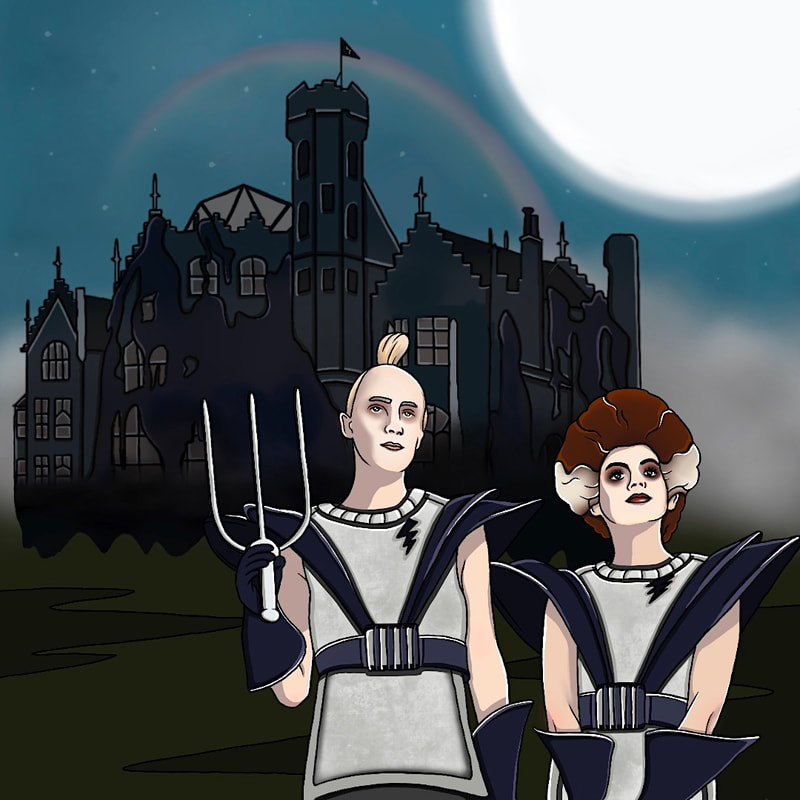
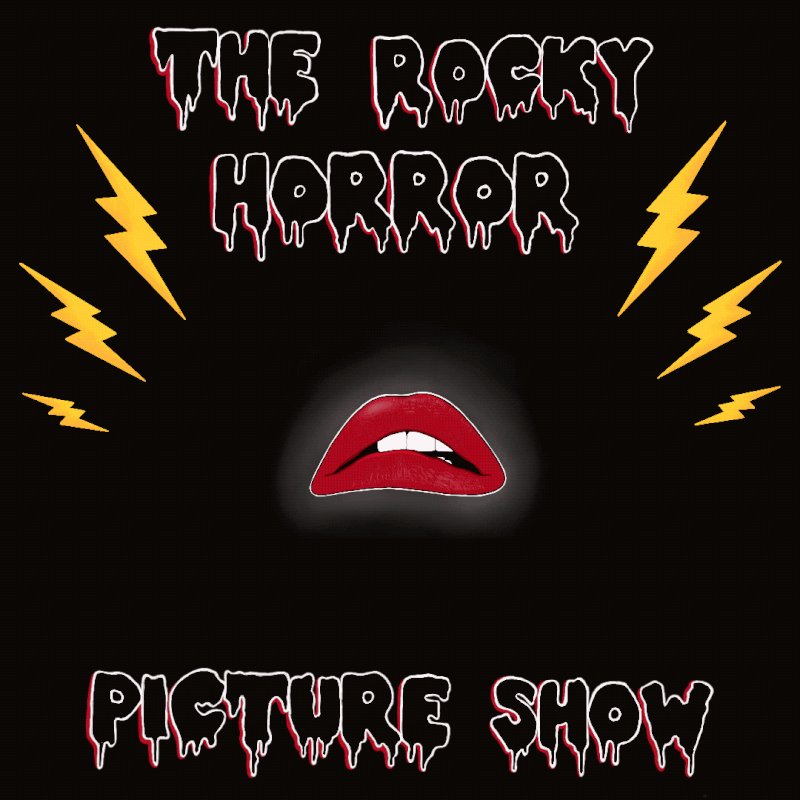
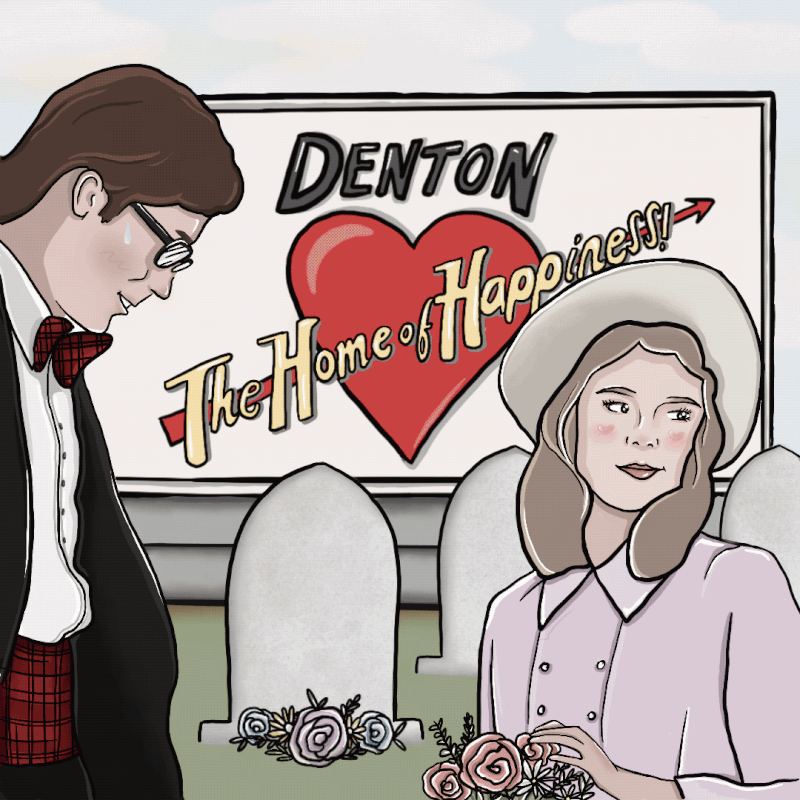
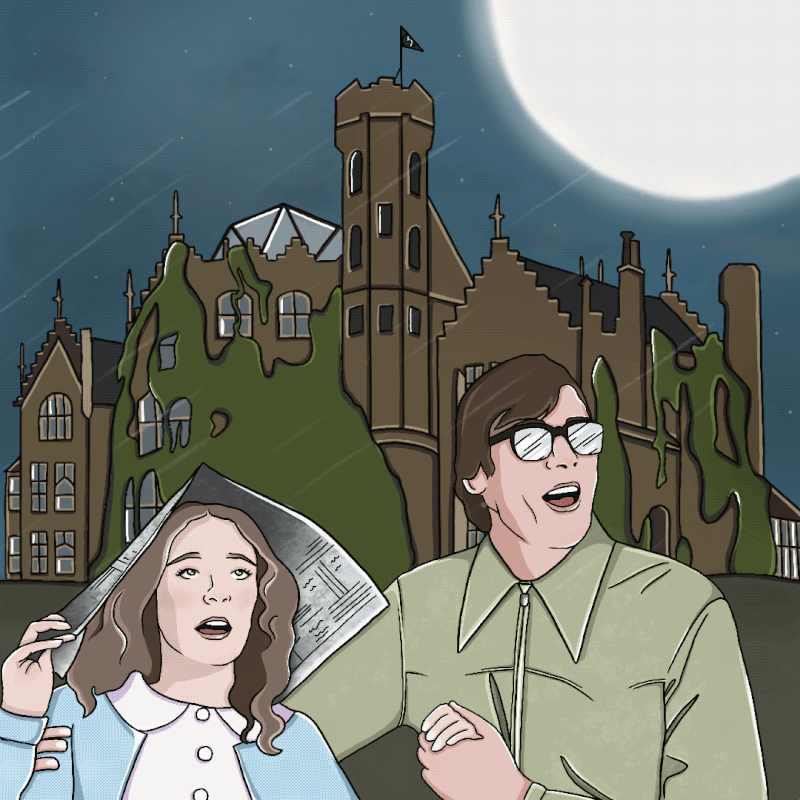
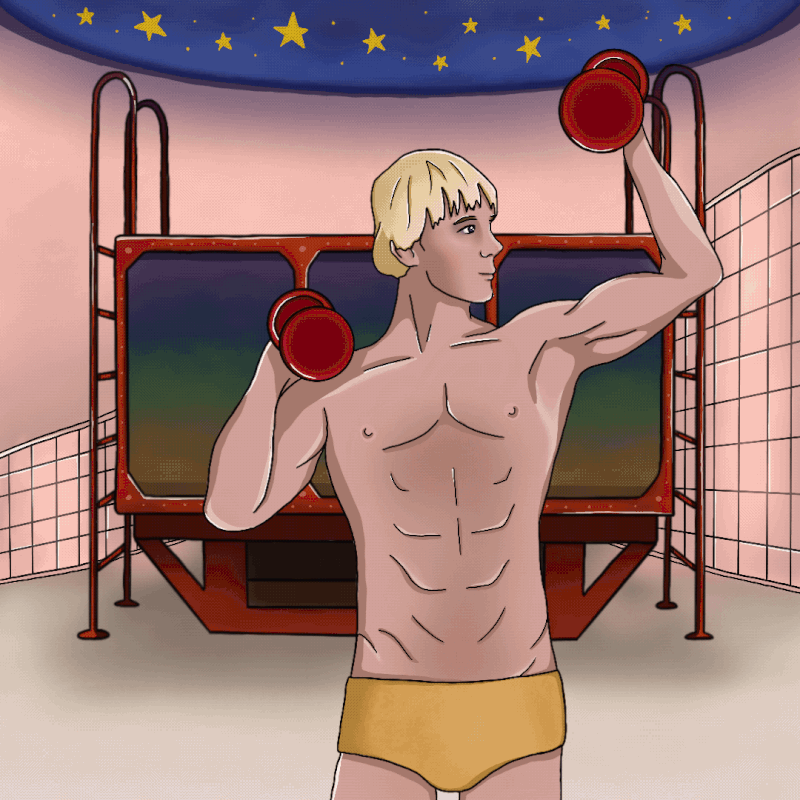
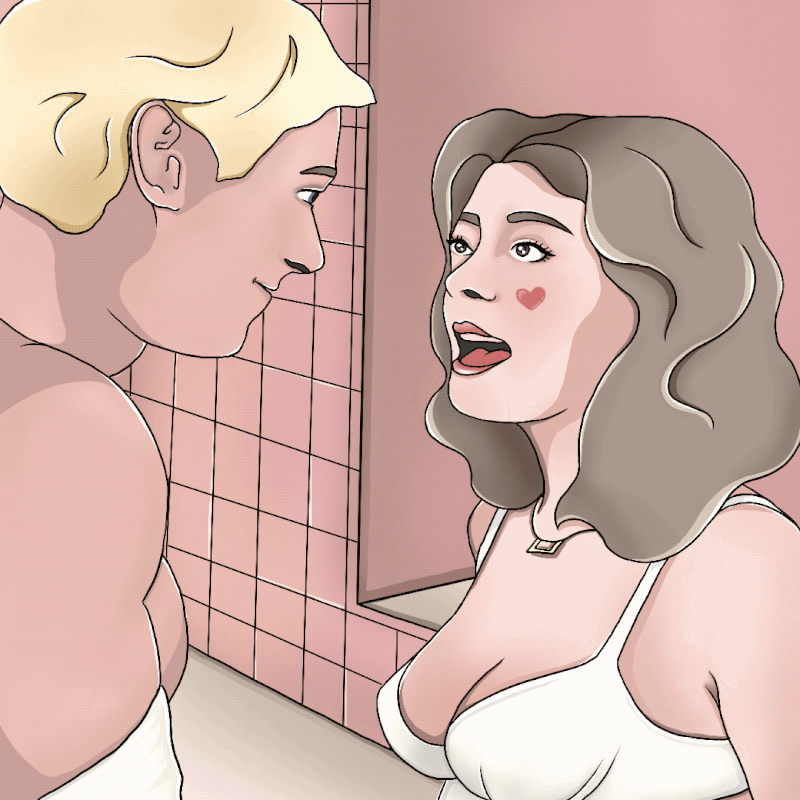
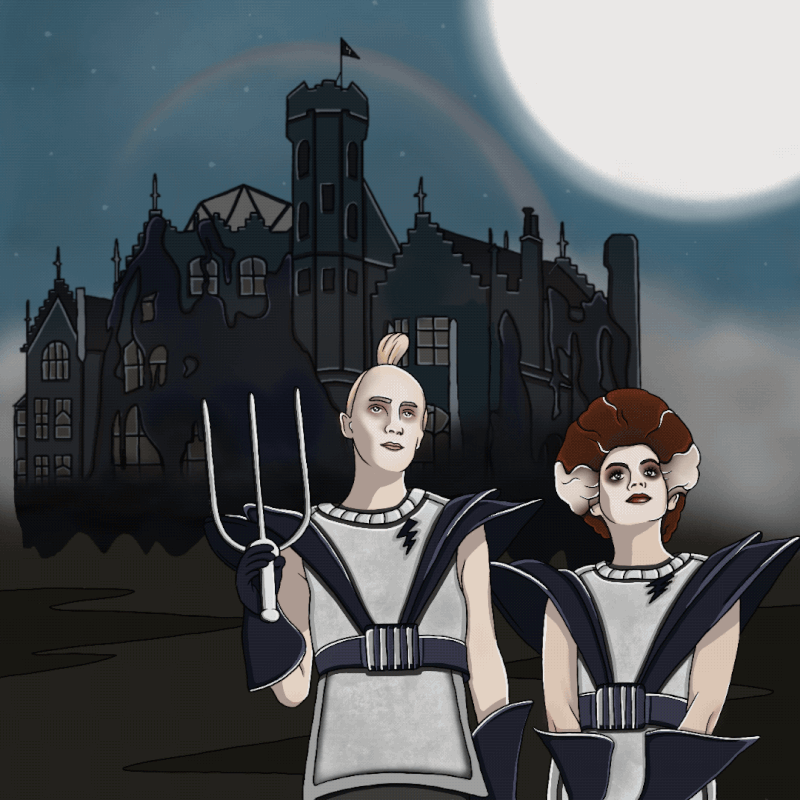
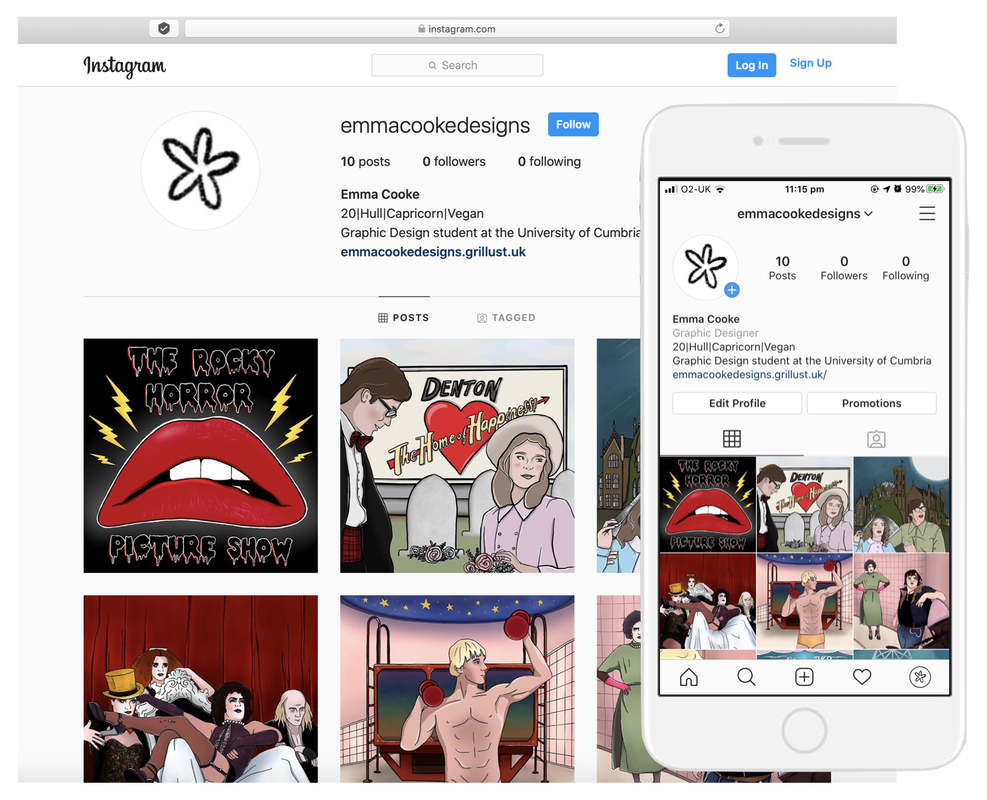
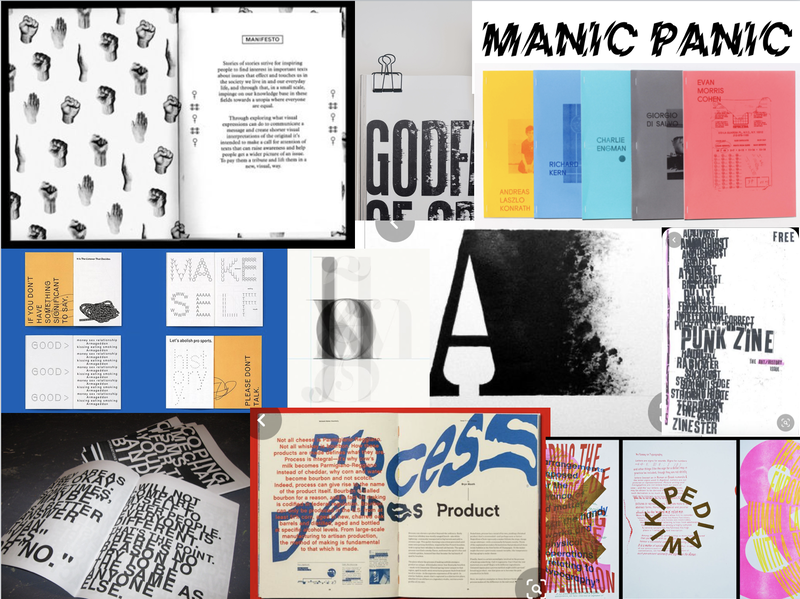
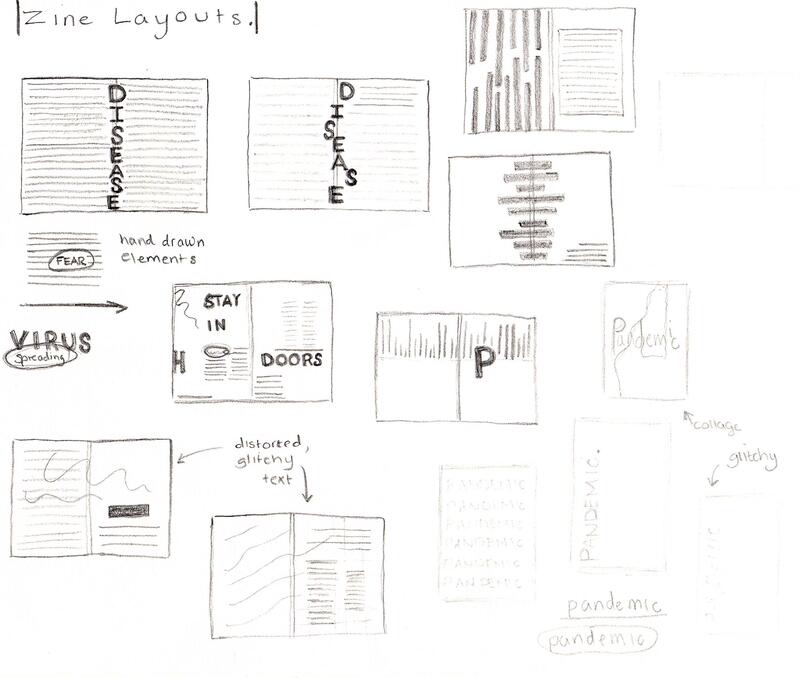
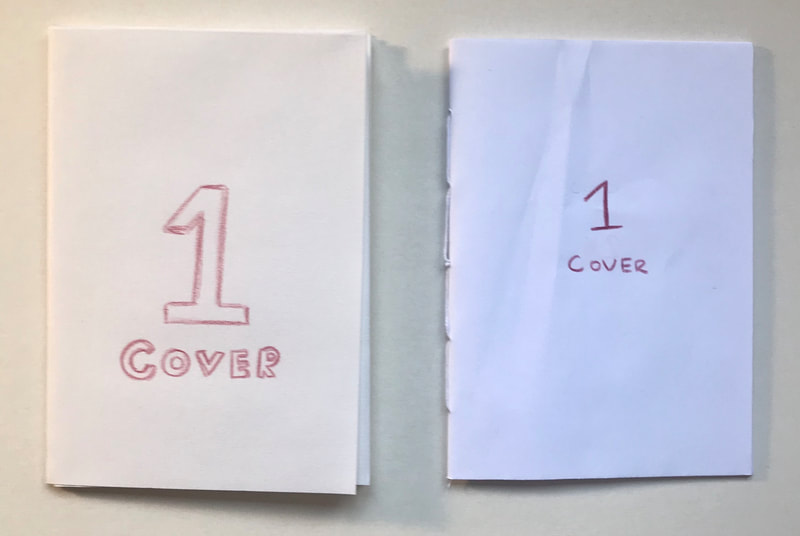
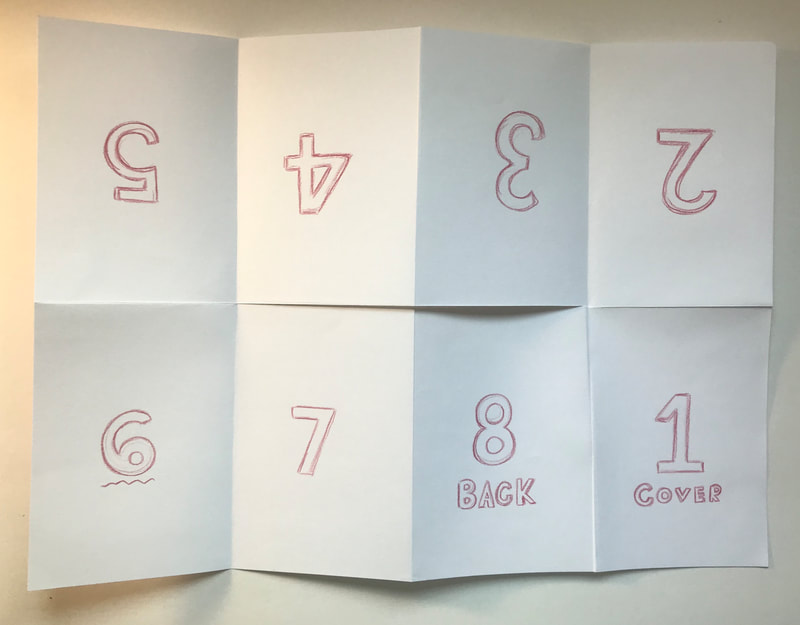
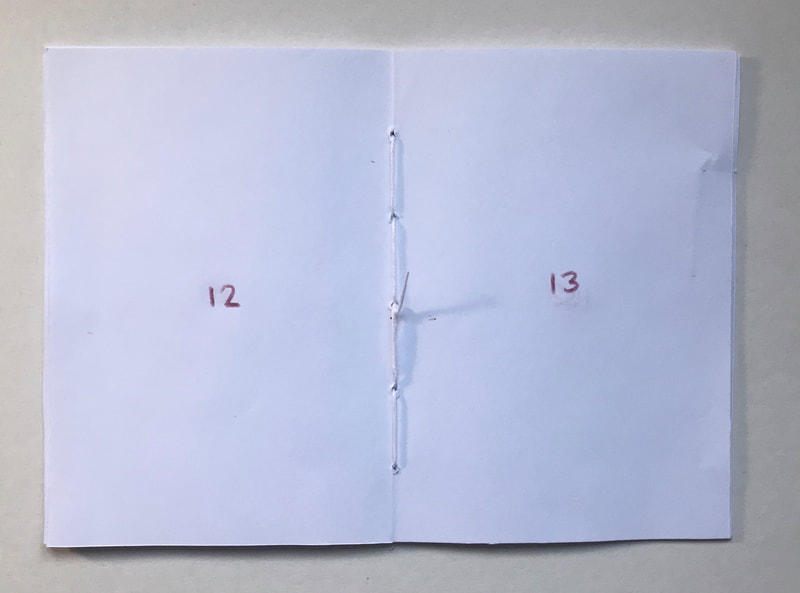
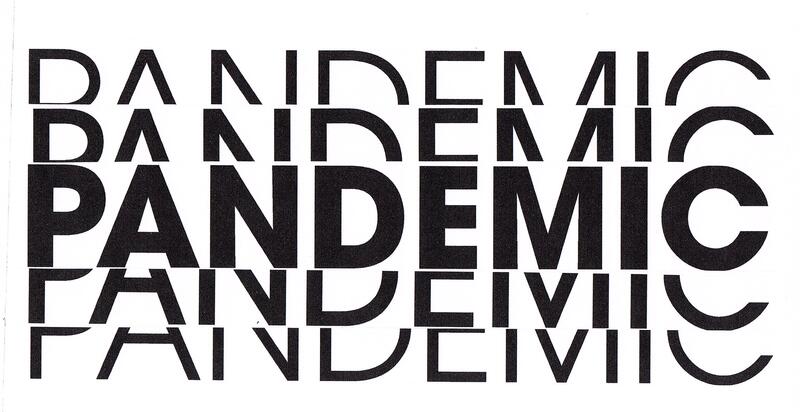
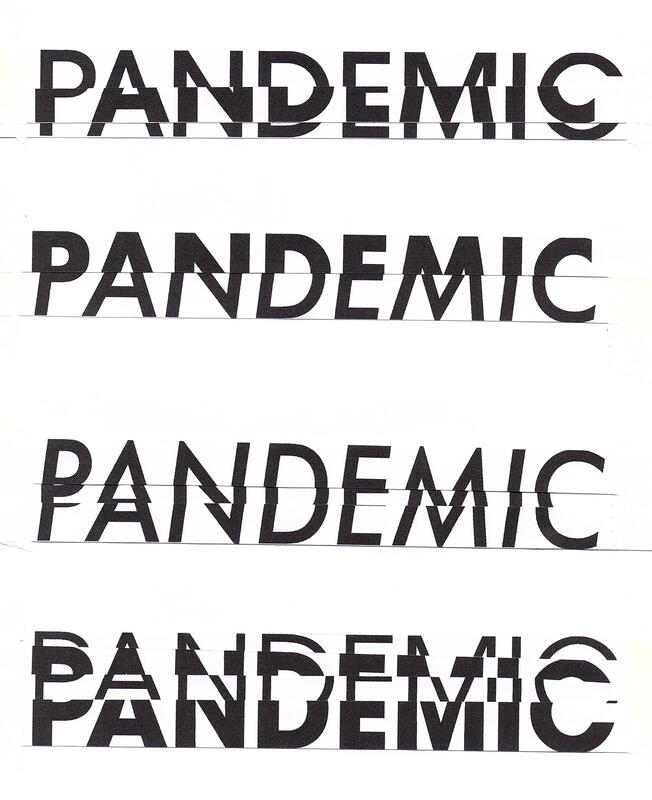

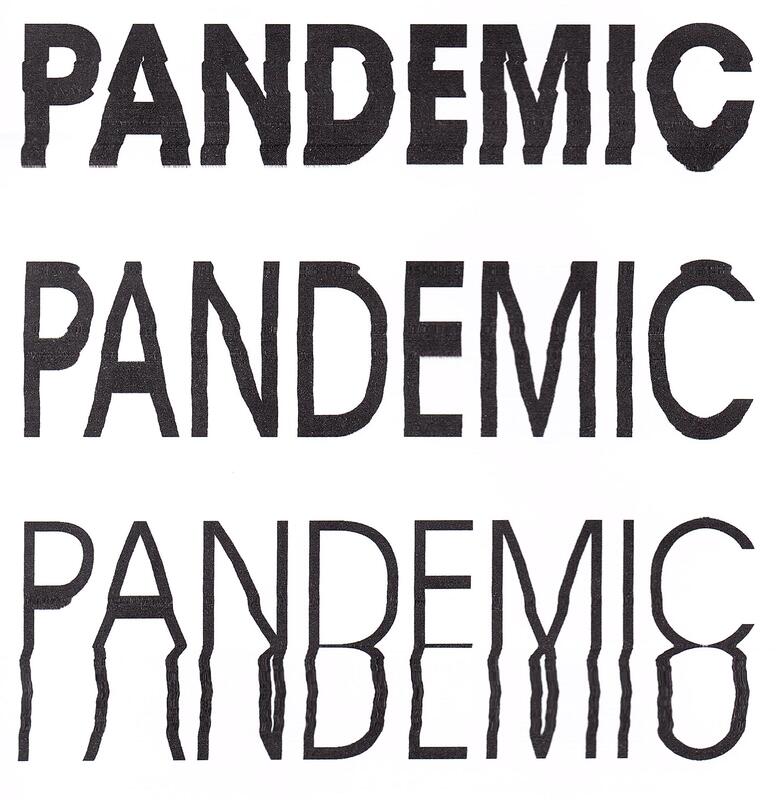
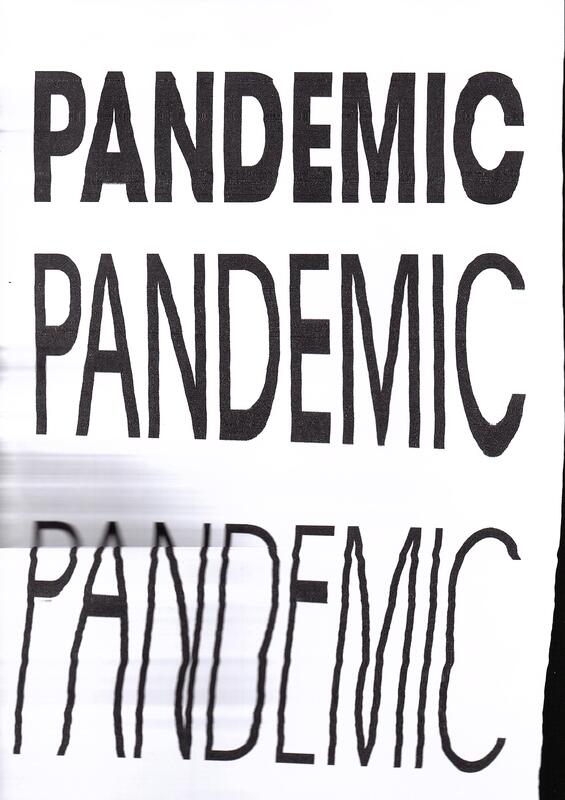
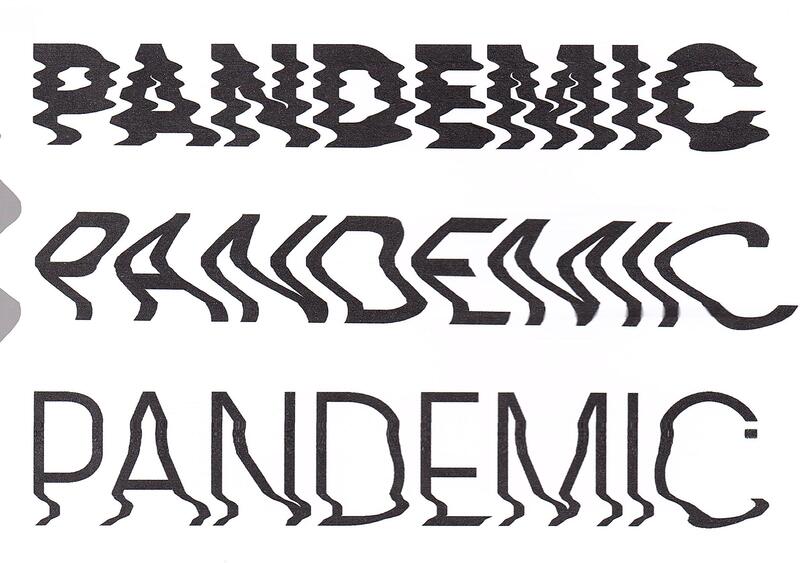
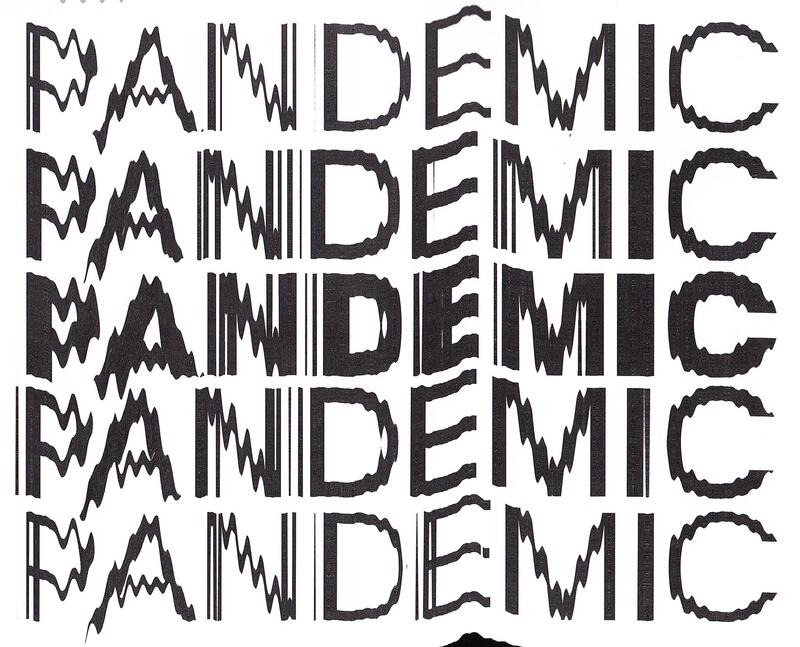
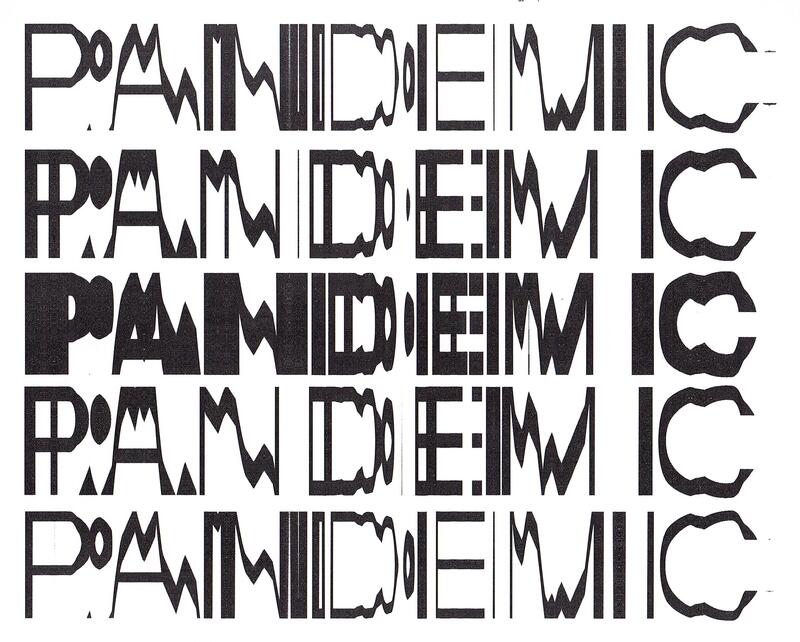
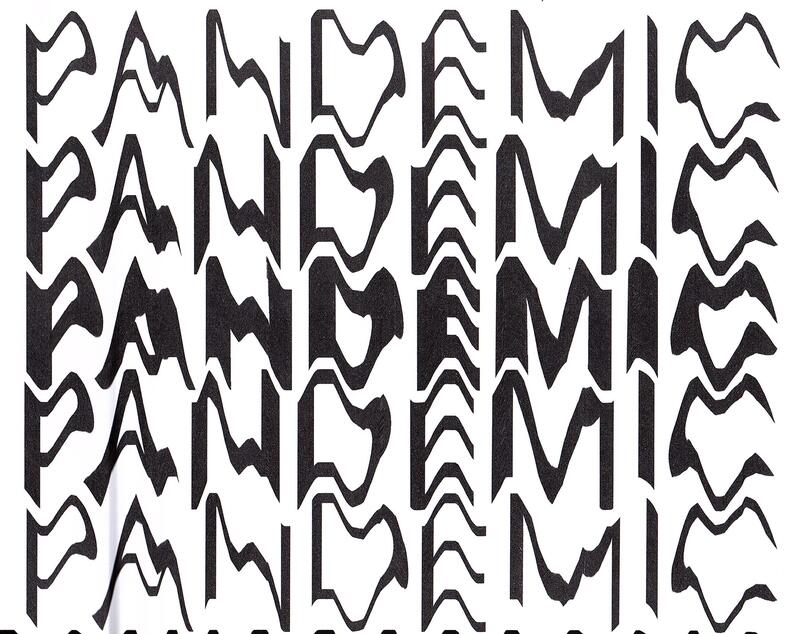
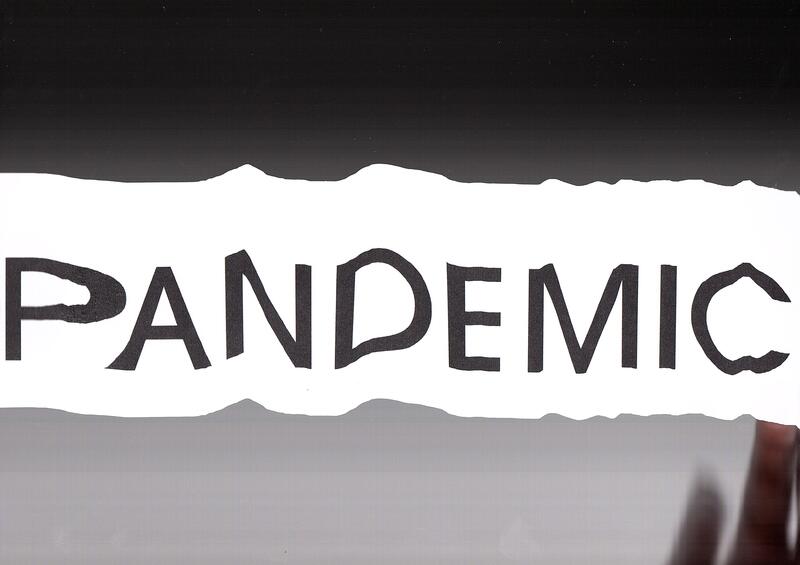
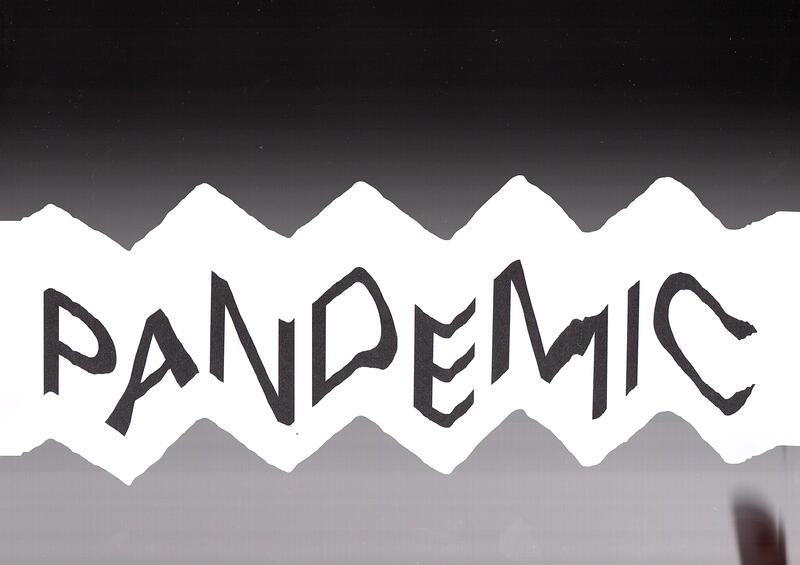
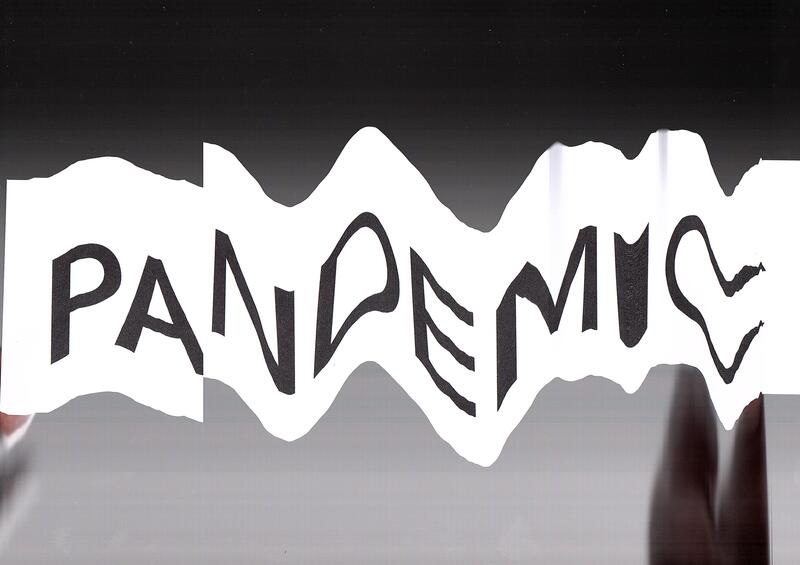
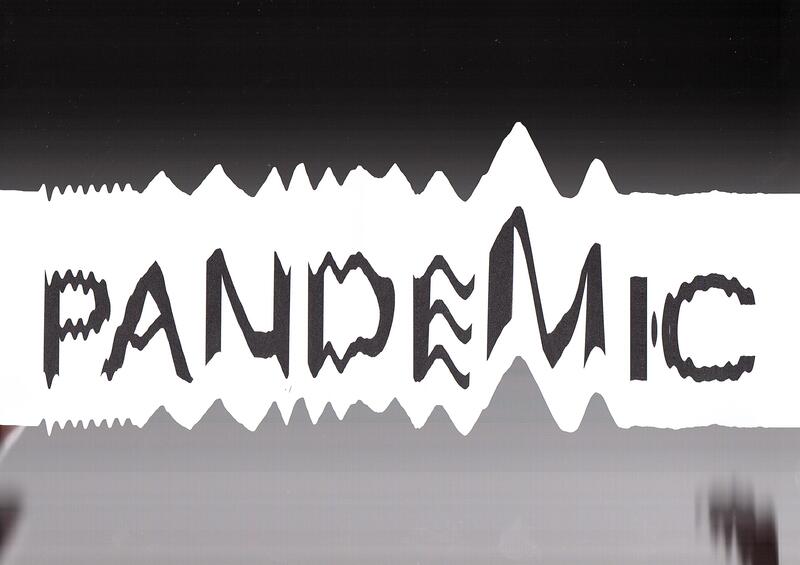
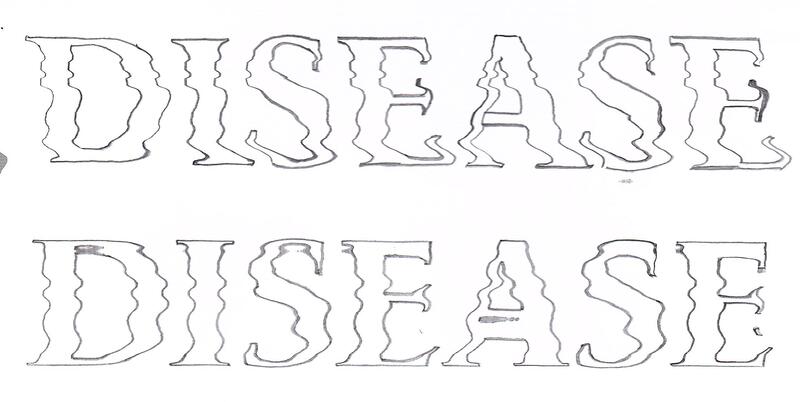
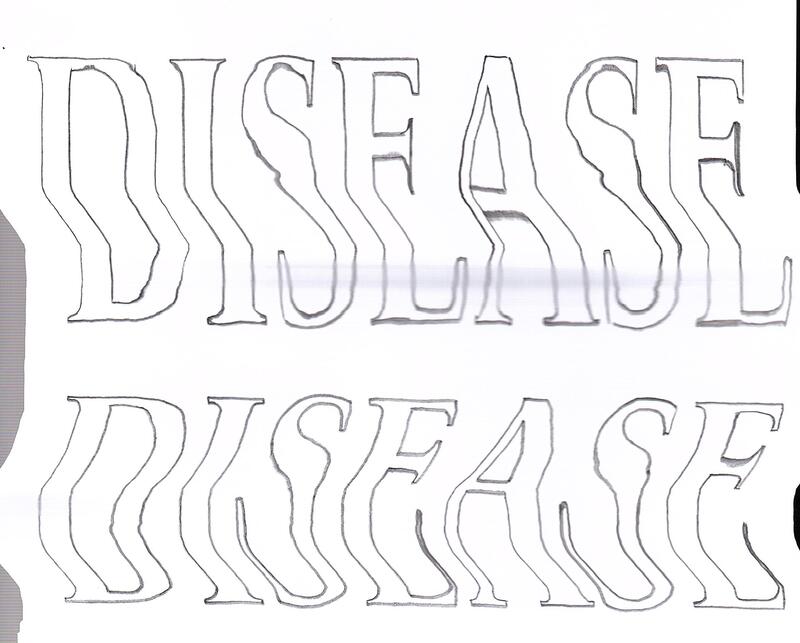
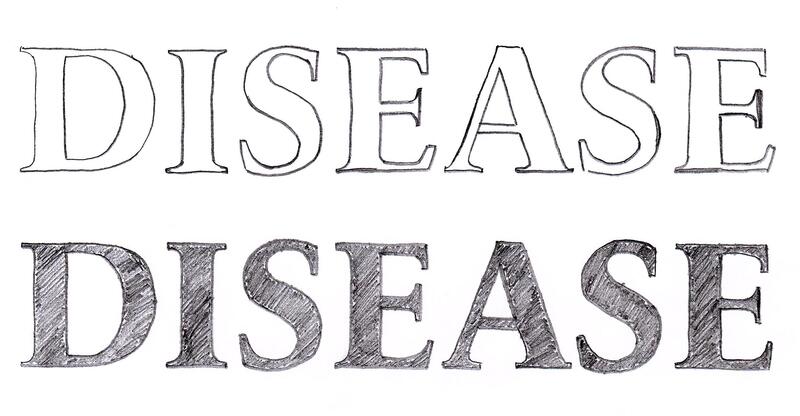
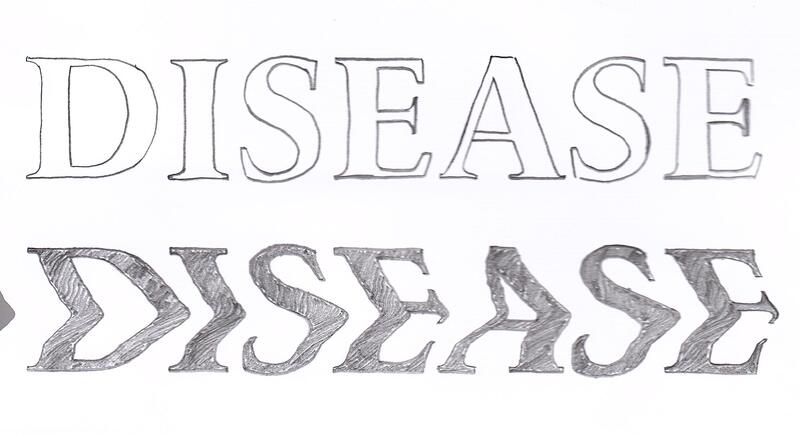
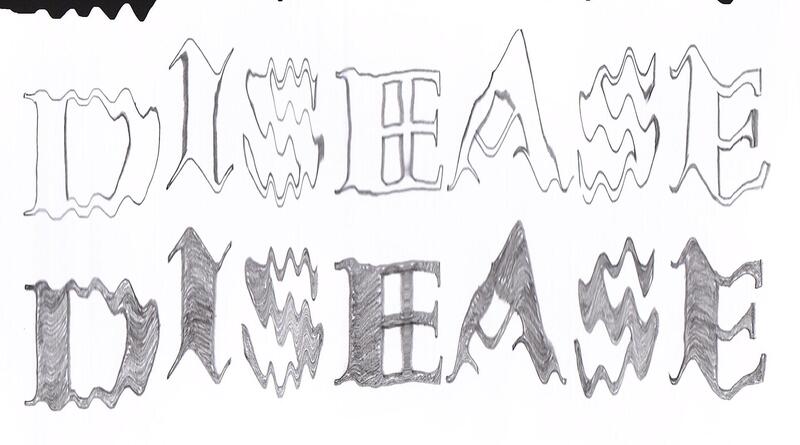
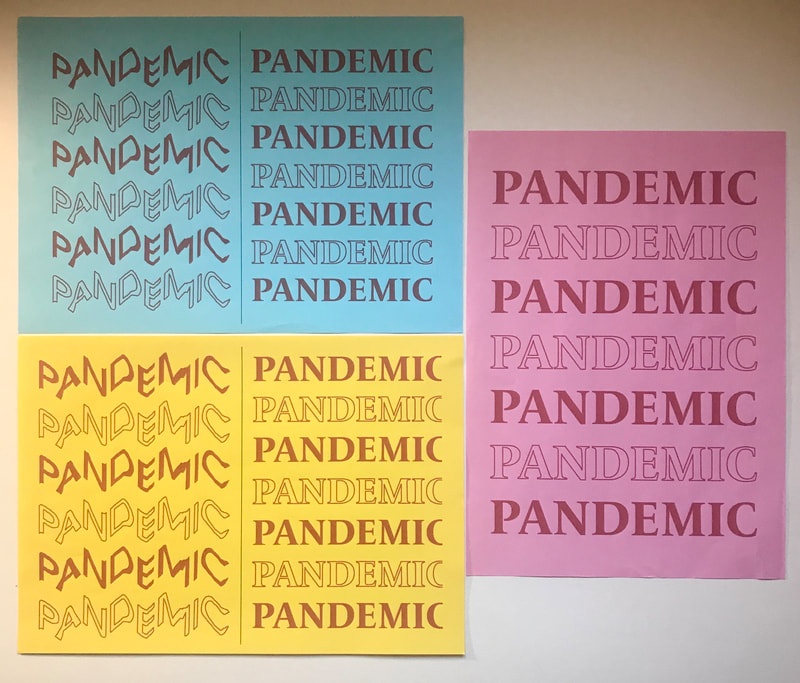
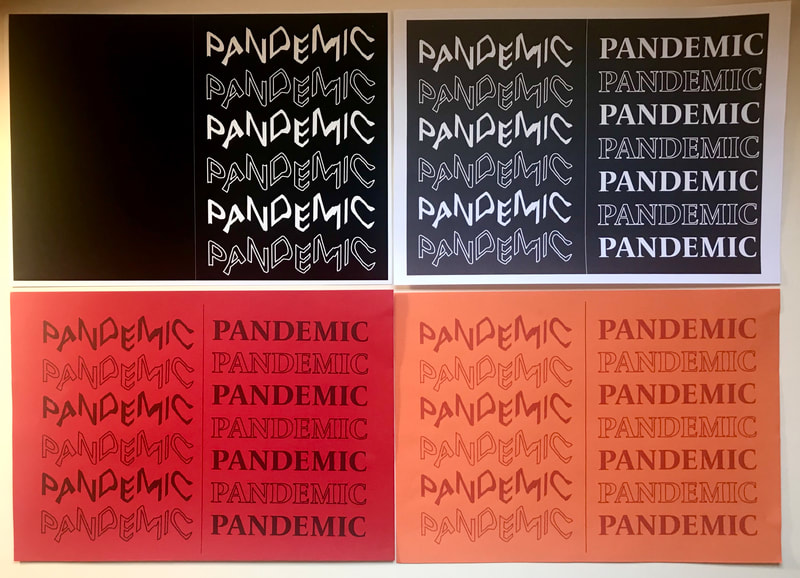
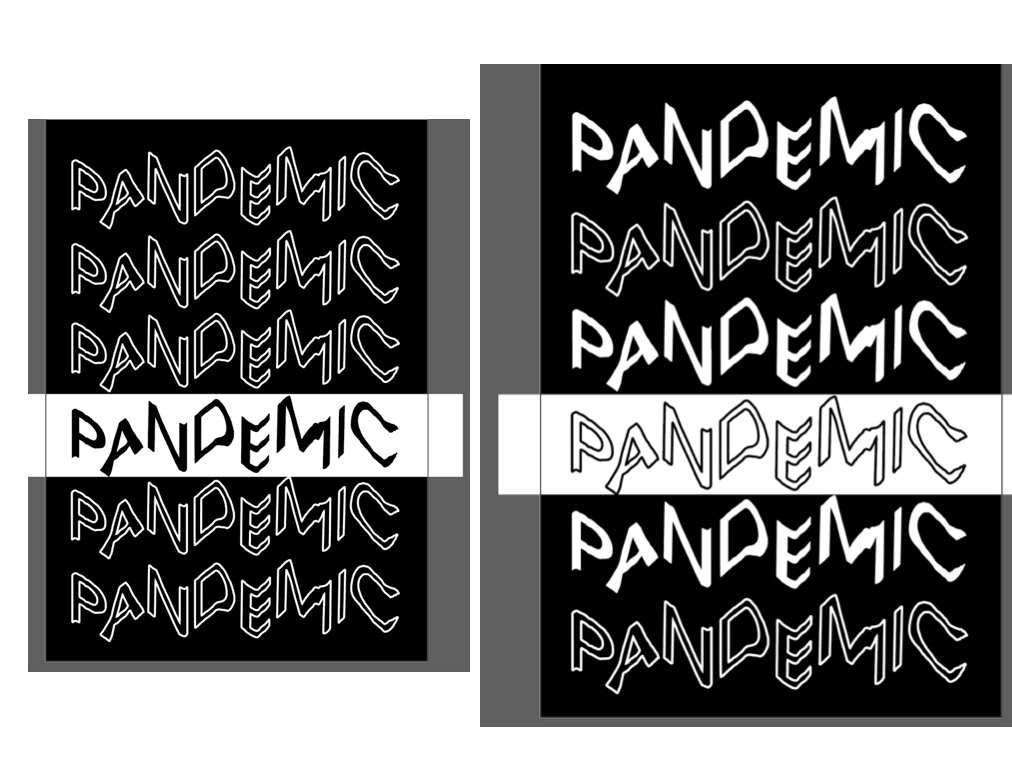
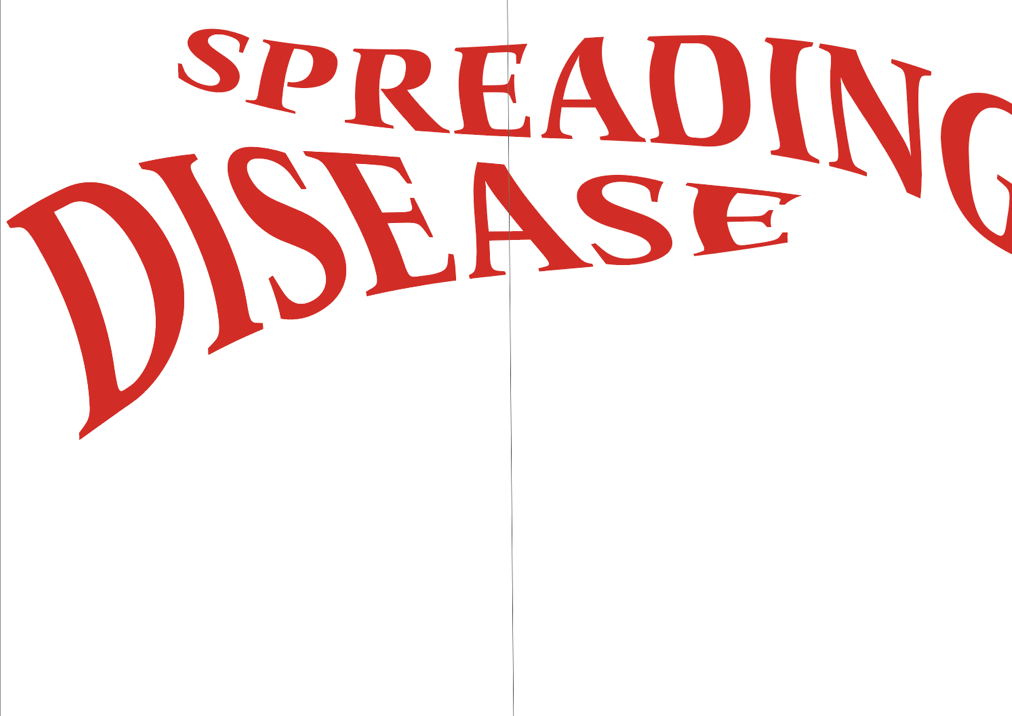
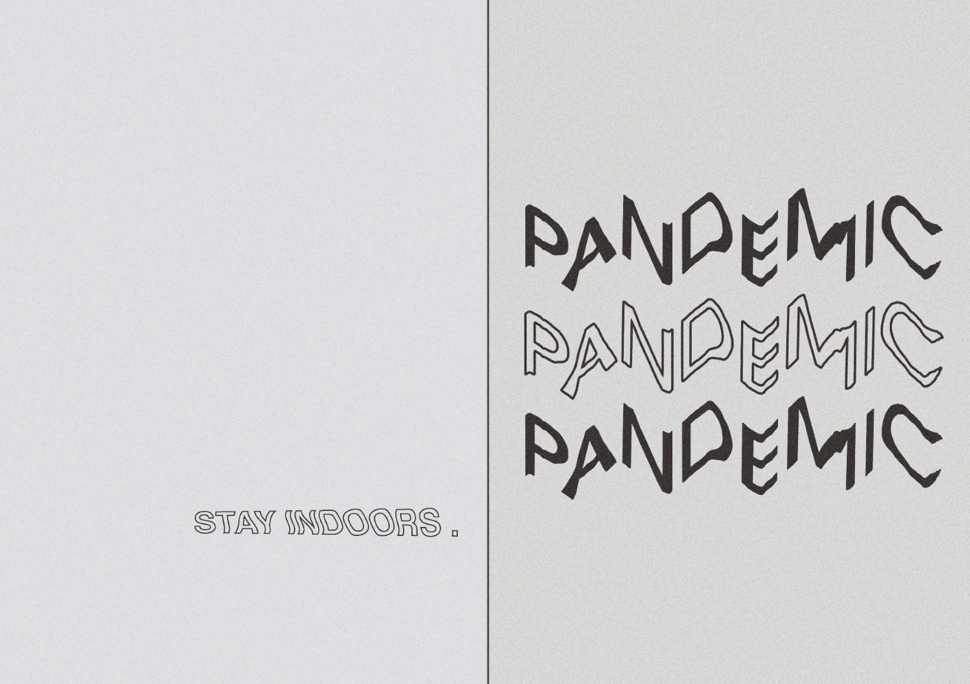
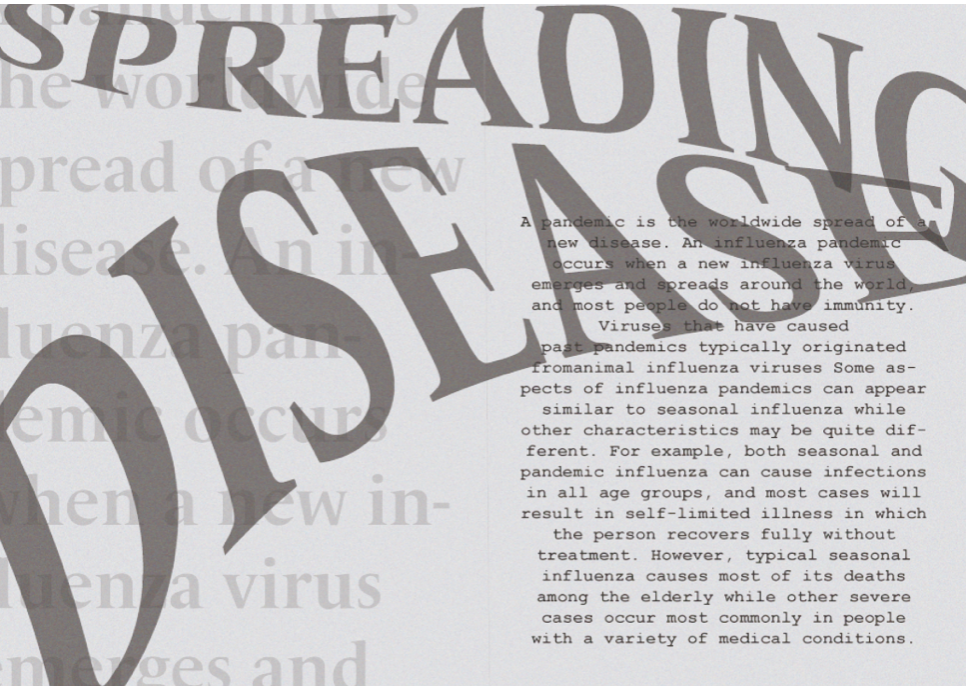
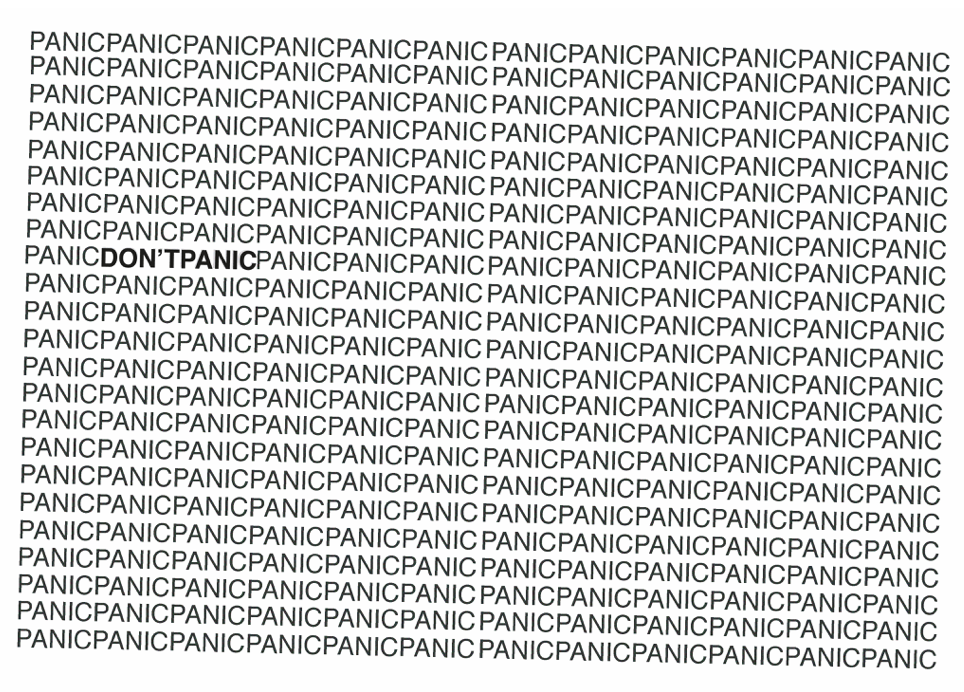
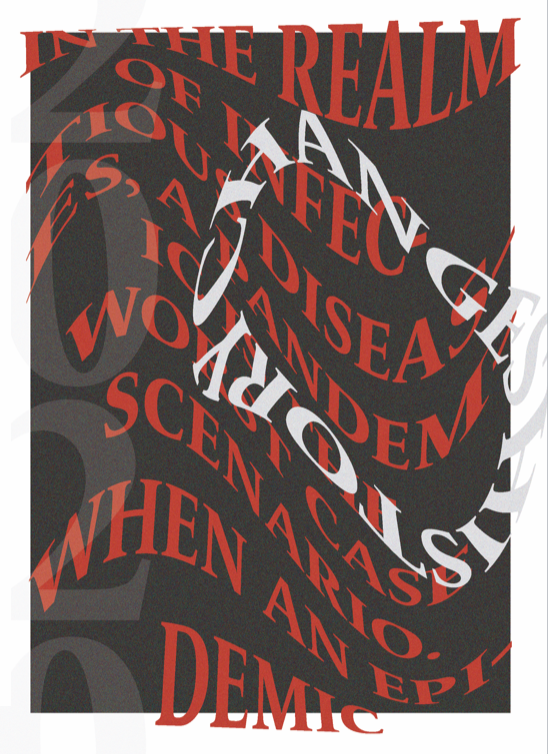
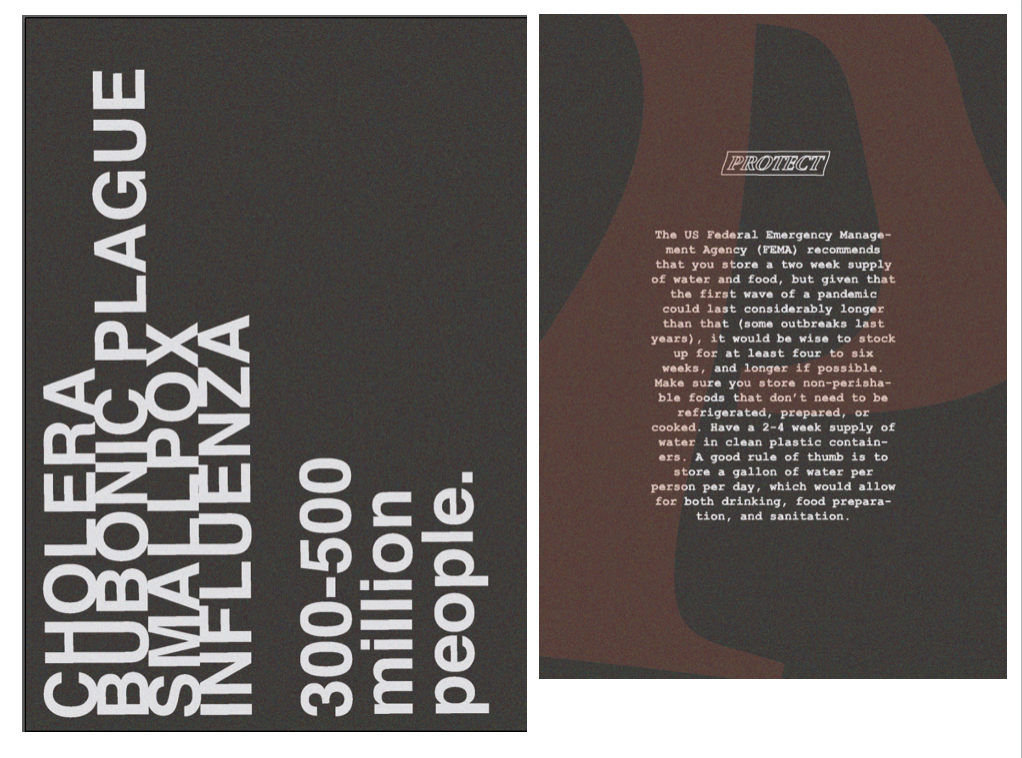

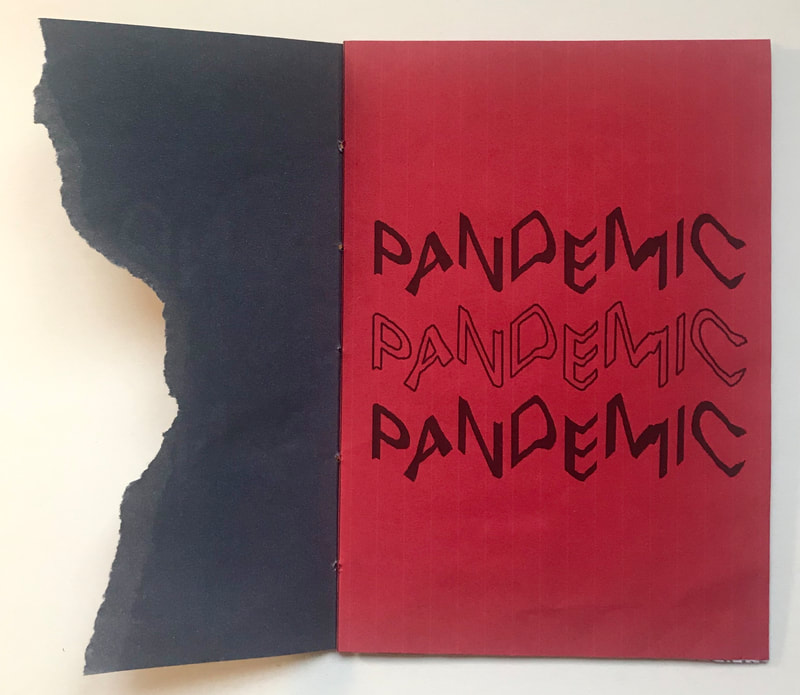
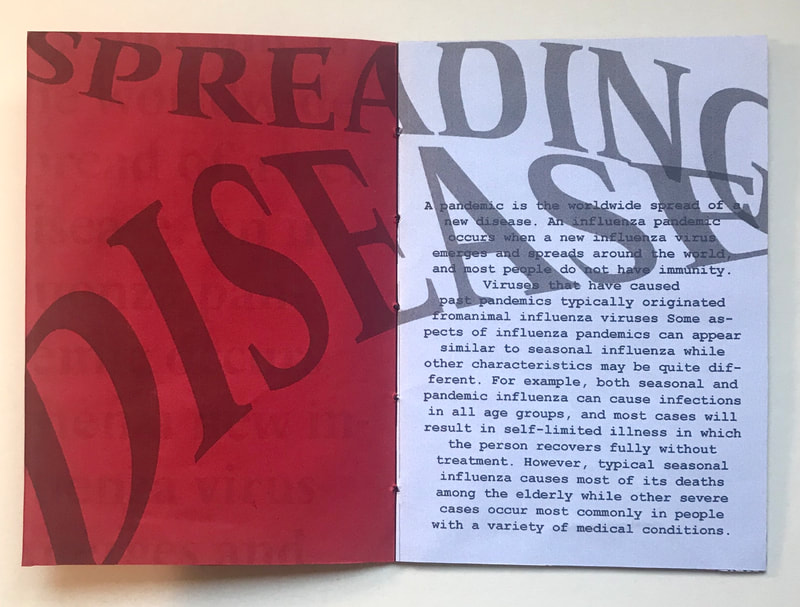
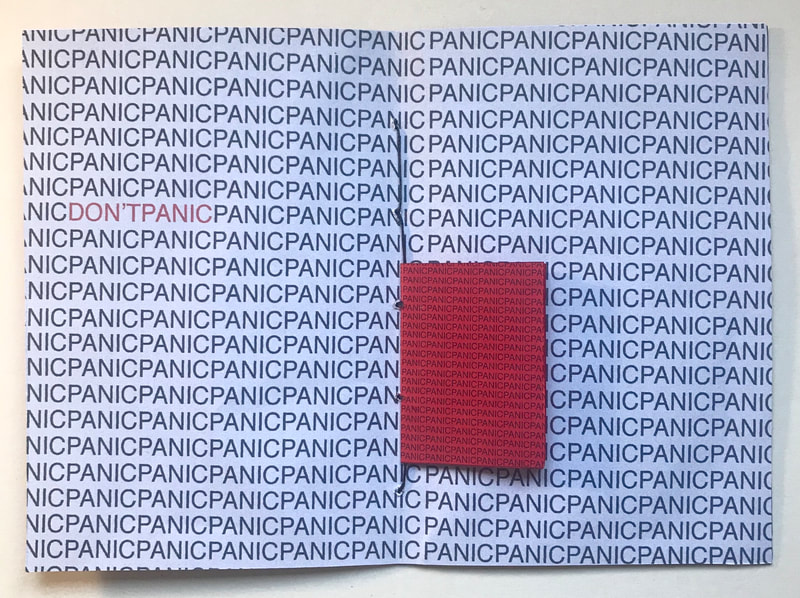
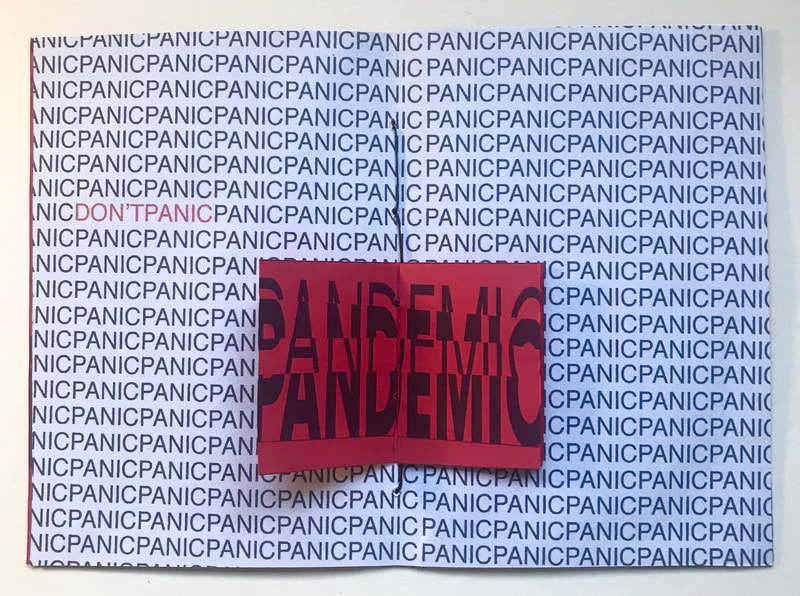
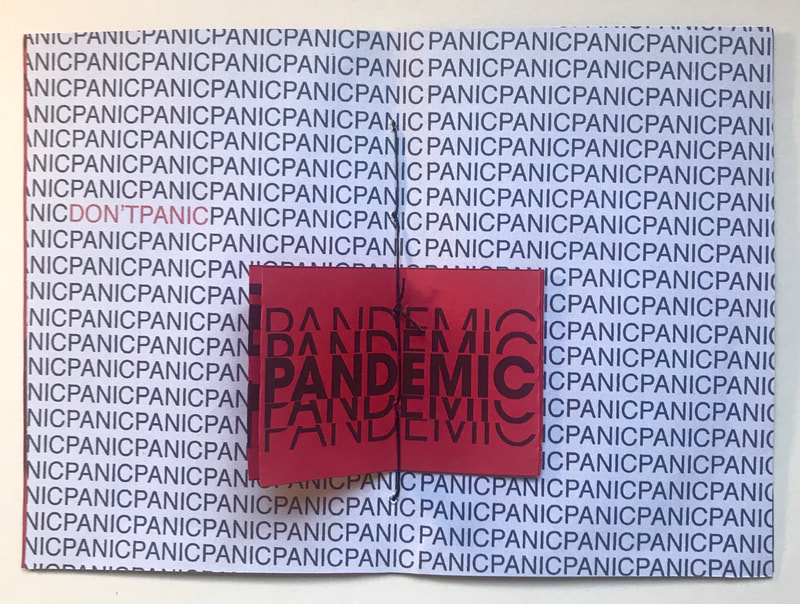
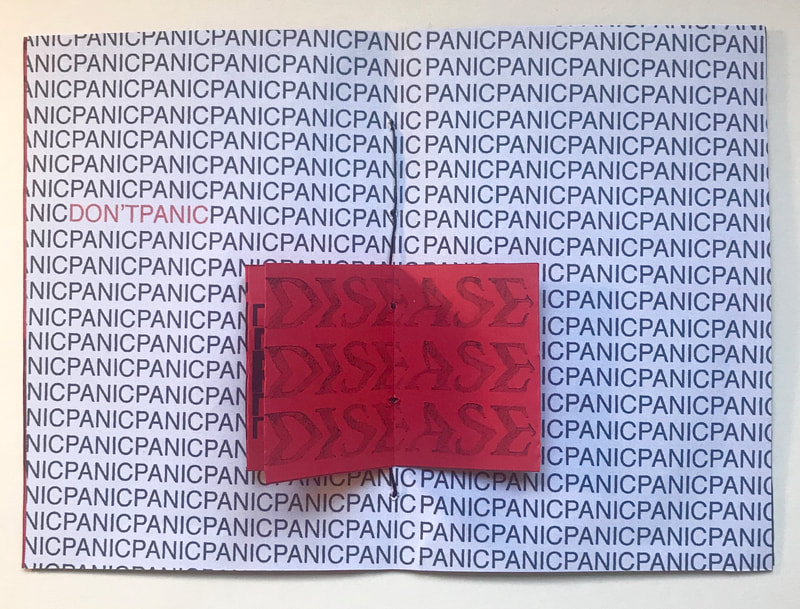
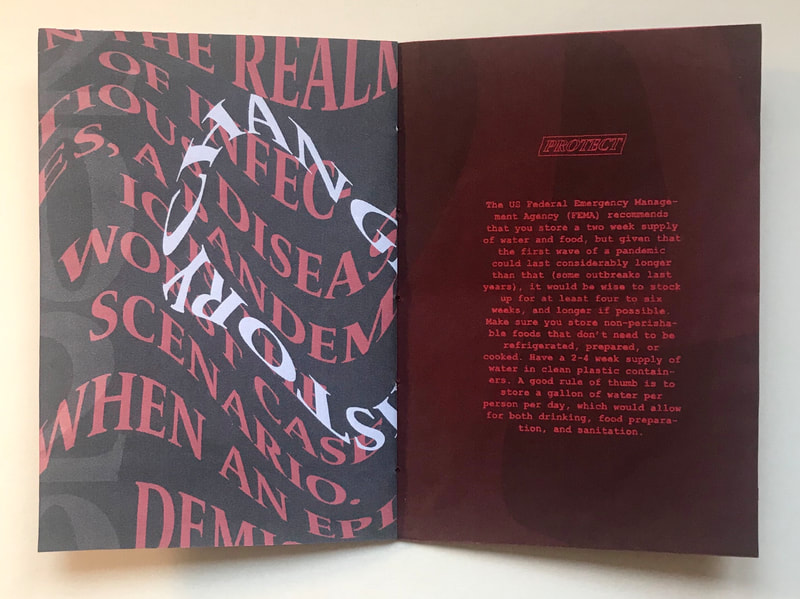
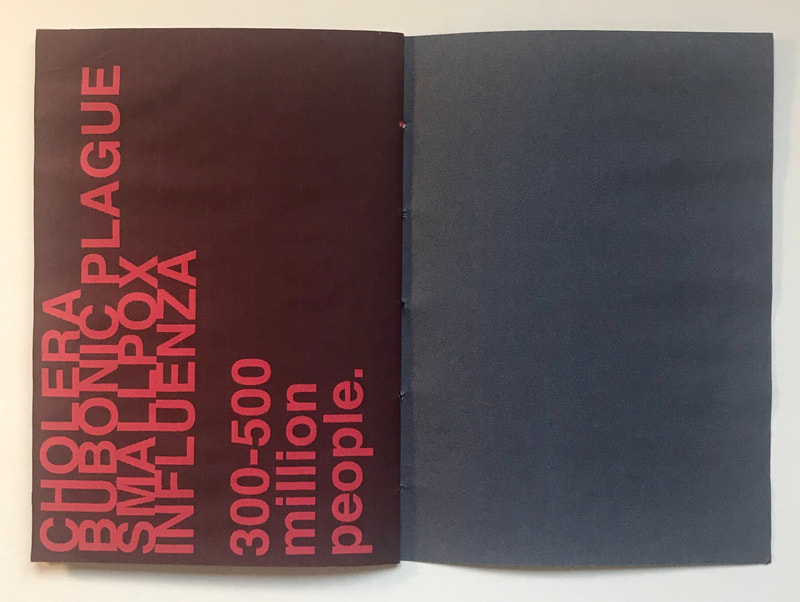

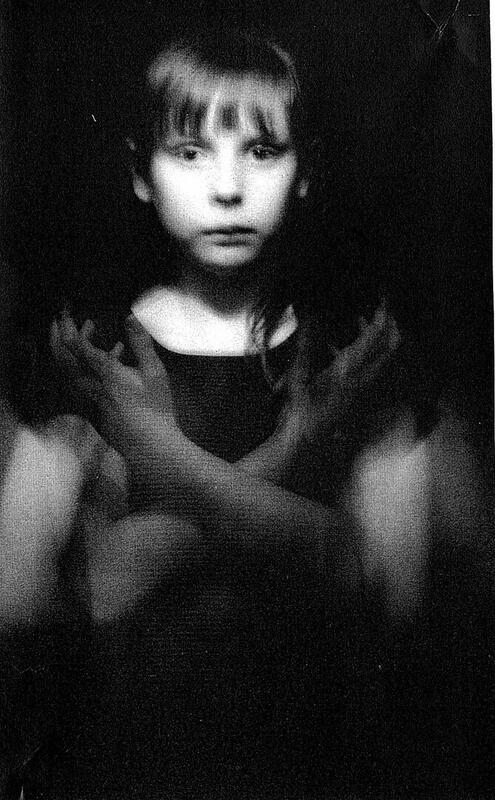
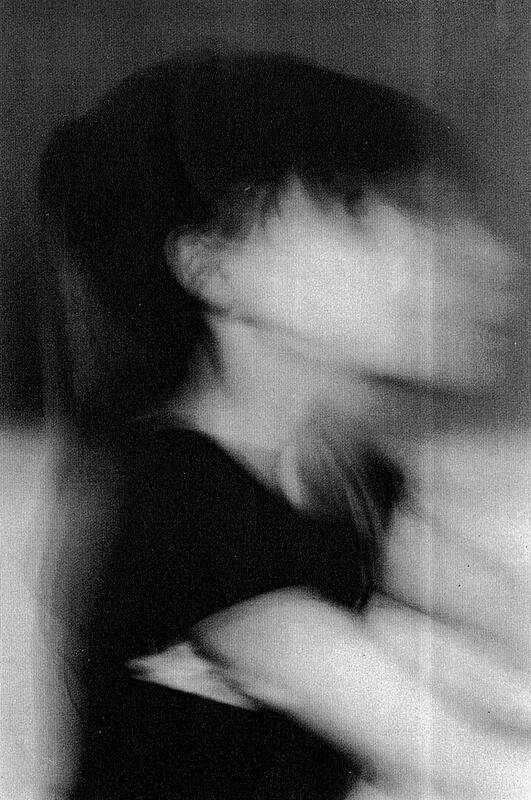
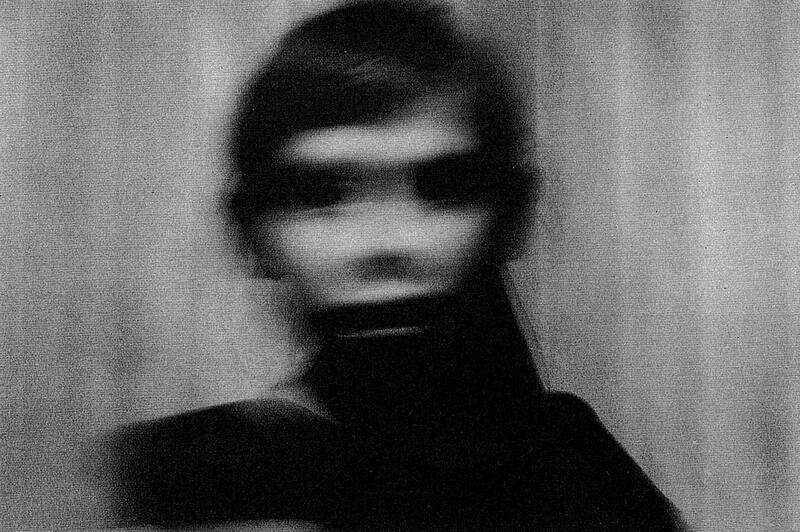
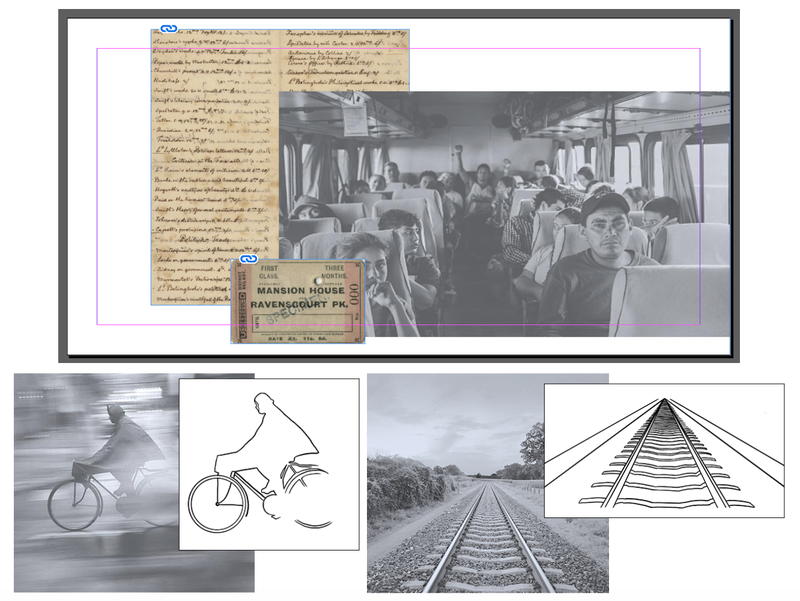
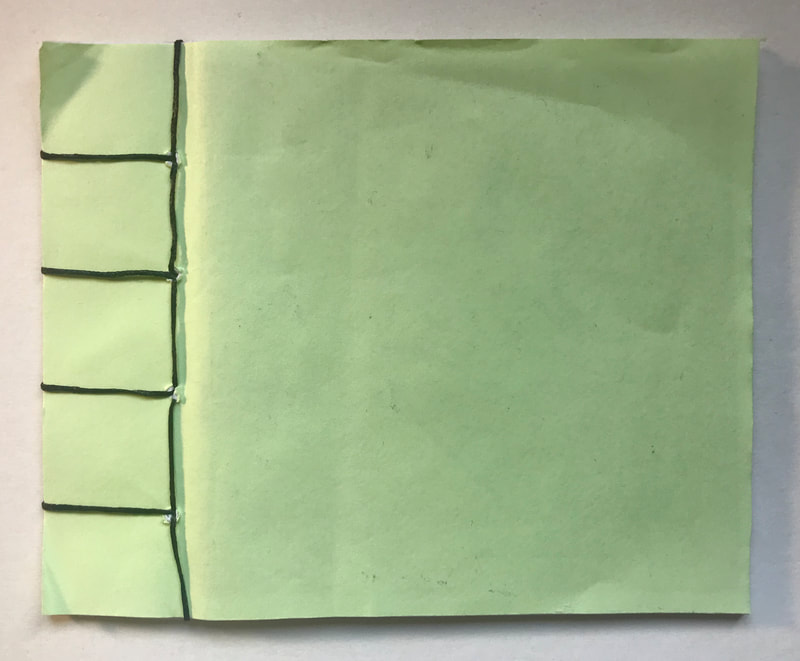
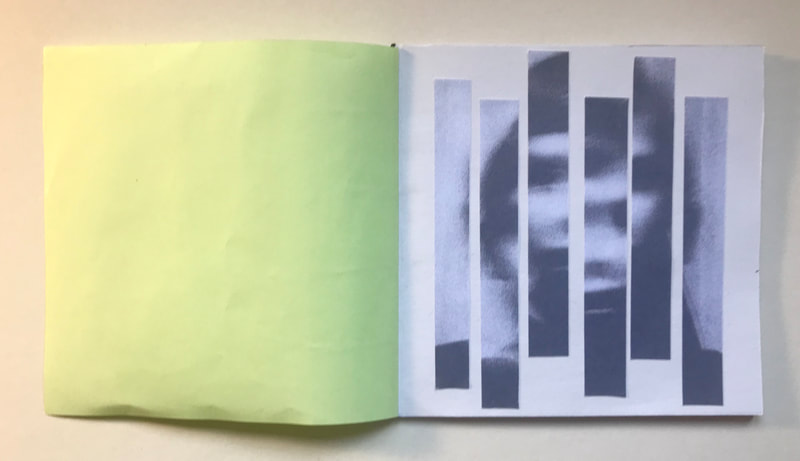
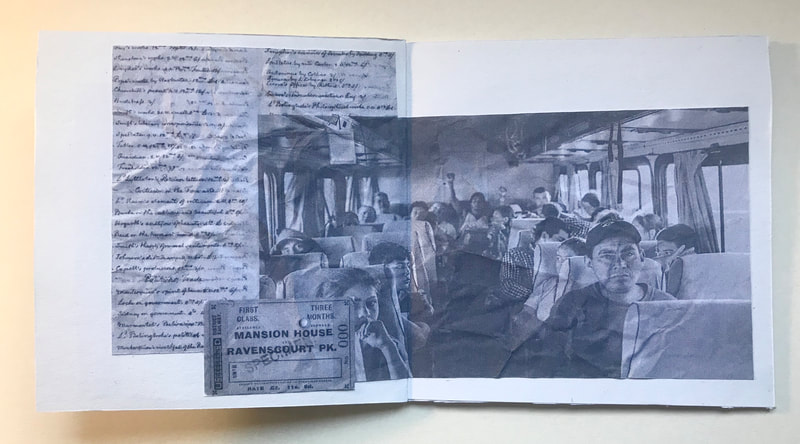
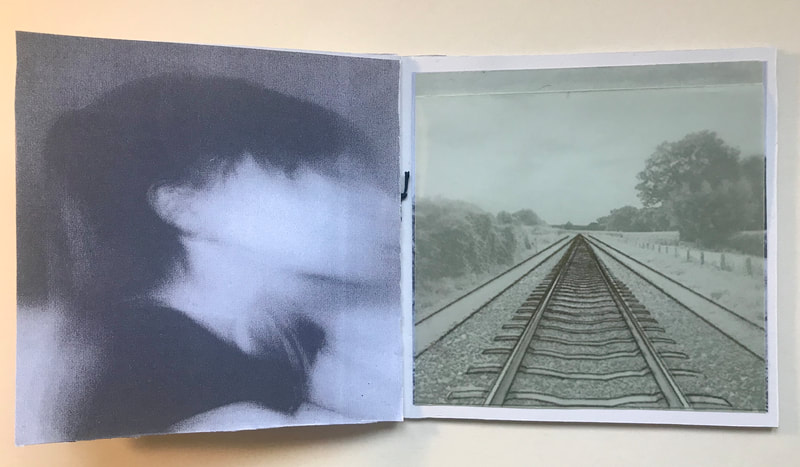
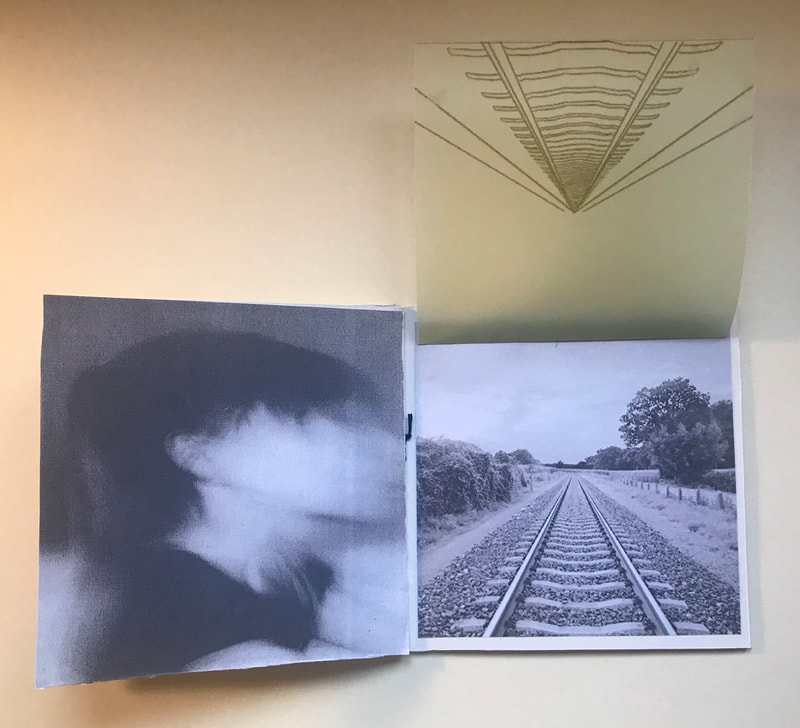
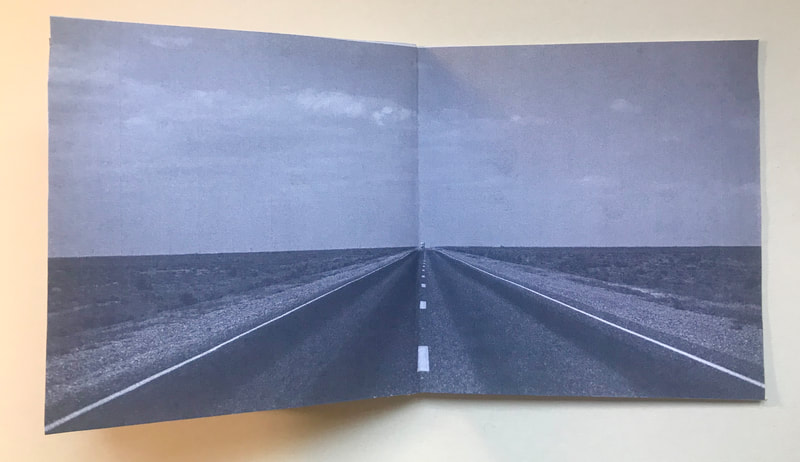
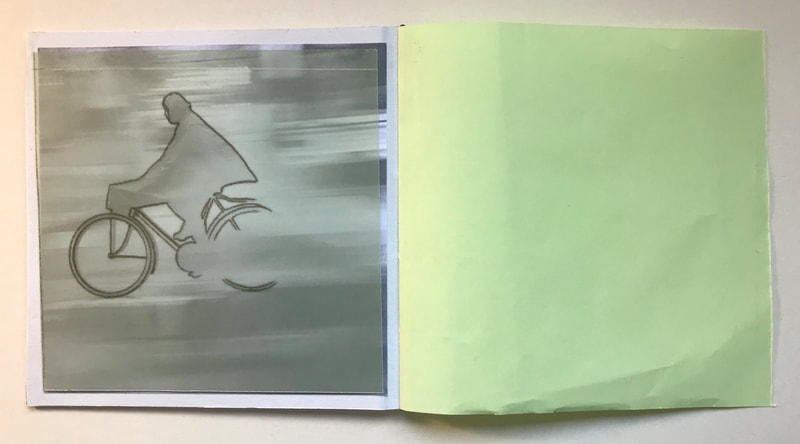
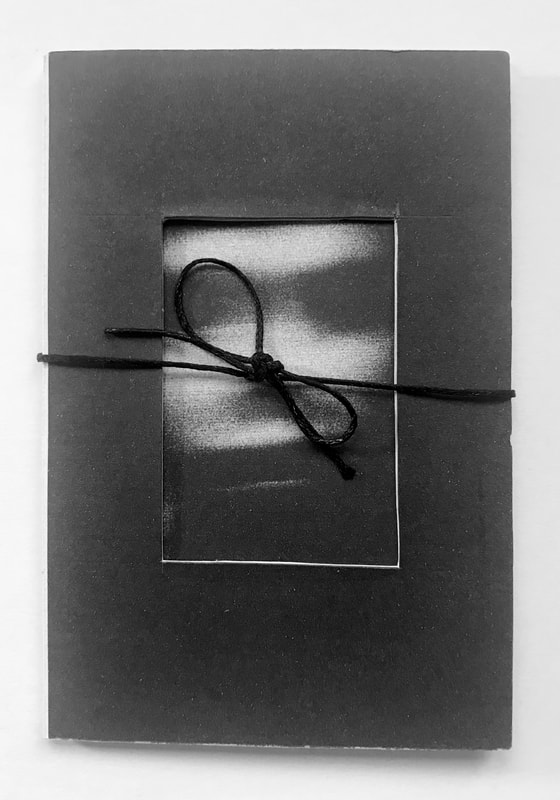
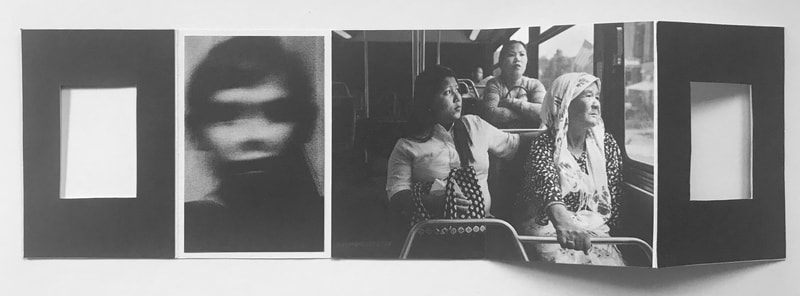
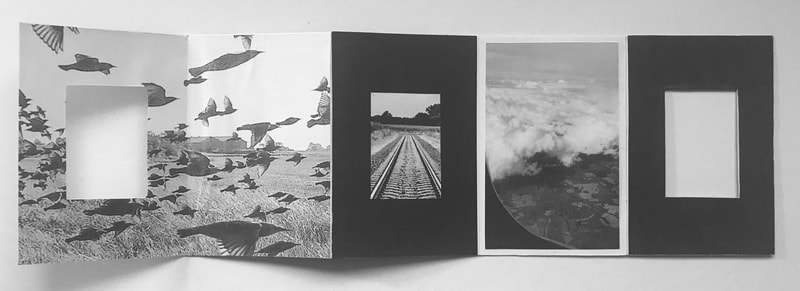
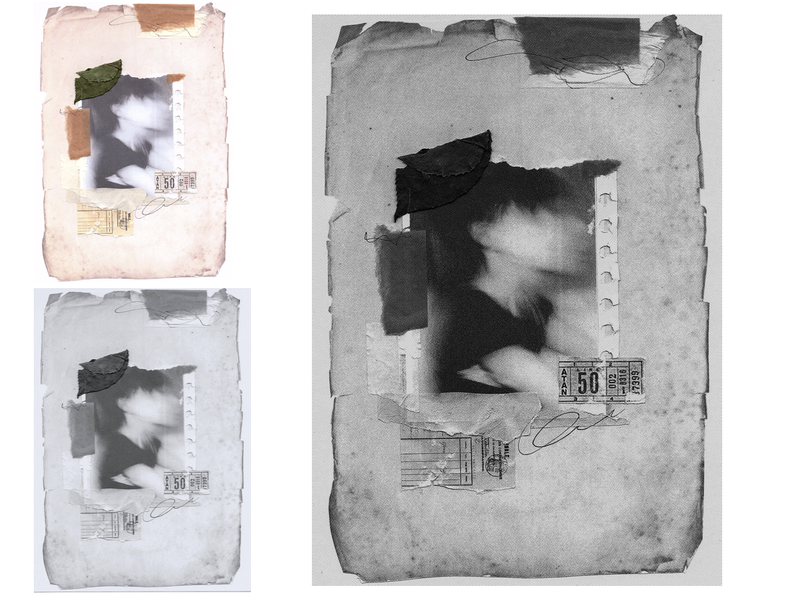
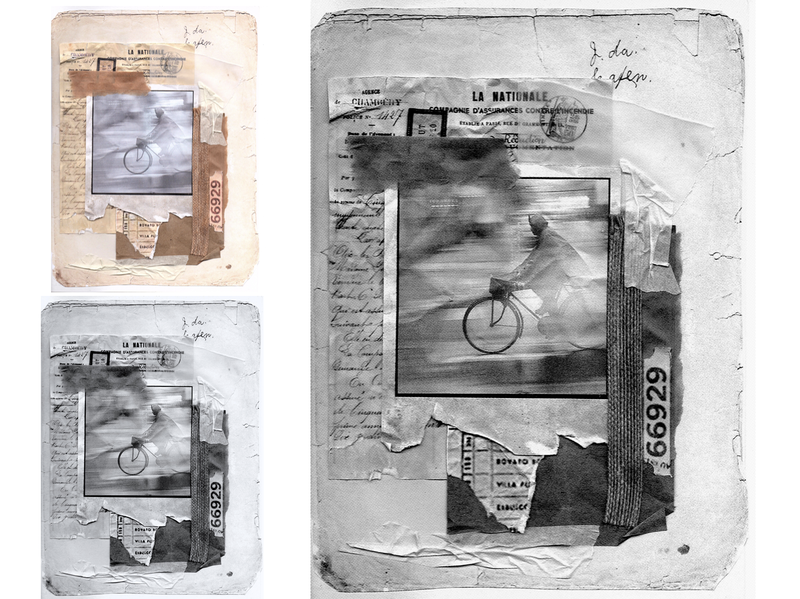
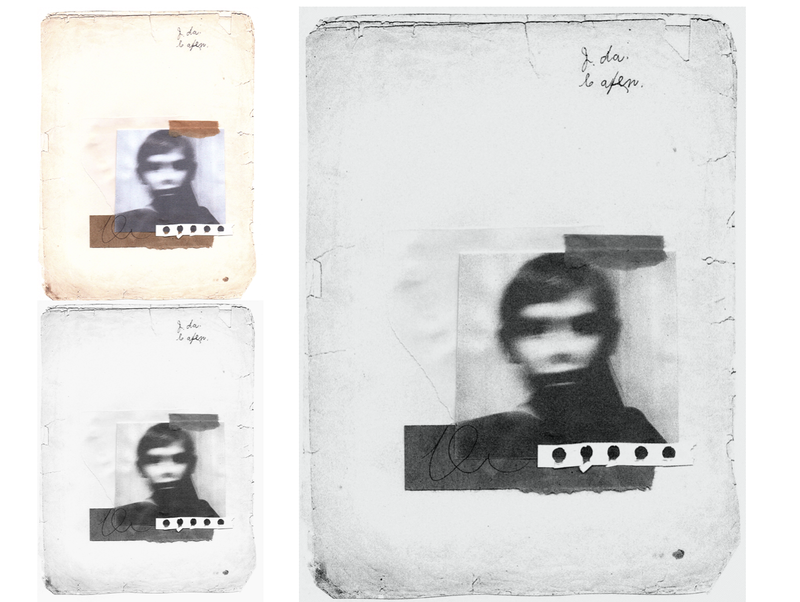
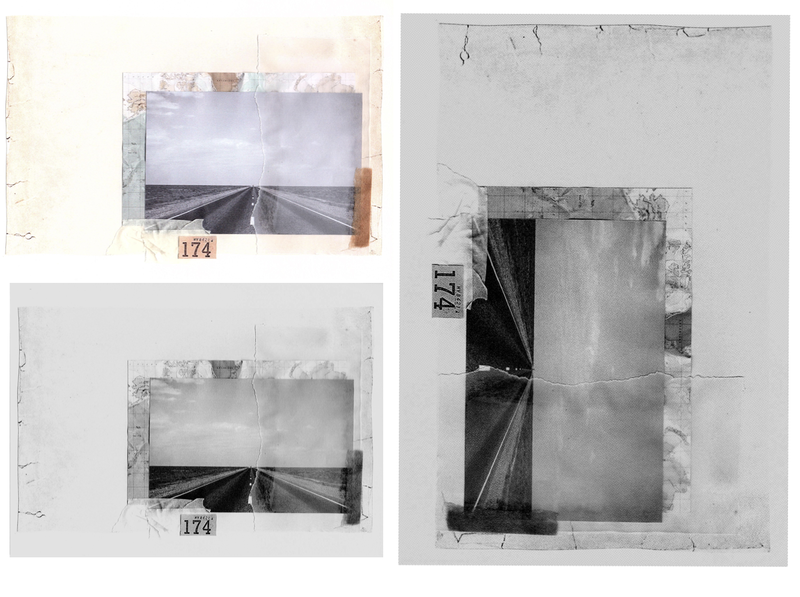
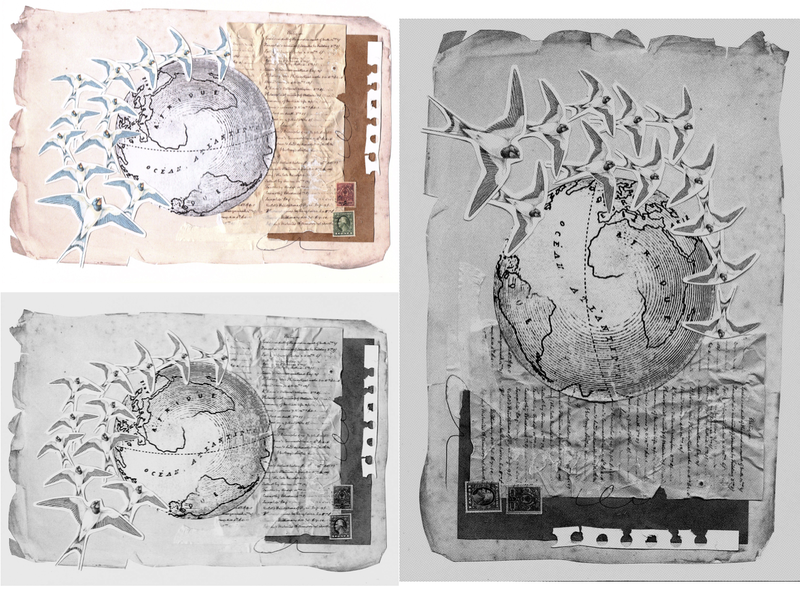
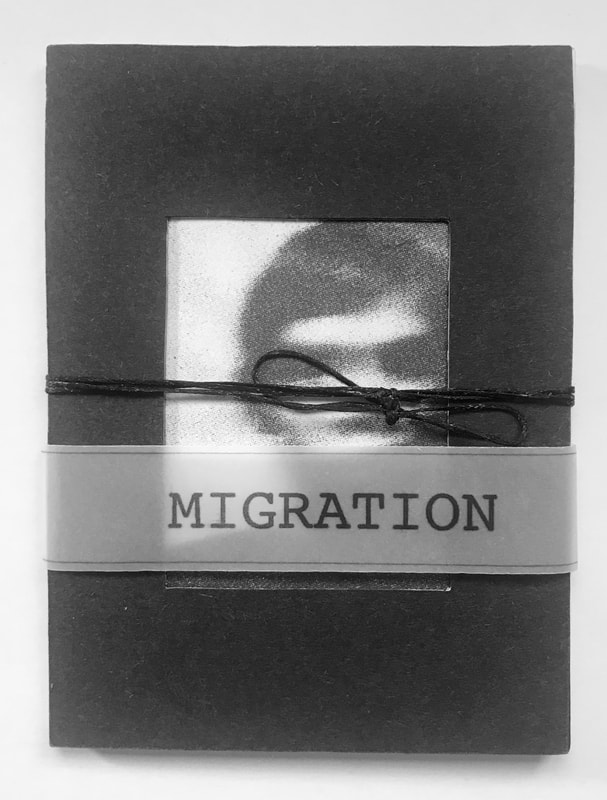
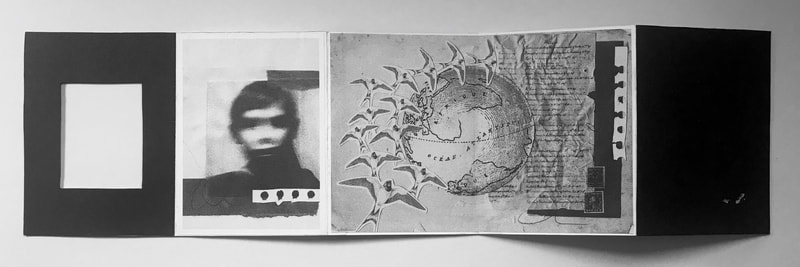

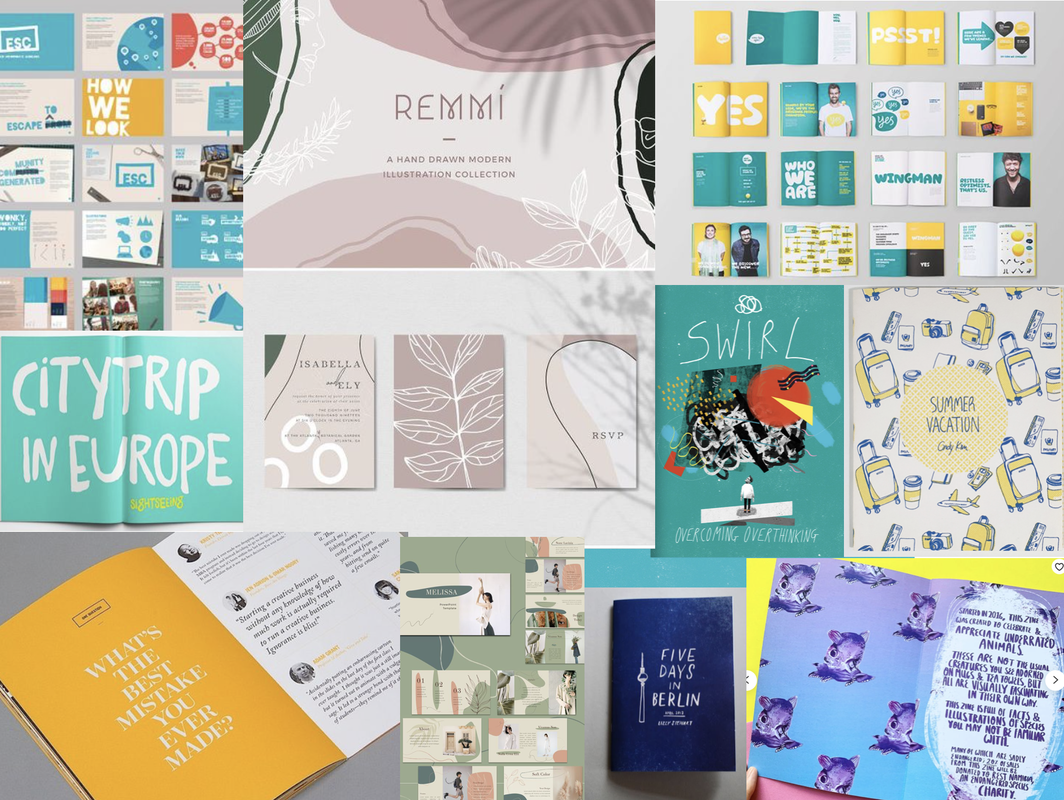
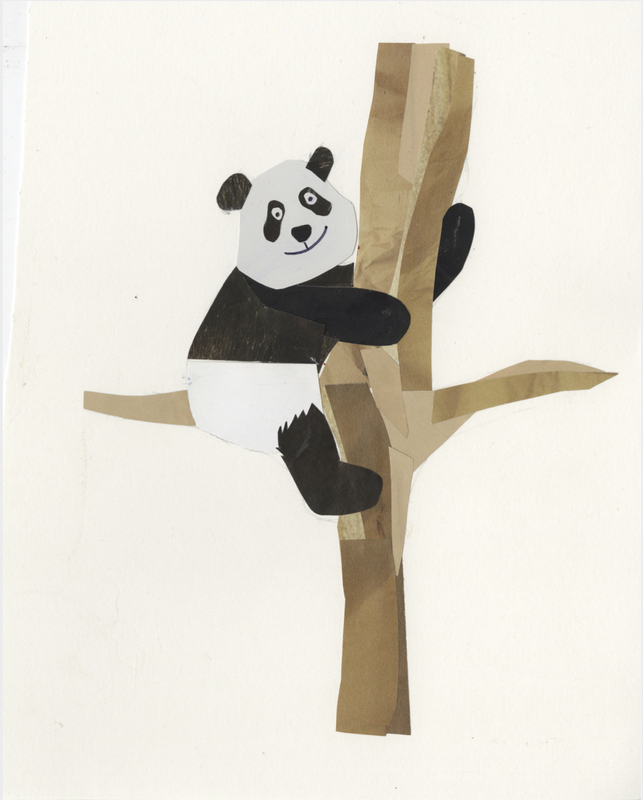
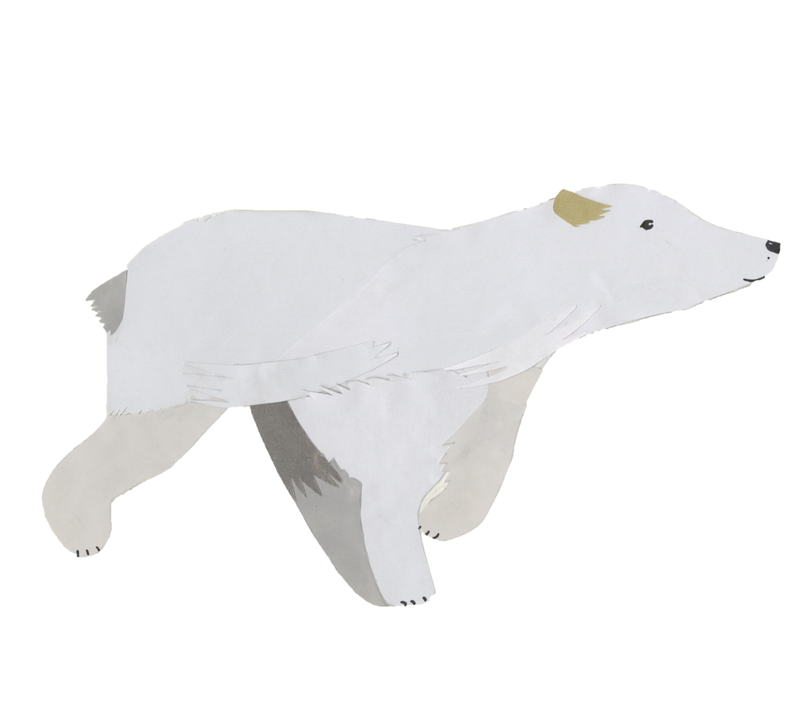
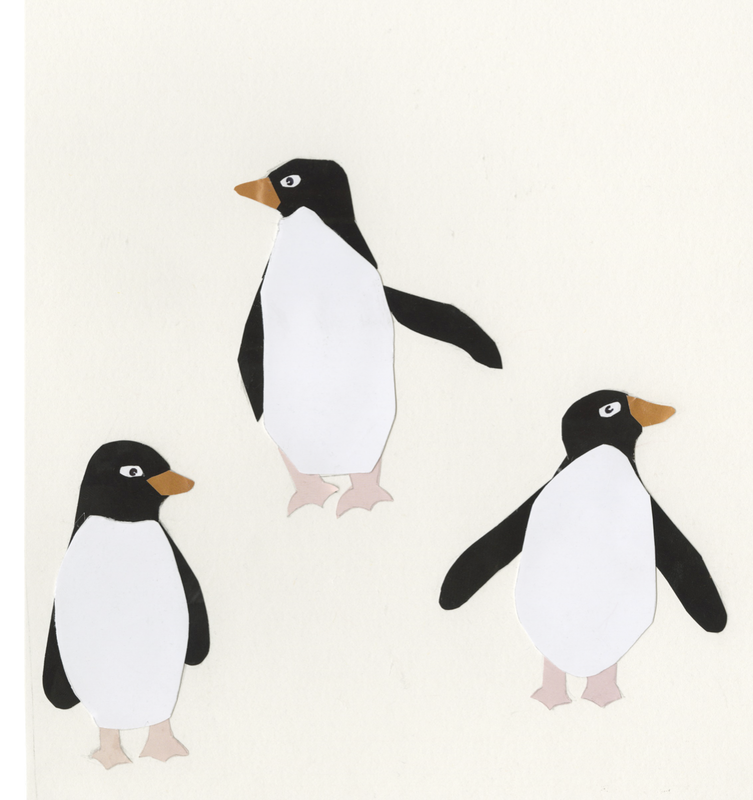
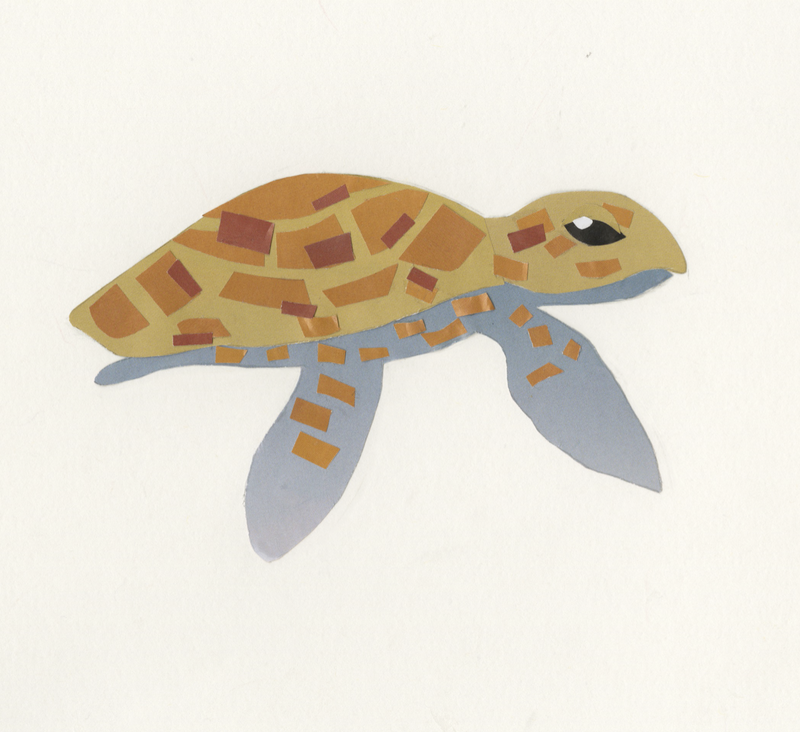
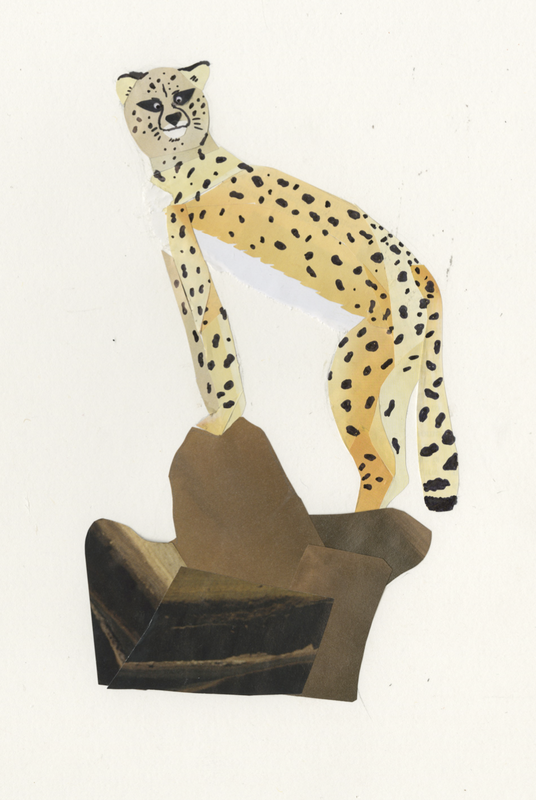
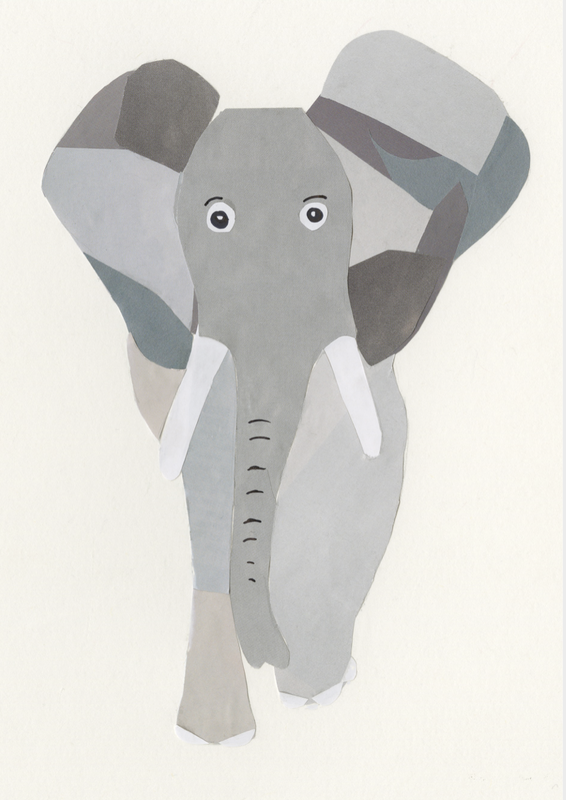
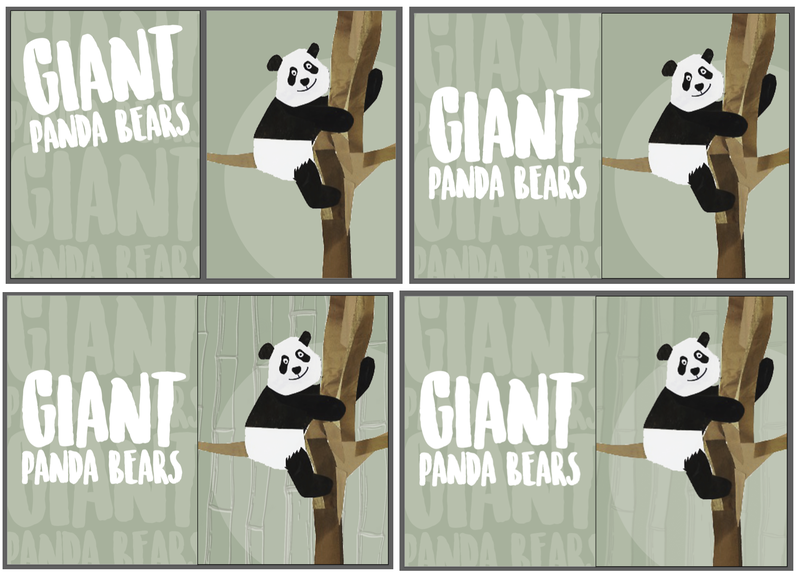
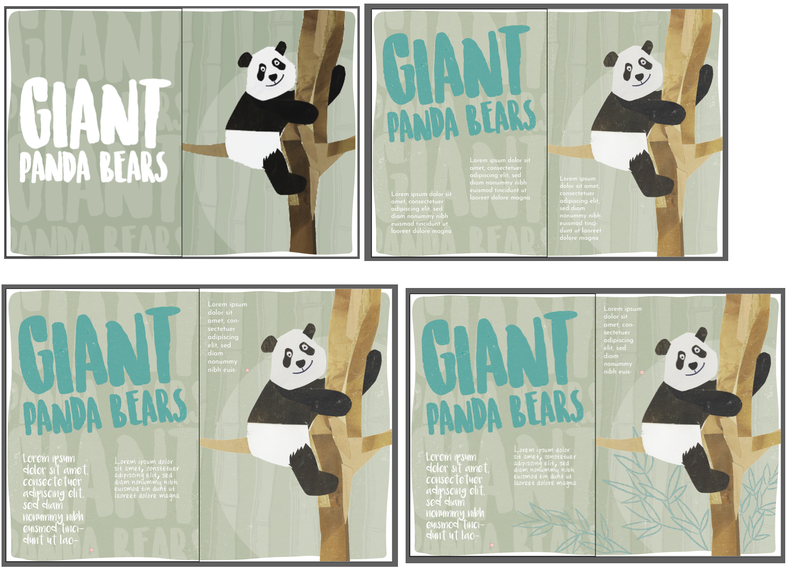
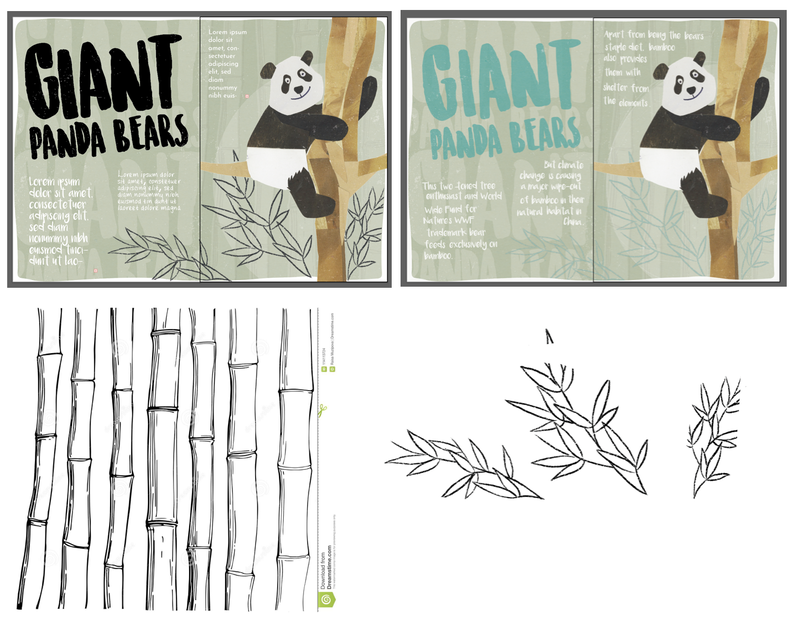
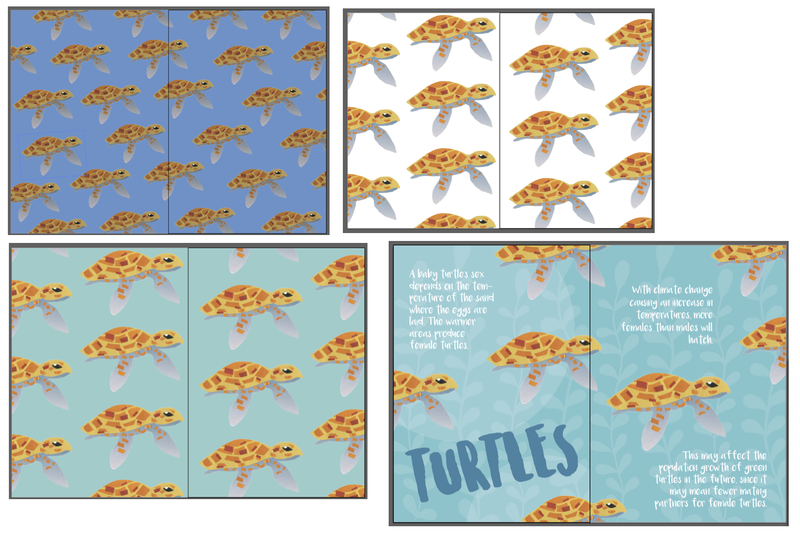
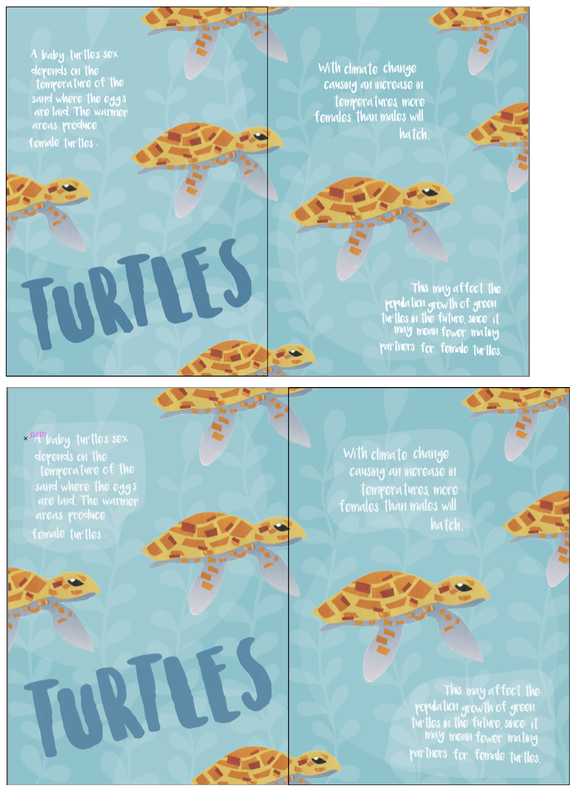
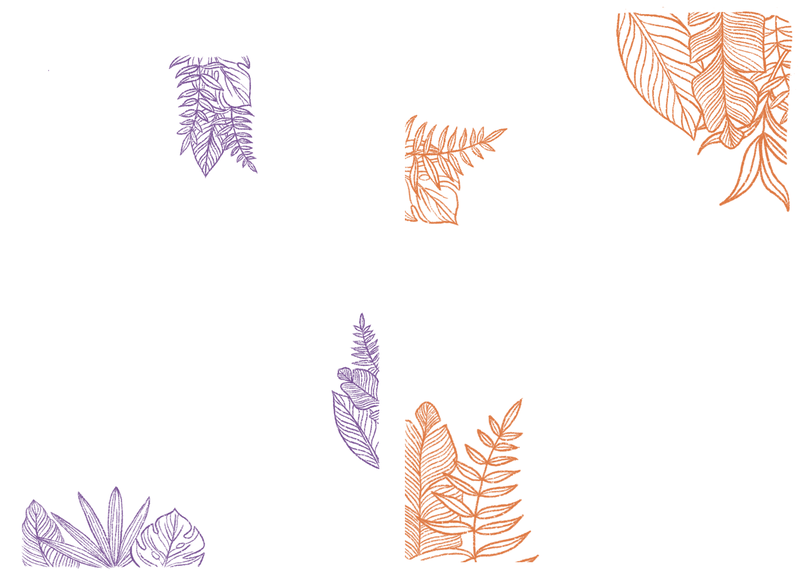
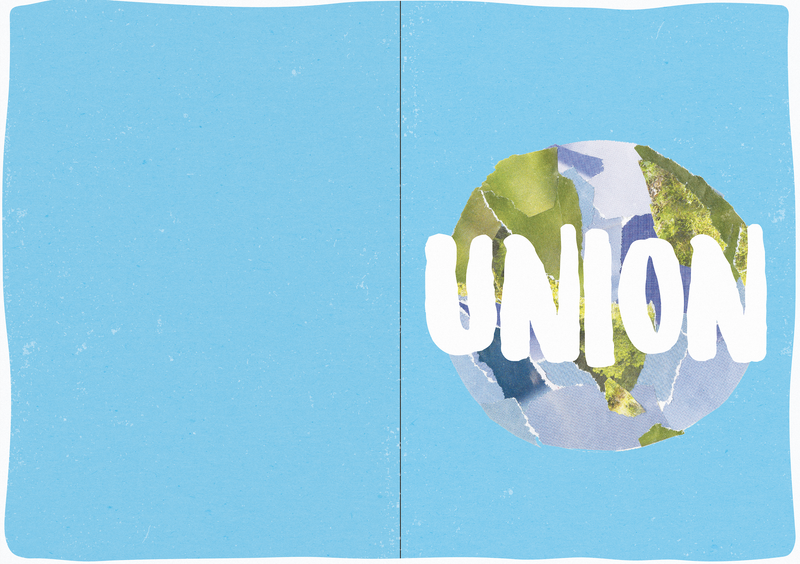
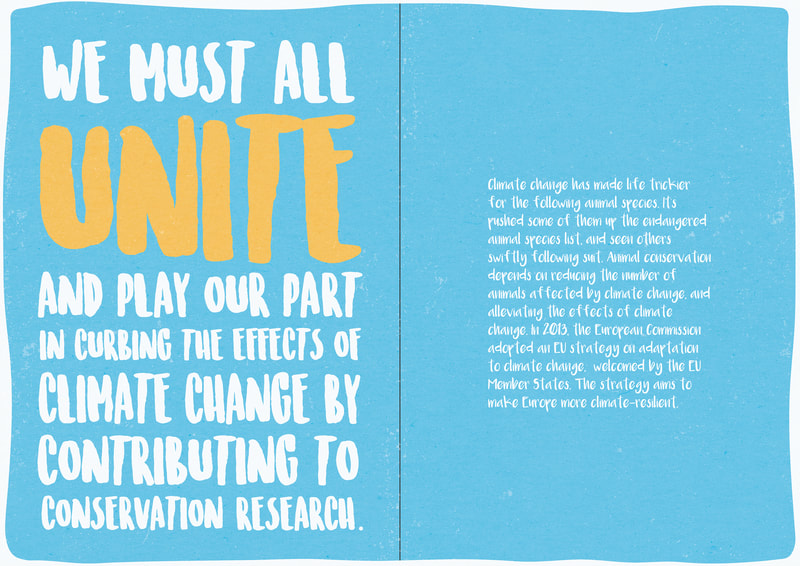
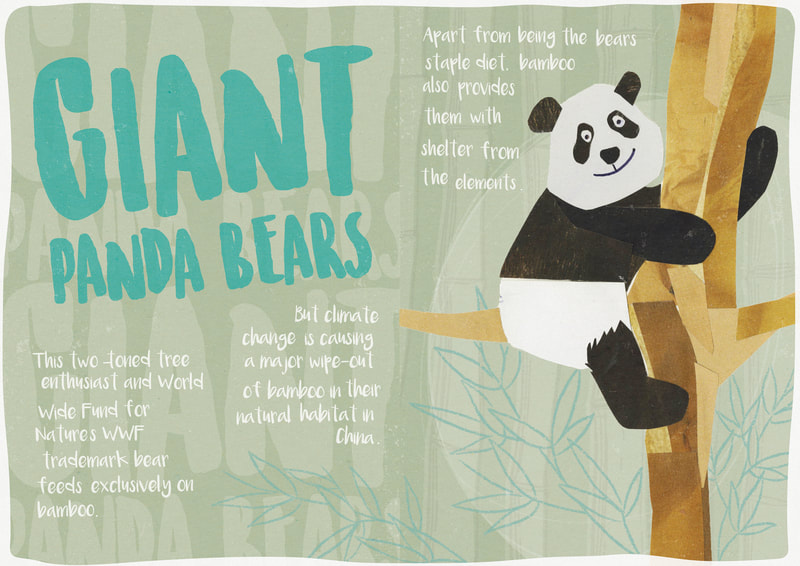
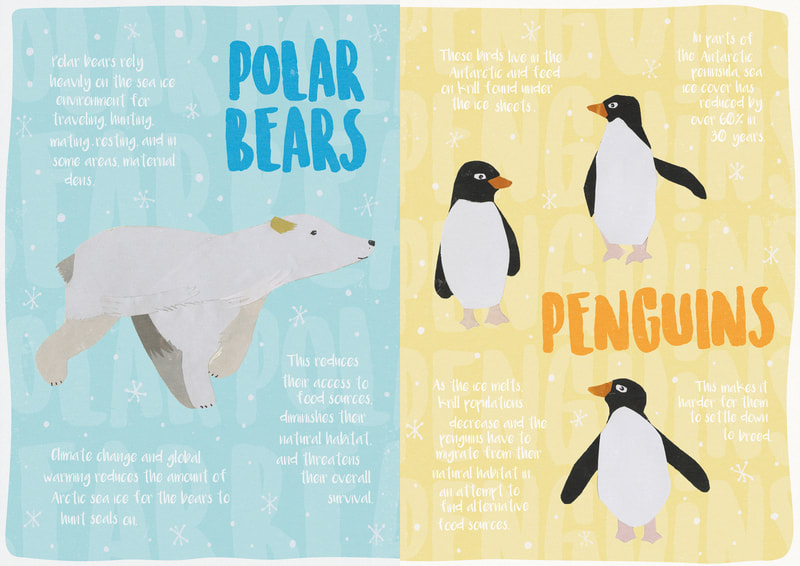
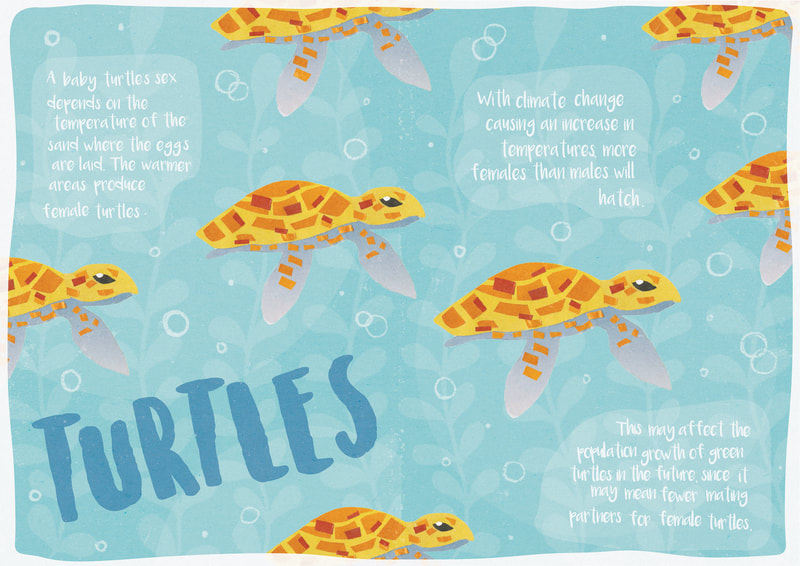
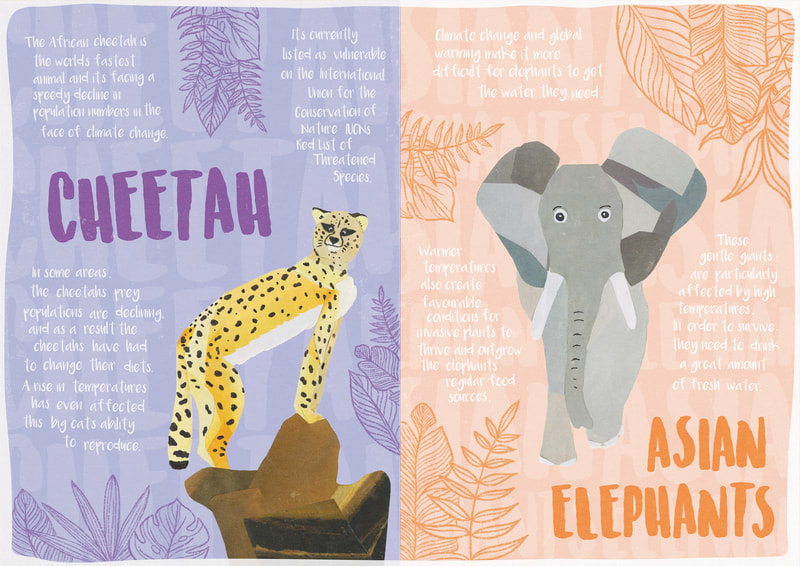
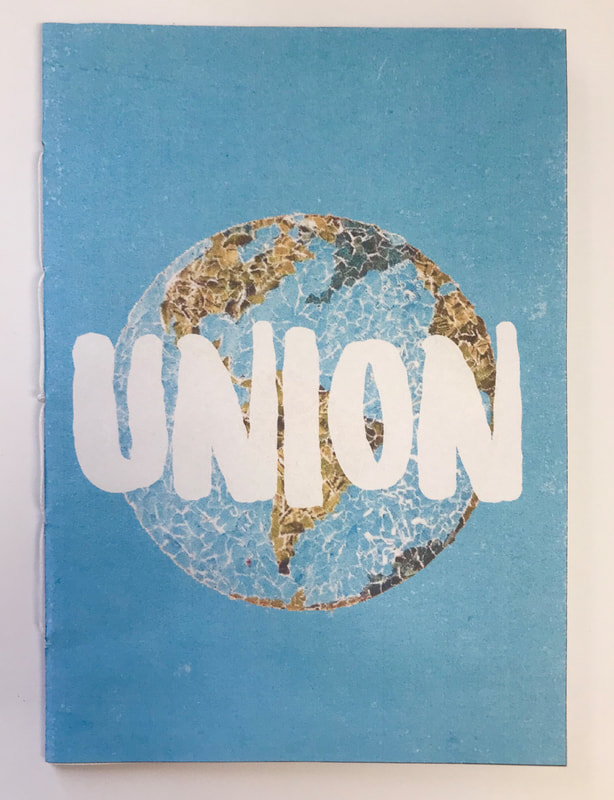
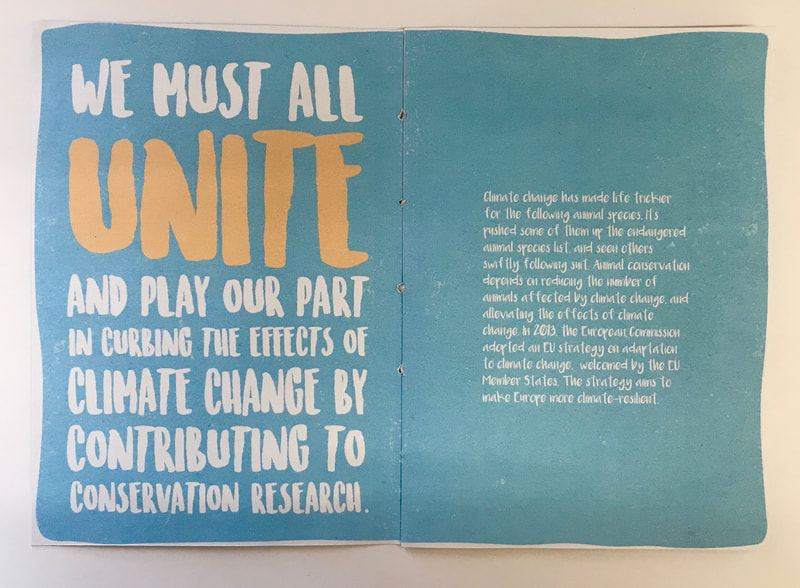
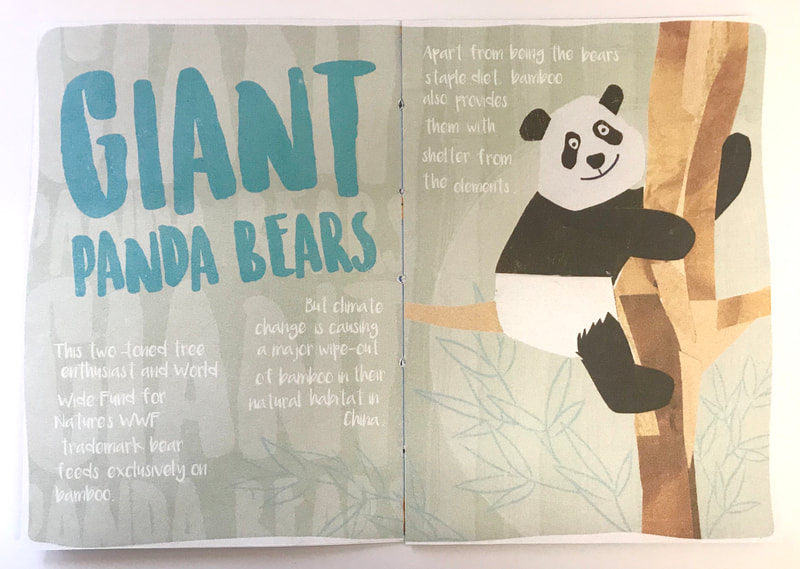
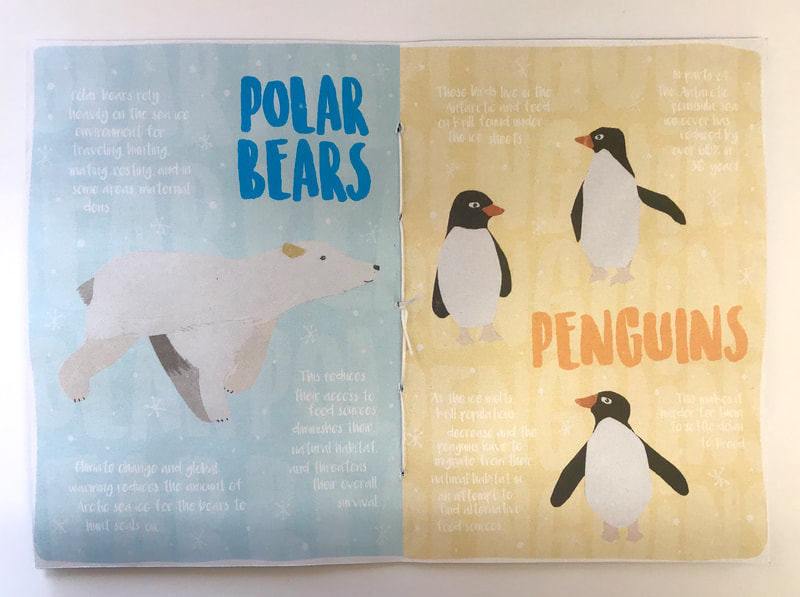
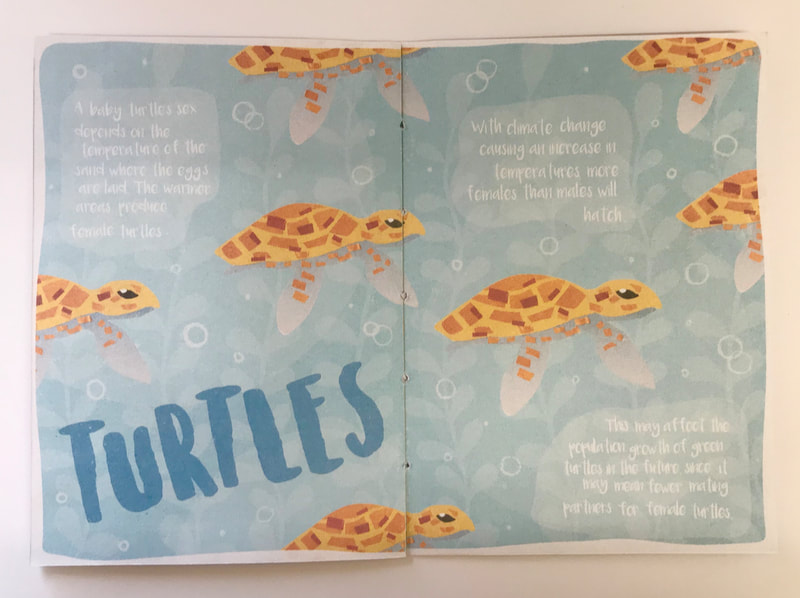
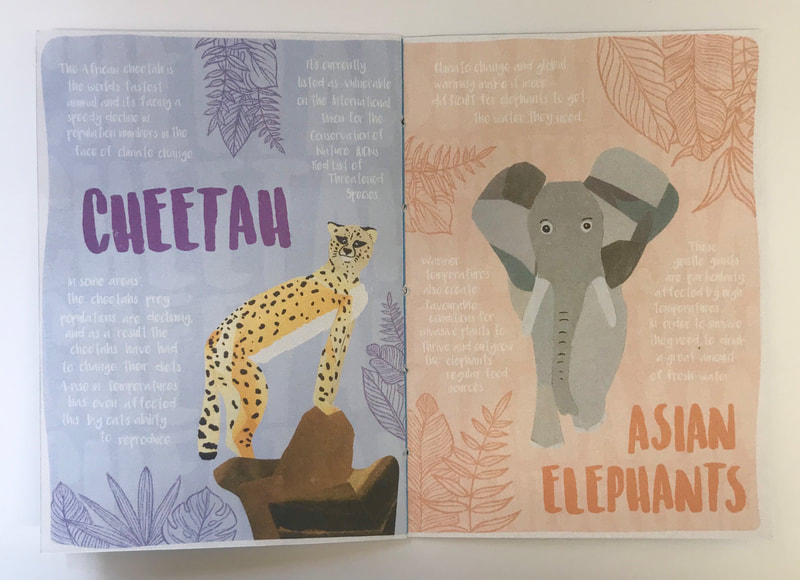
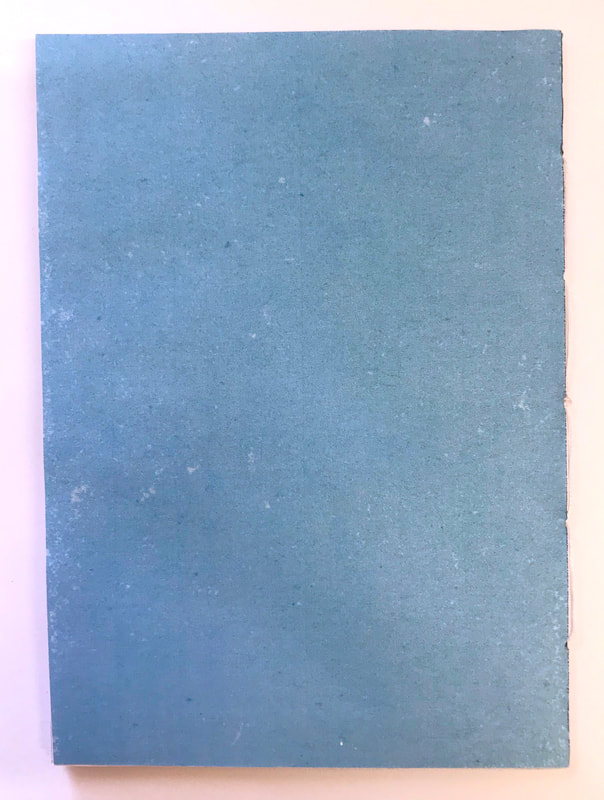
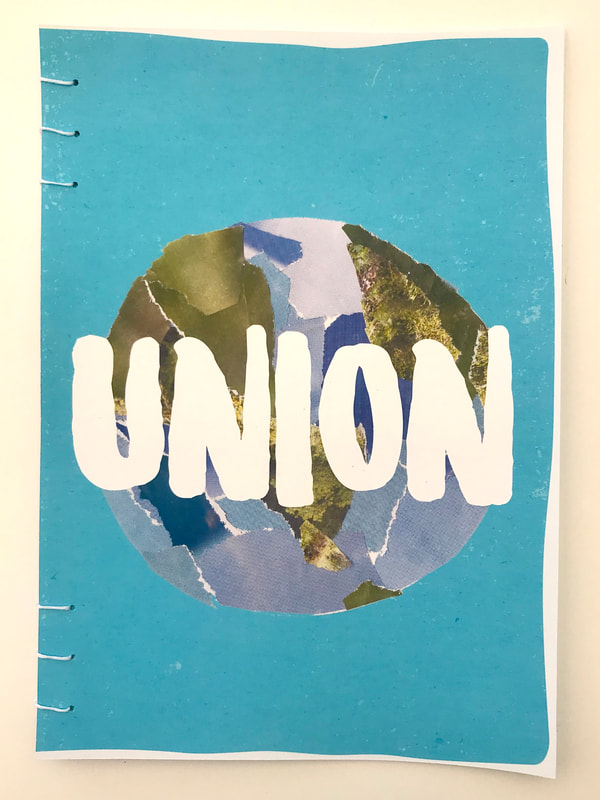
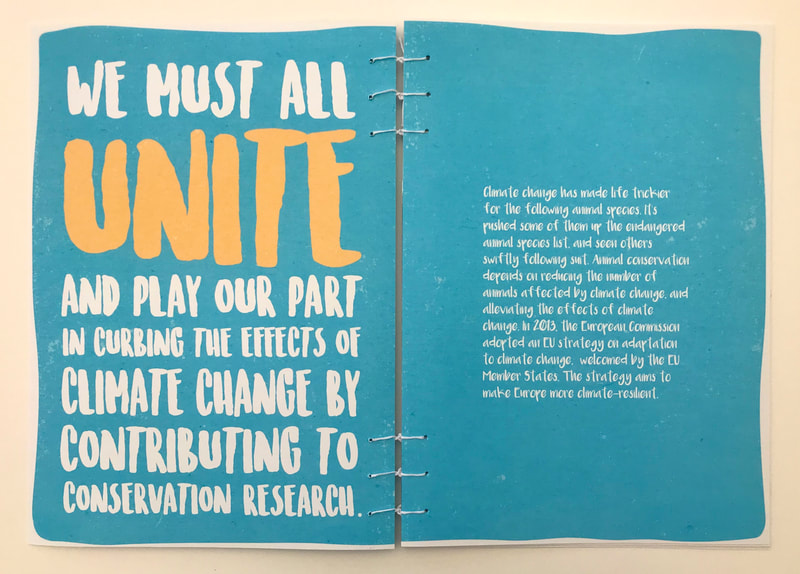
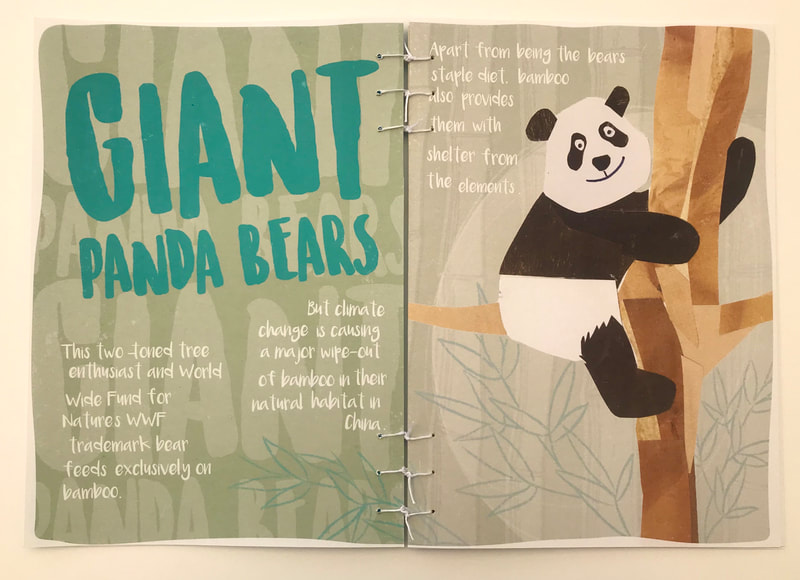
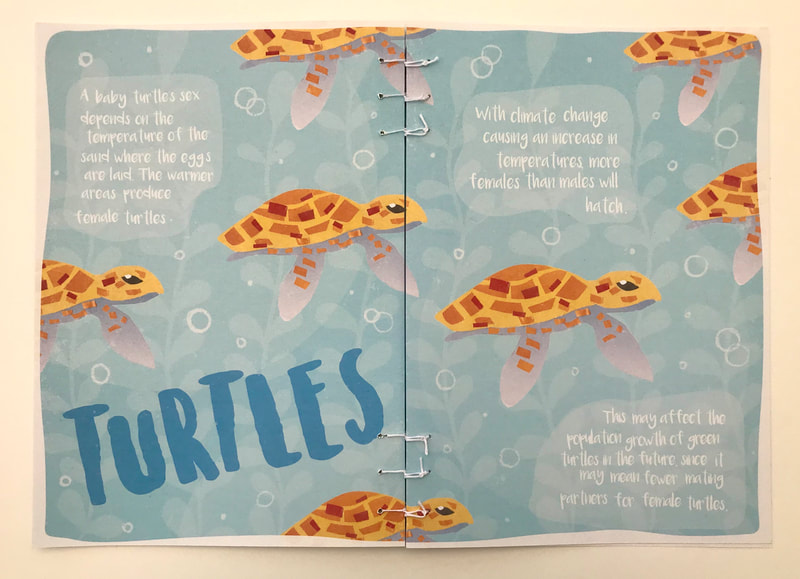
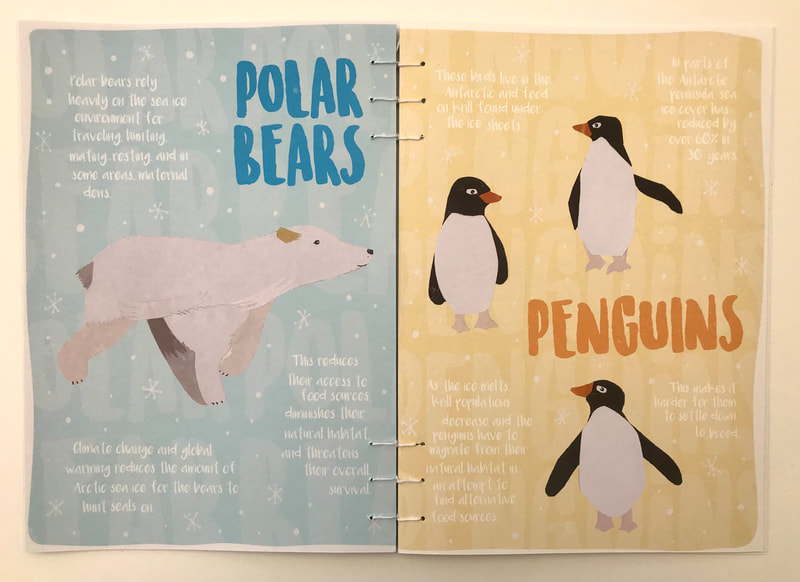
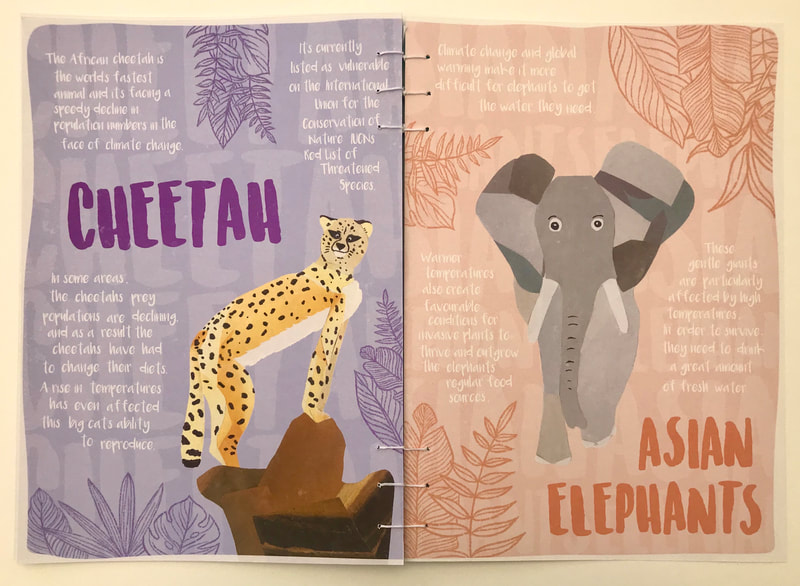
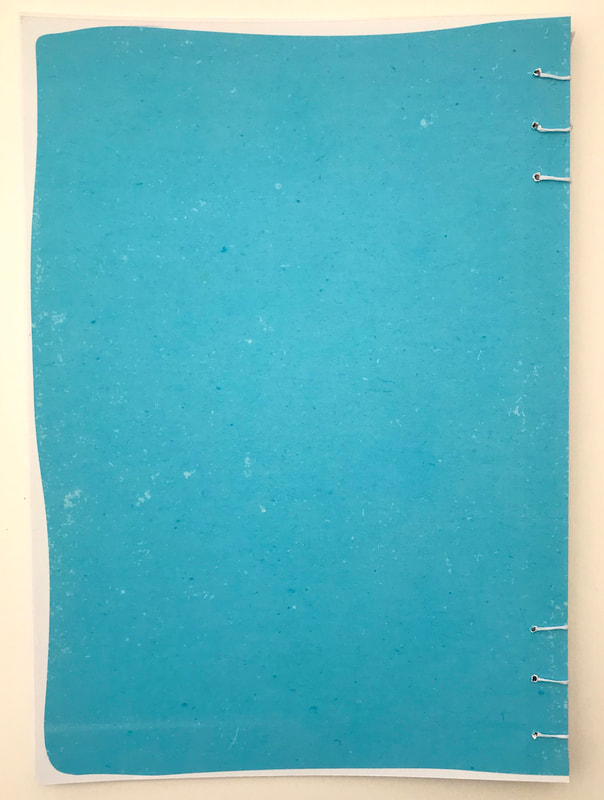
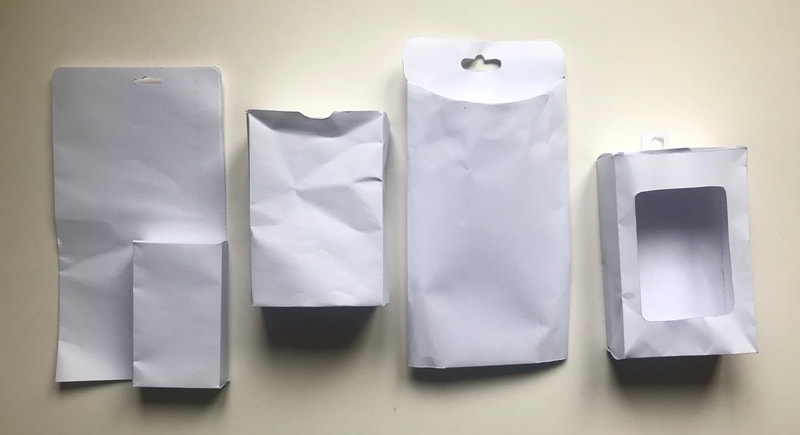
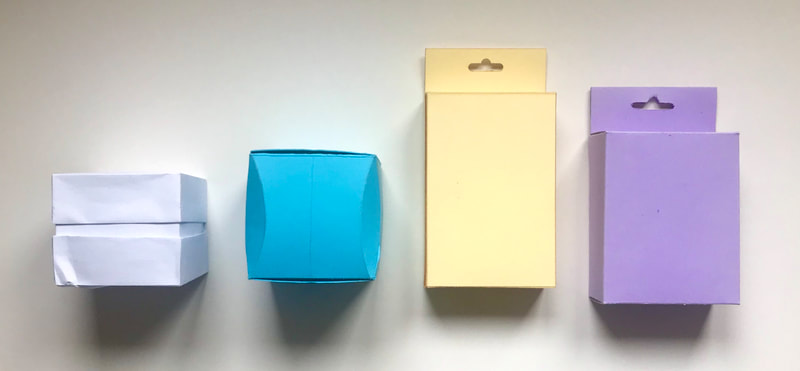
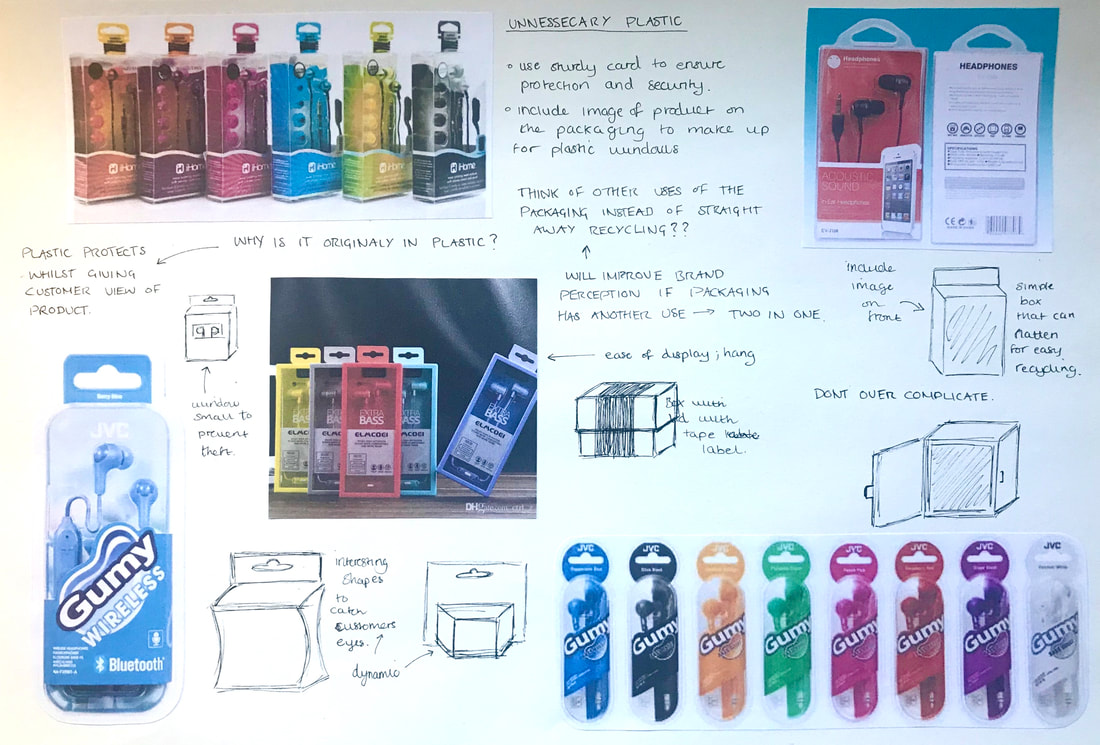
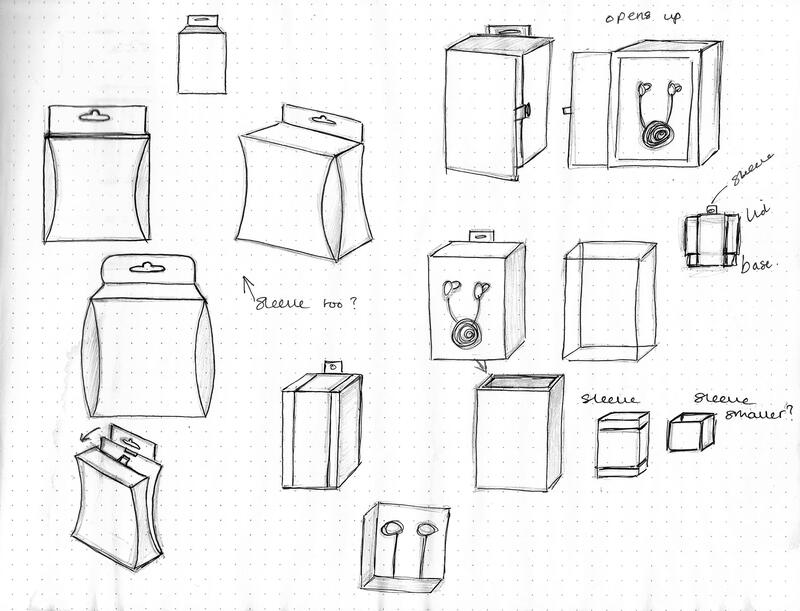
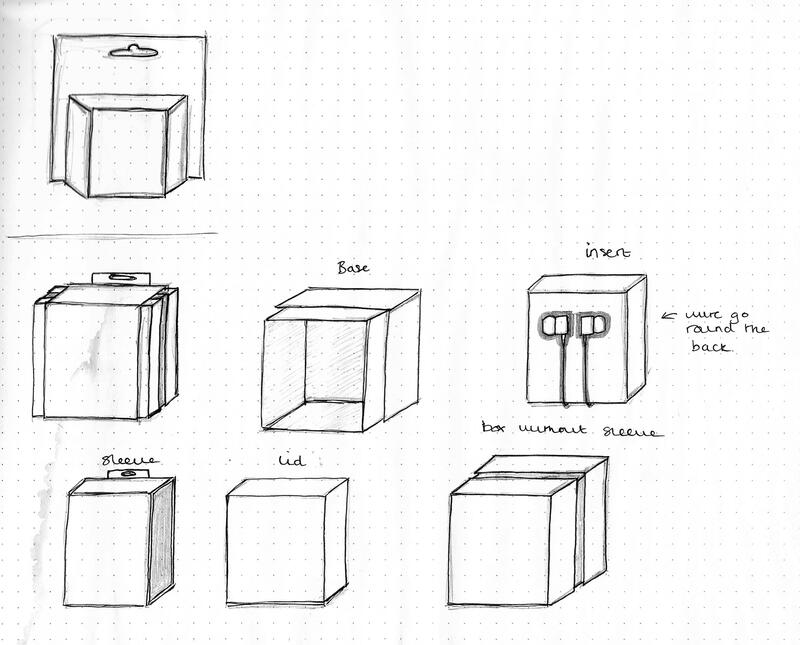
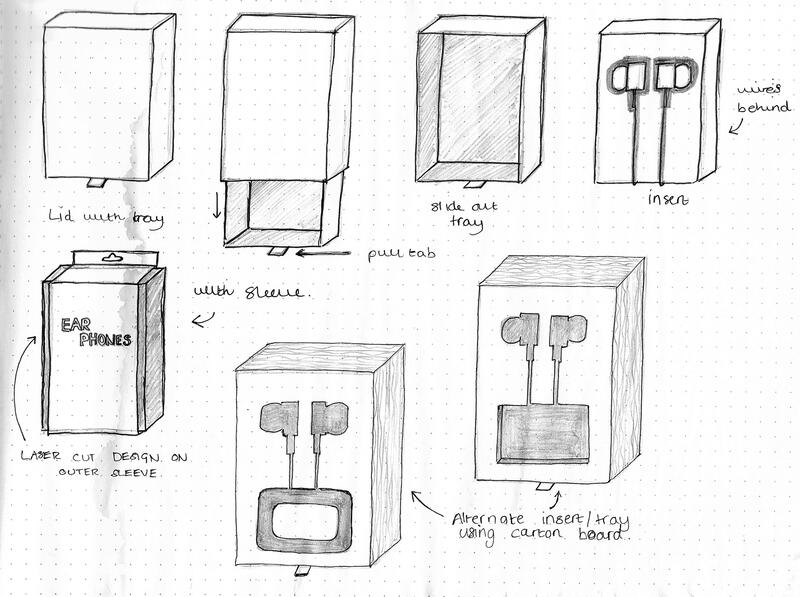
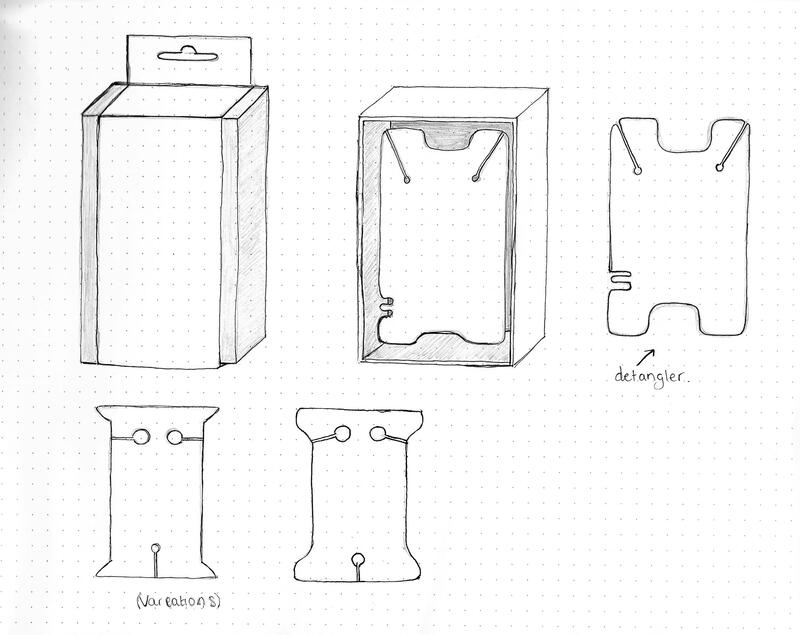
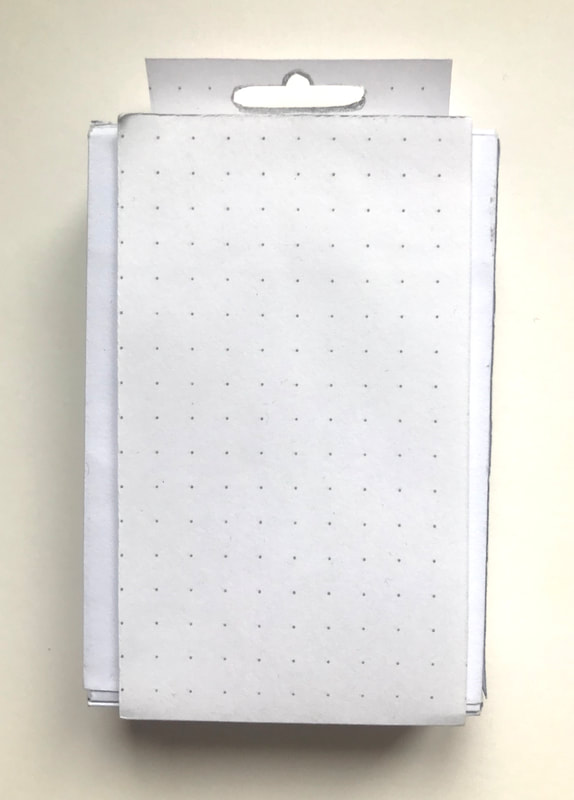
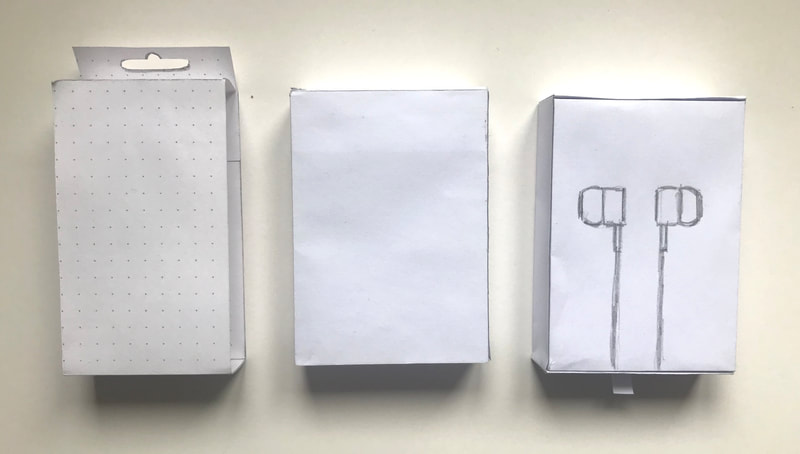
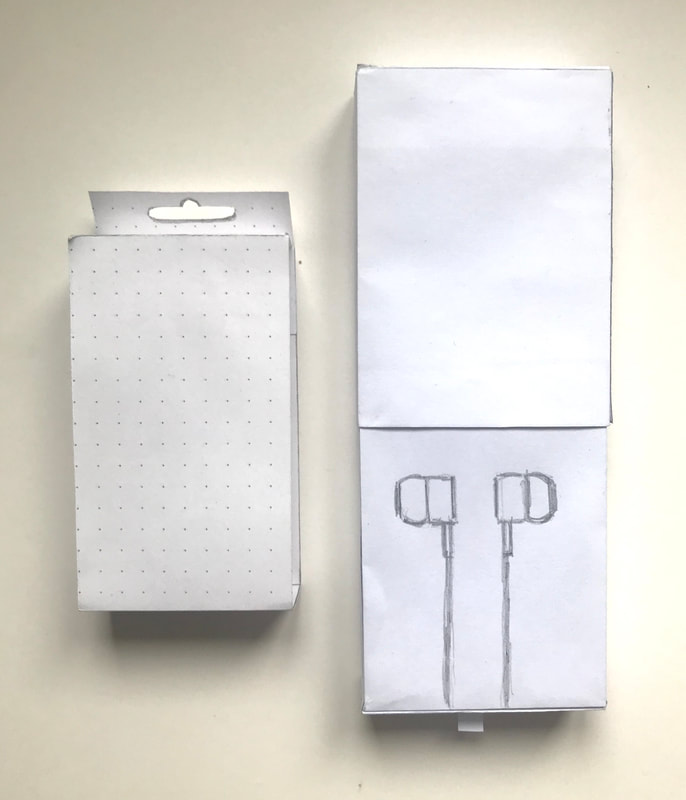
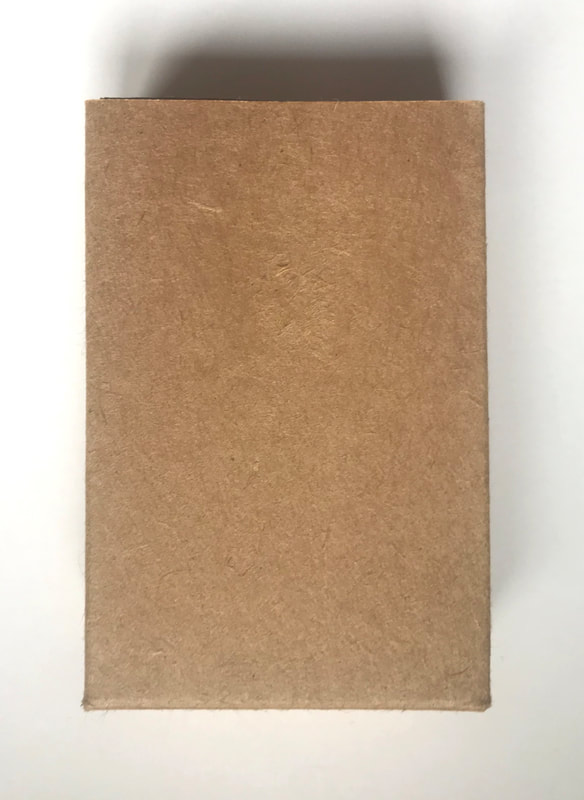
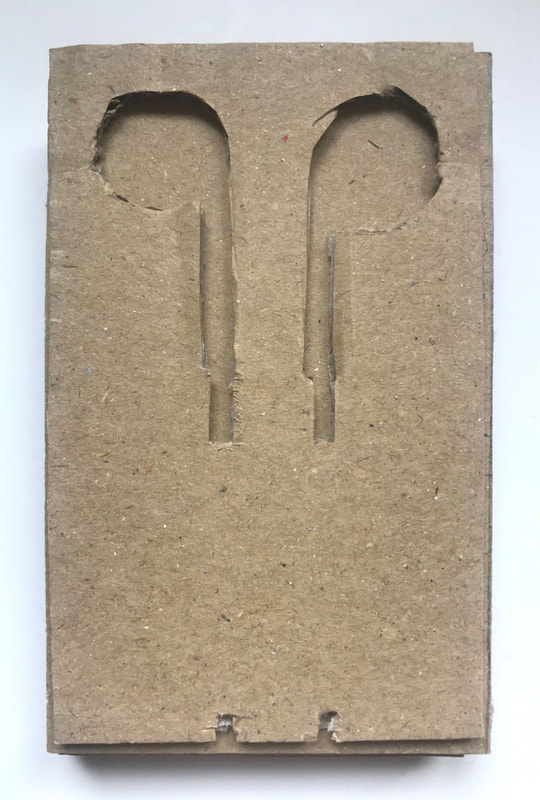
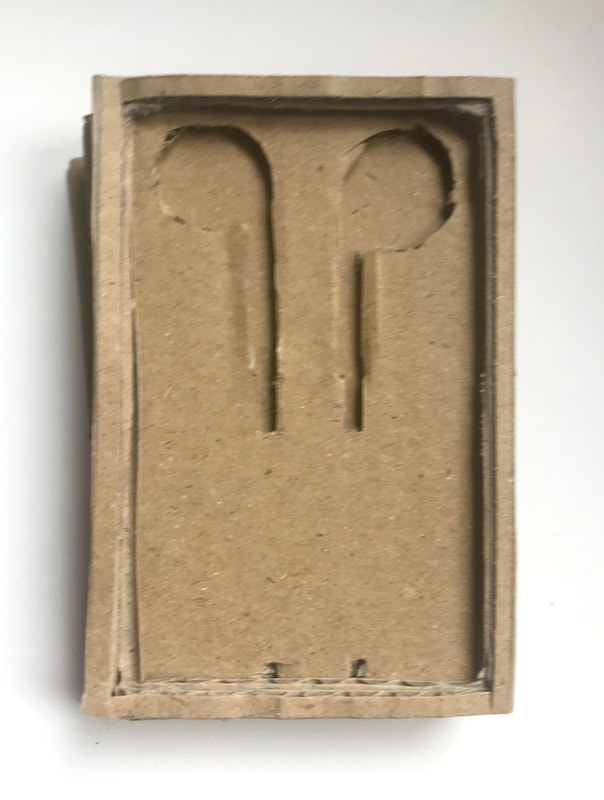
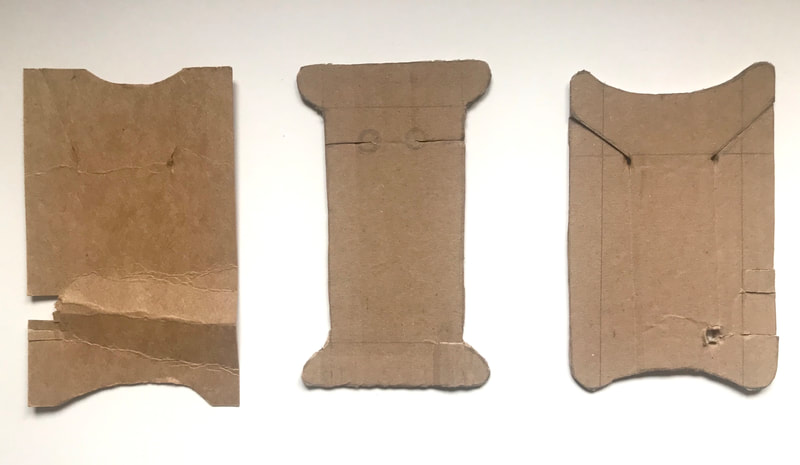
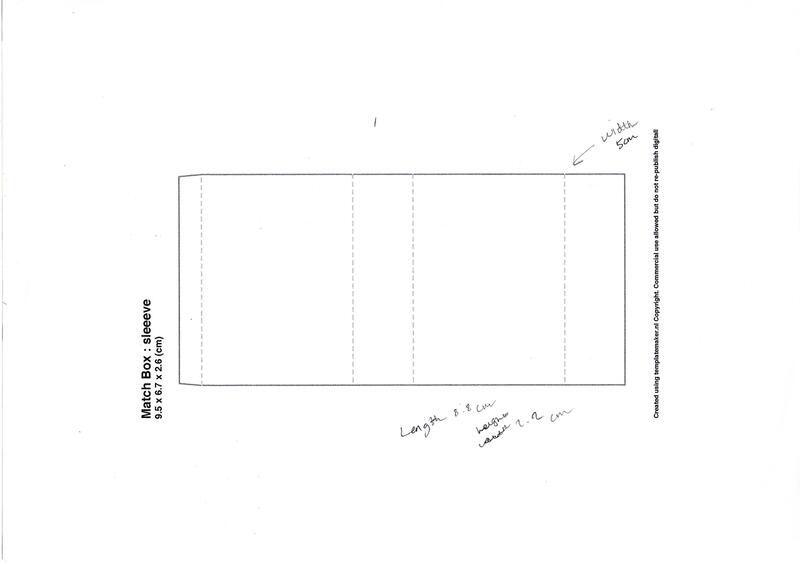
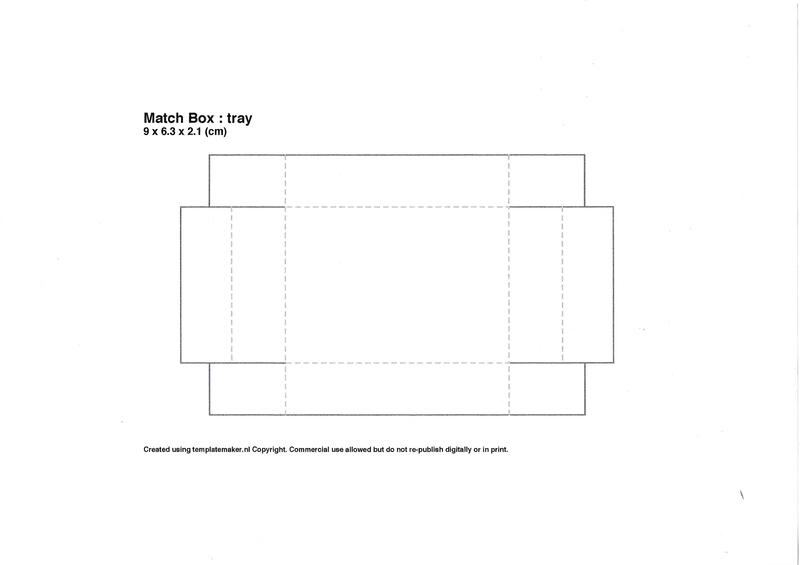
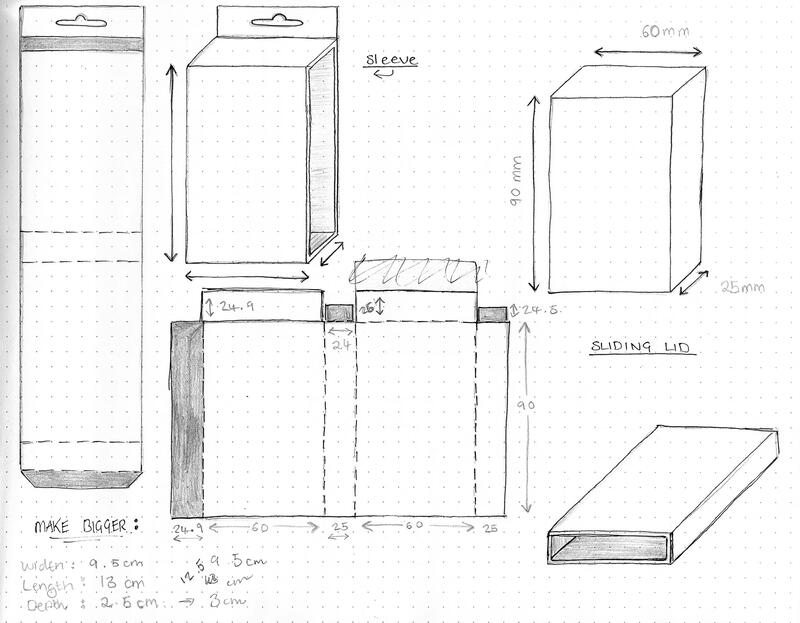
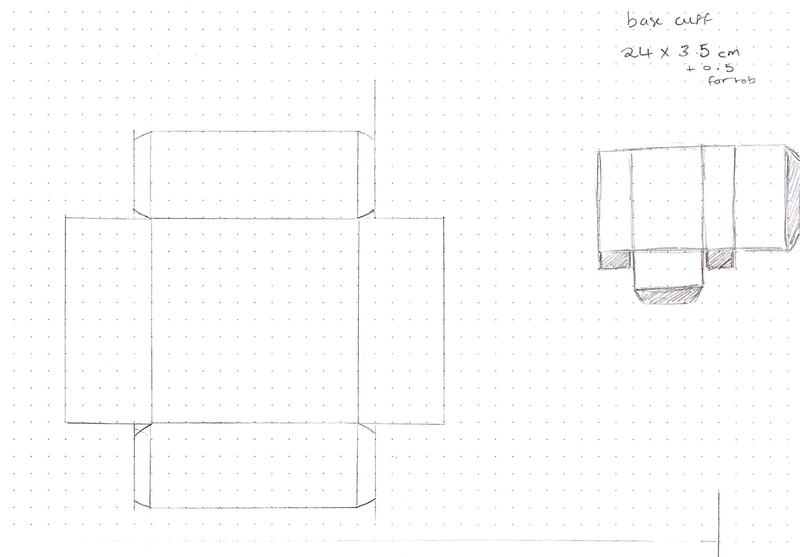
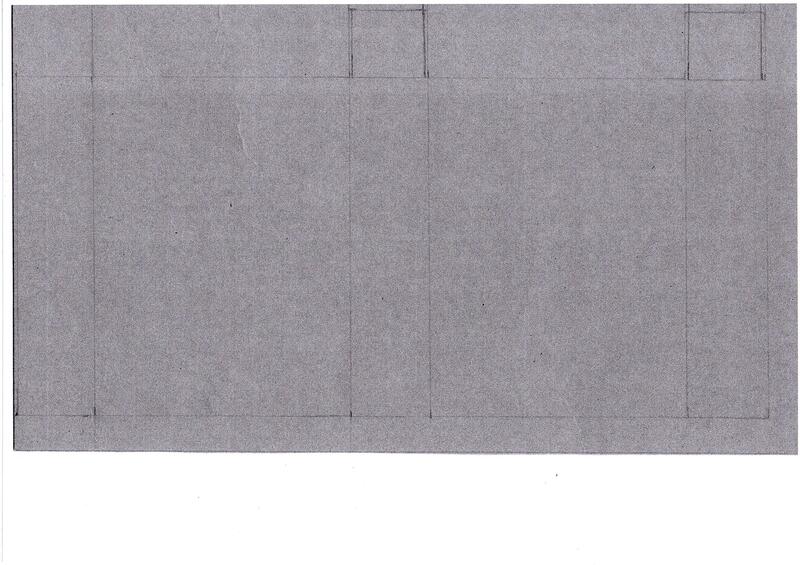
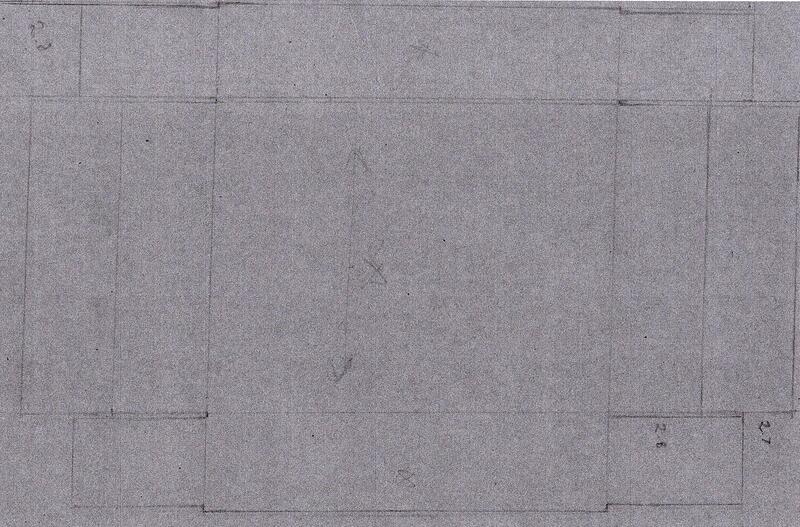
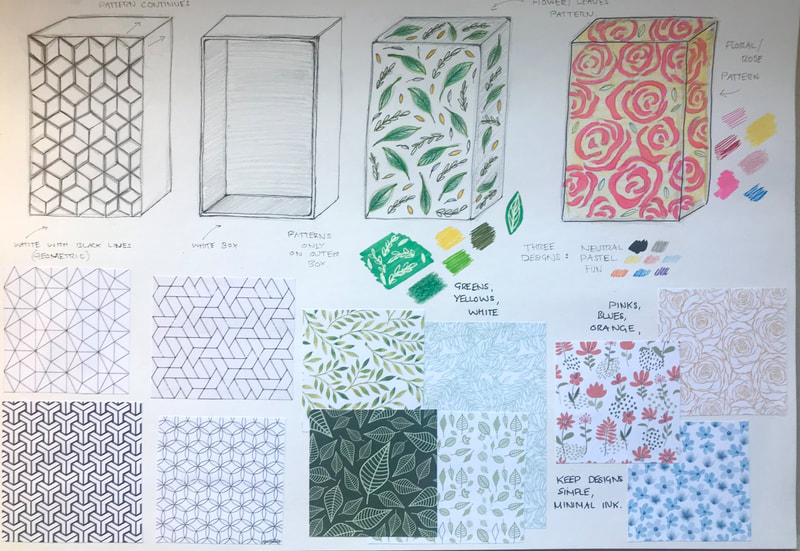
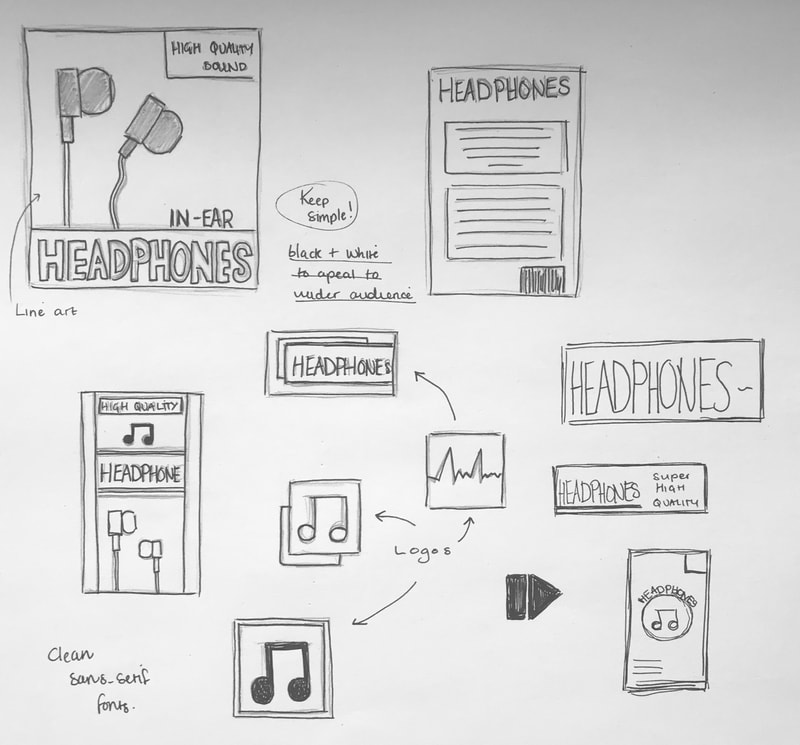
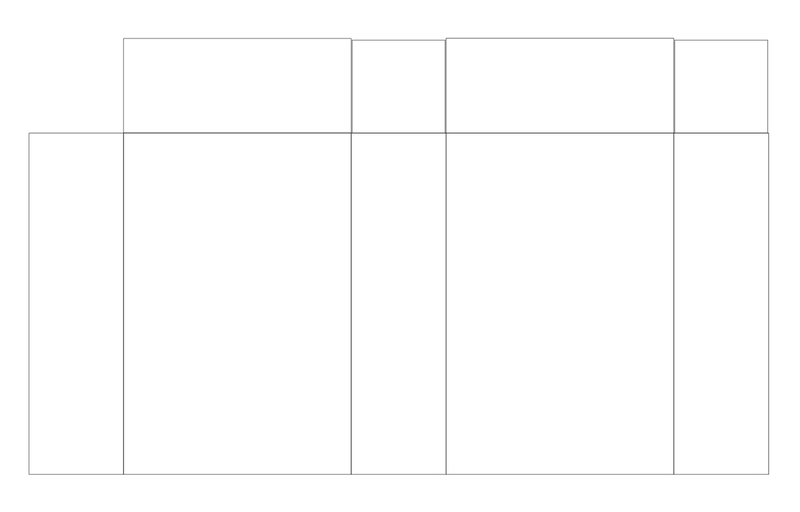
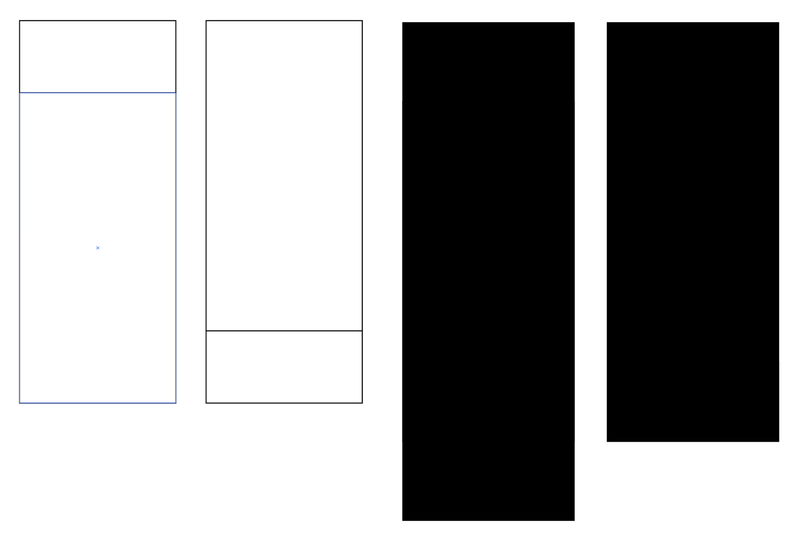
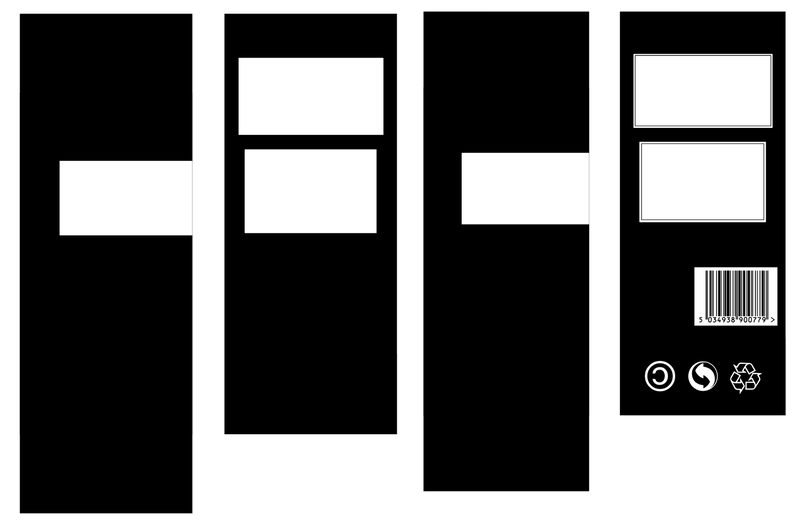
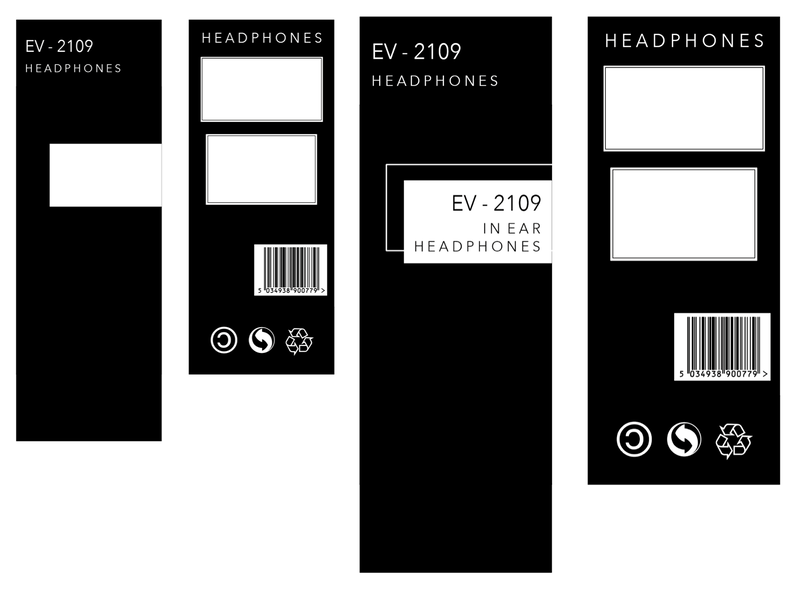
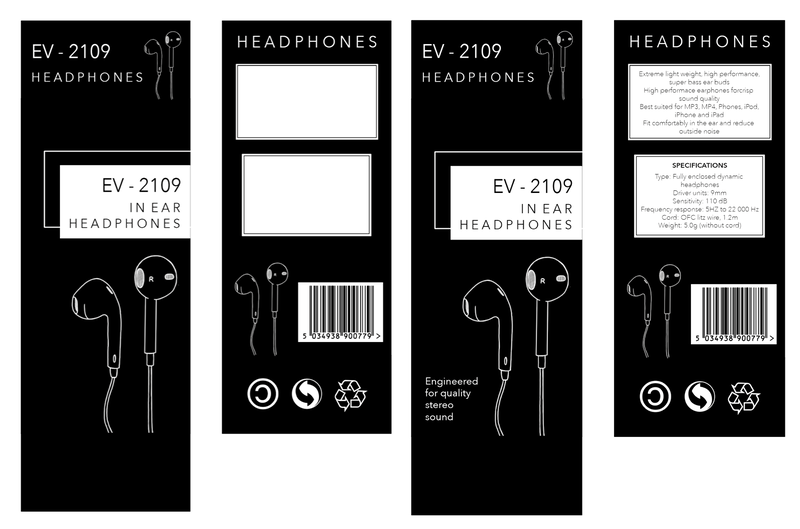
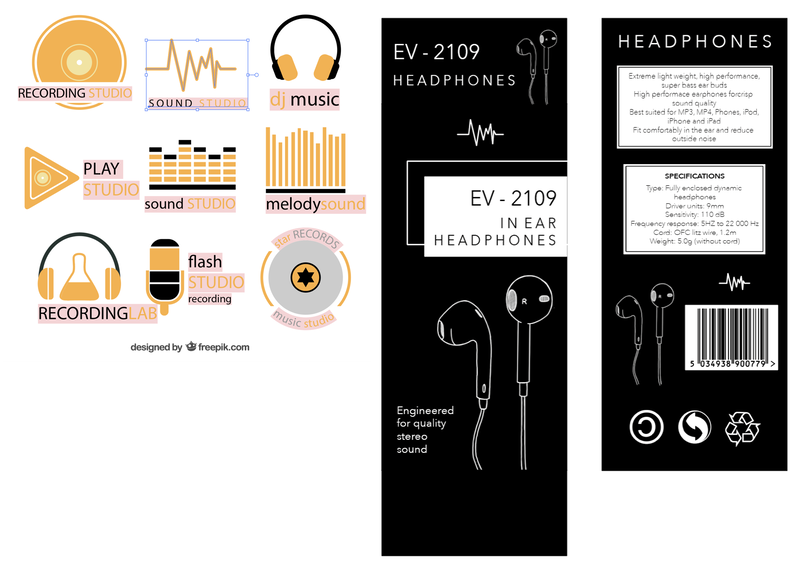
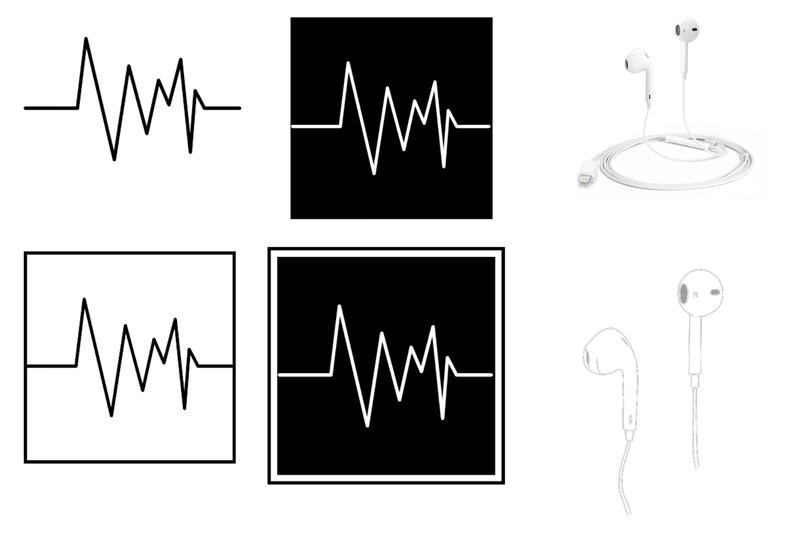
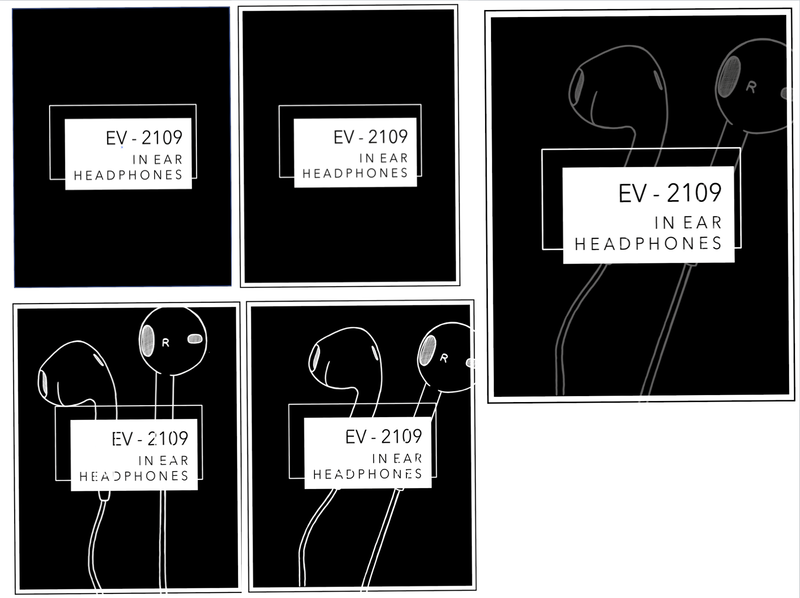

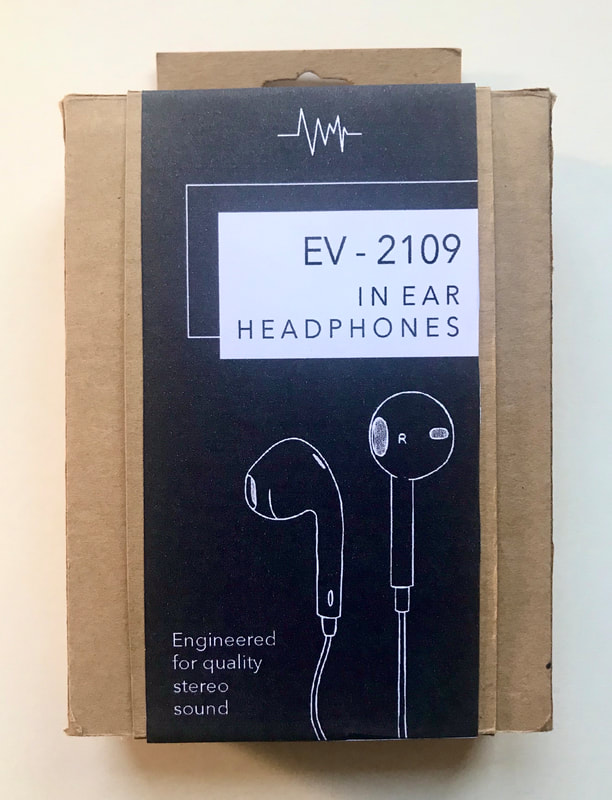
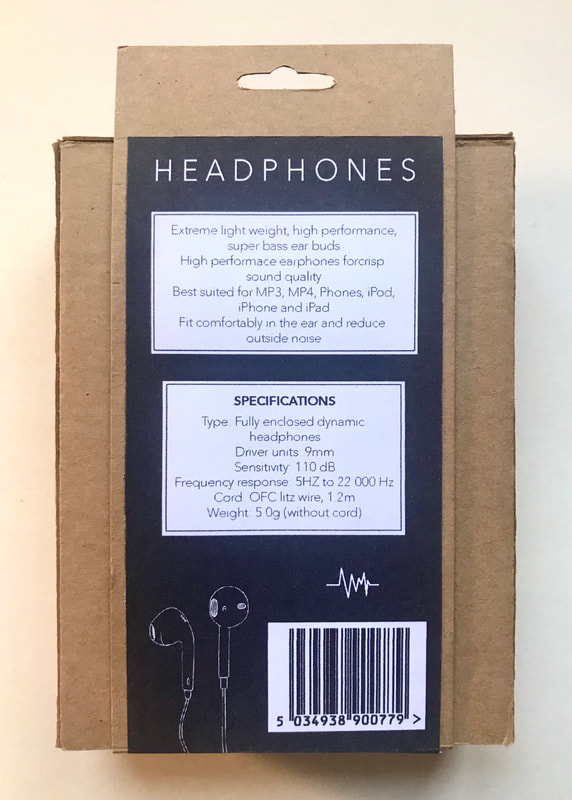
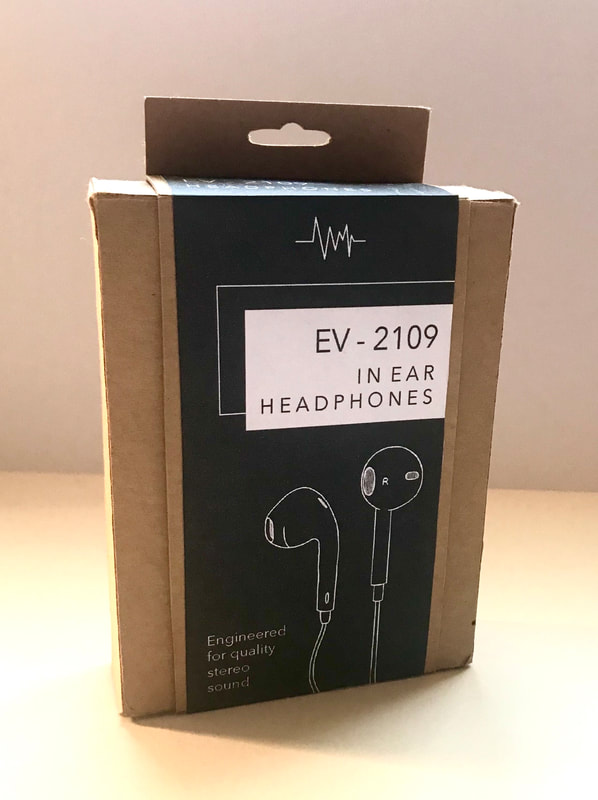
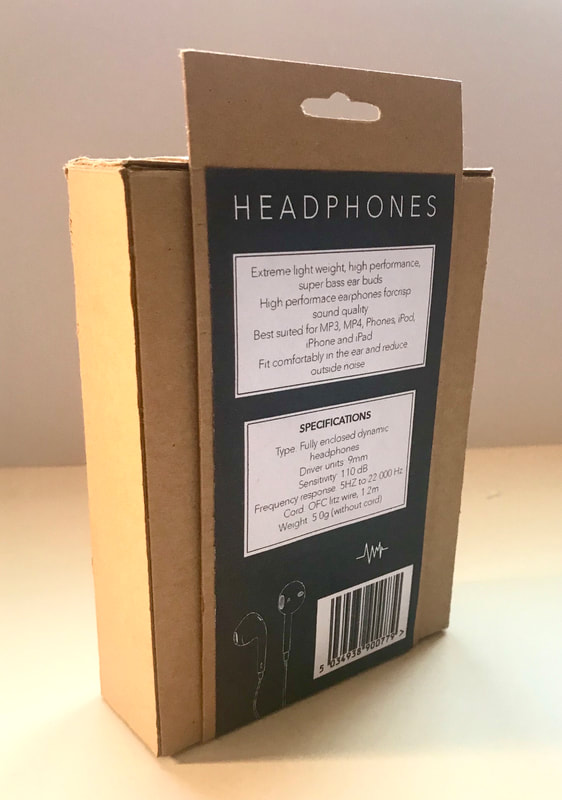
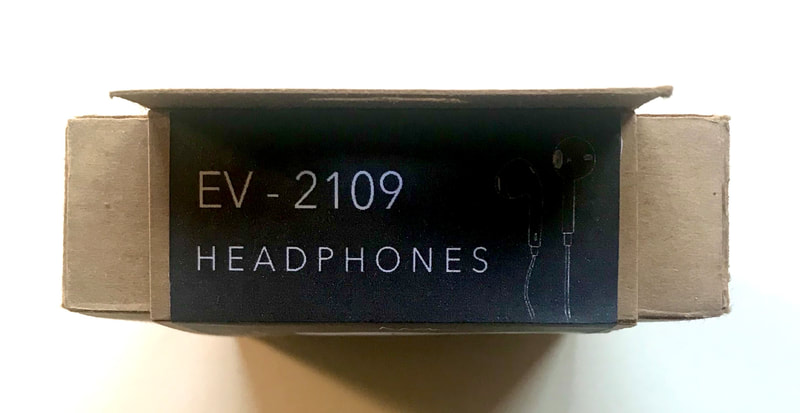
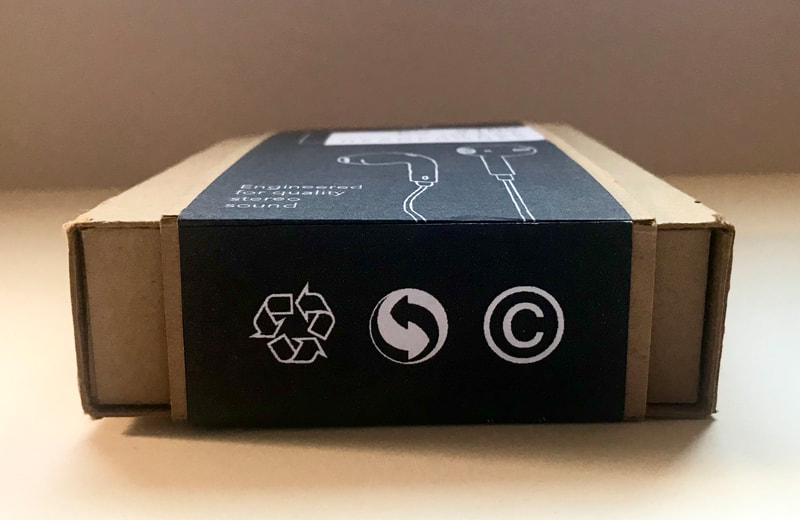
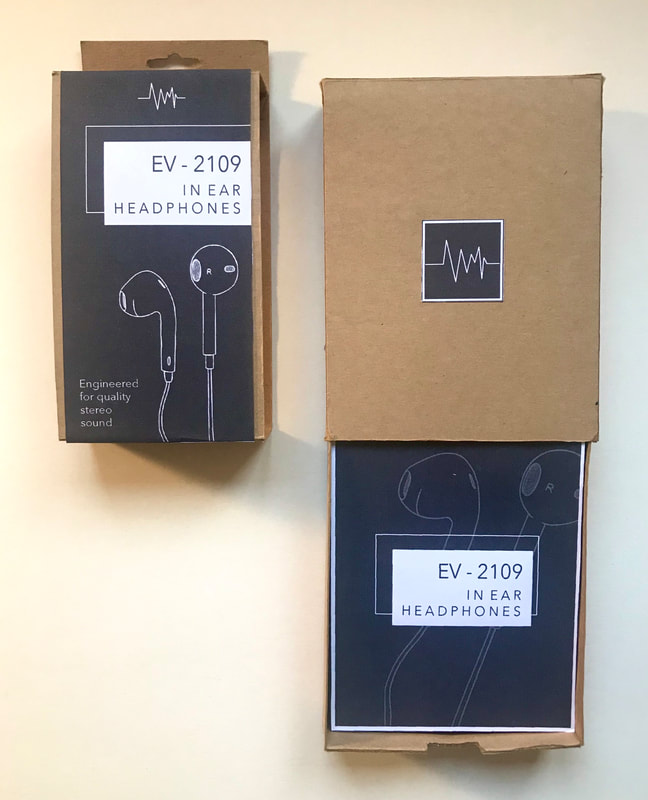
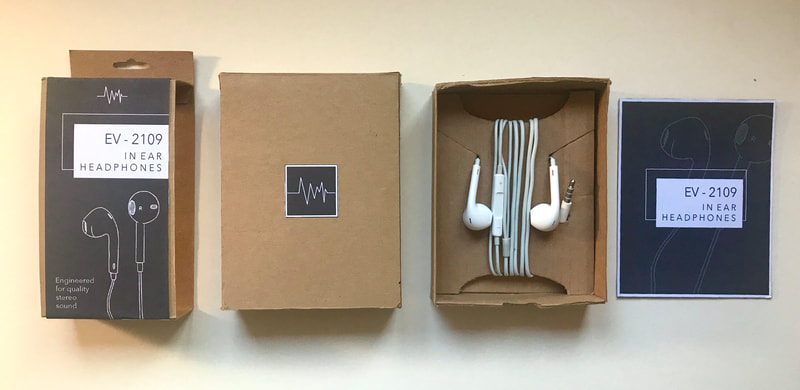
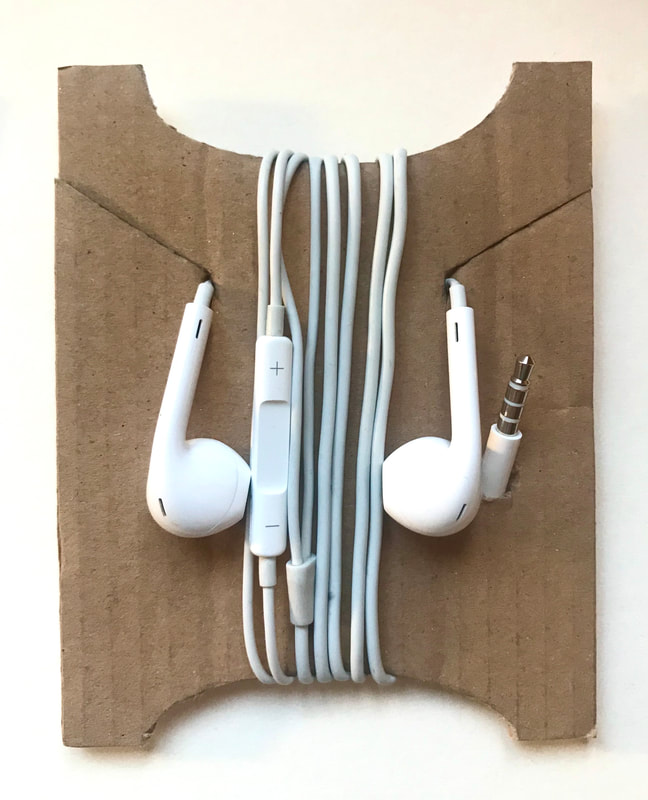

 RSS Feed
RSS Feed